Going to post both DIY videos at the beginning making them easier to find.
Starting this thread to hopefully have a central location for a carbon clean DIY for the RS5. Once I get everything together and accomplish the task (with photos/video), we can move it over to the DIY section or I can clean up this thread and repost there. Right now it’s just informational to see if I’m not thinking of something or leaving something out.
I’m trying to gather all the necessary information and parts to accomplish this task in my garage. The local Indy shop does it for $800 which isn’t bad by any means (he also does a full S-tronic and rear diff change for $400!) but it looks as though it’ll run me less than $250 in parts to accomplish this. And quite frankly, I enjoy working on the car.
Looking at the RS5 engine bay, it’s pretty intimidating from a space/service standpoint. Luckily, the A5 line has a service position as Audi calls it, where the entire radiator and bumper assembly can get pulled forward to give you access to the front of the engine. You’ll need this to access the crank and be able to rotate the intake valves for each cylinder to the closed position. I also plan to take the time to inspect all the coolant lines on the front of the engine as there have been a few reports of leaks on RS5’s, especially in hot climates (I’m in one).
Here’s a video that has footage of an S4 front being moved into the service position. Intimidating!
[video=youtube_share;aaPnqkyo0yQ]https://youtu.be/aaPnqkyo0yQ[/video]
You’ll obviously need a range of tools from a torque wrench to sockets to specialty bits like torx, triple square, etc…
Thanks to a member on another Audi board, there’s an adapter that allows the clean use of walnut shells, creating a loop between the media blaster, the intake port and a shop vac. This reduces the mess to almost zero if you don’t have any mishaps. This is far easier and faster than doing the brush/pick method. JHM also sells an inexpensive kit that utilizes your drill which may speed things up over the “by hand” method. Big thanks to Ford Perfect for whipping this adapter up! Thread here: https://www.audizine.com/forum/showthread.php/754242-Carbon-cleaning-w-homemade-tool-first-time-w-92k-miles?highlight=carbon+clean+adapter
Here’s a photo of the port adapter:
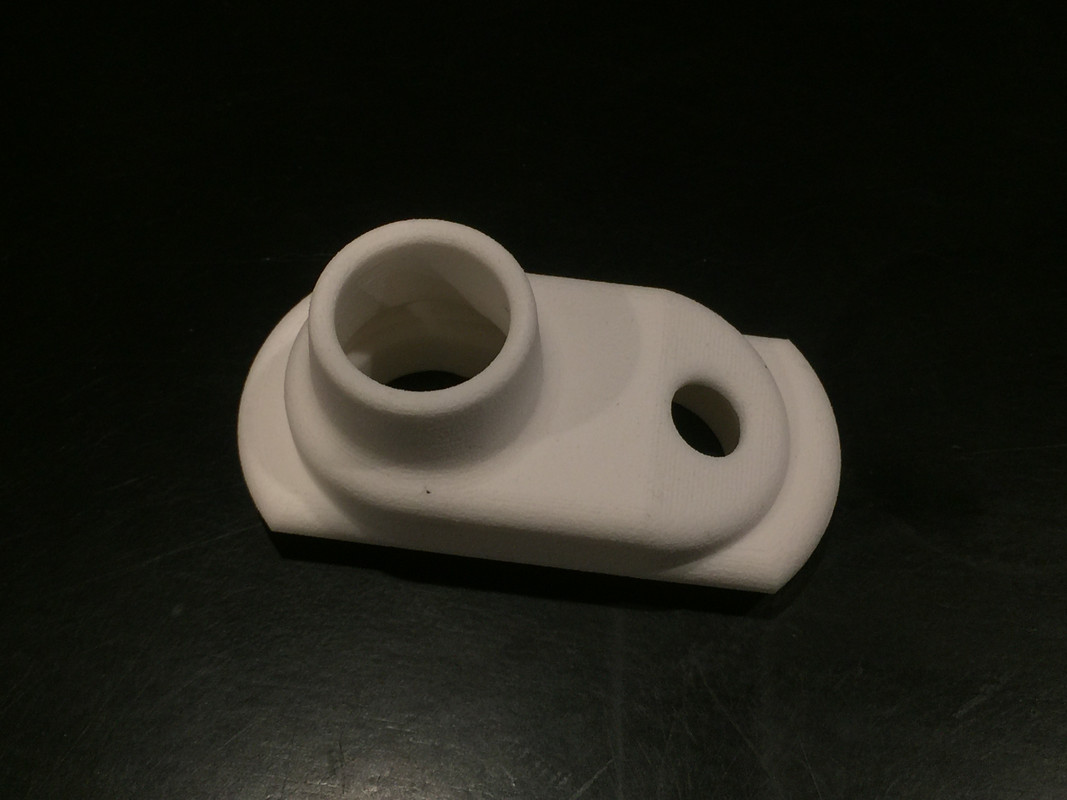
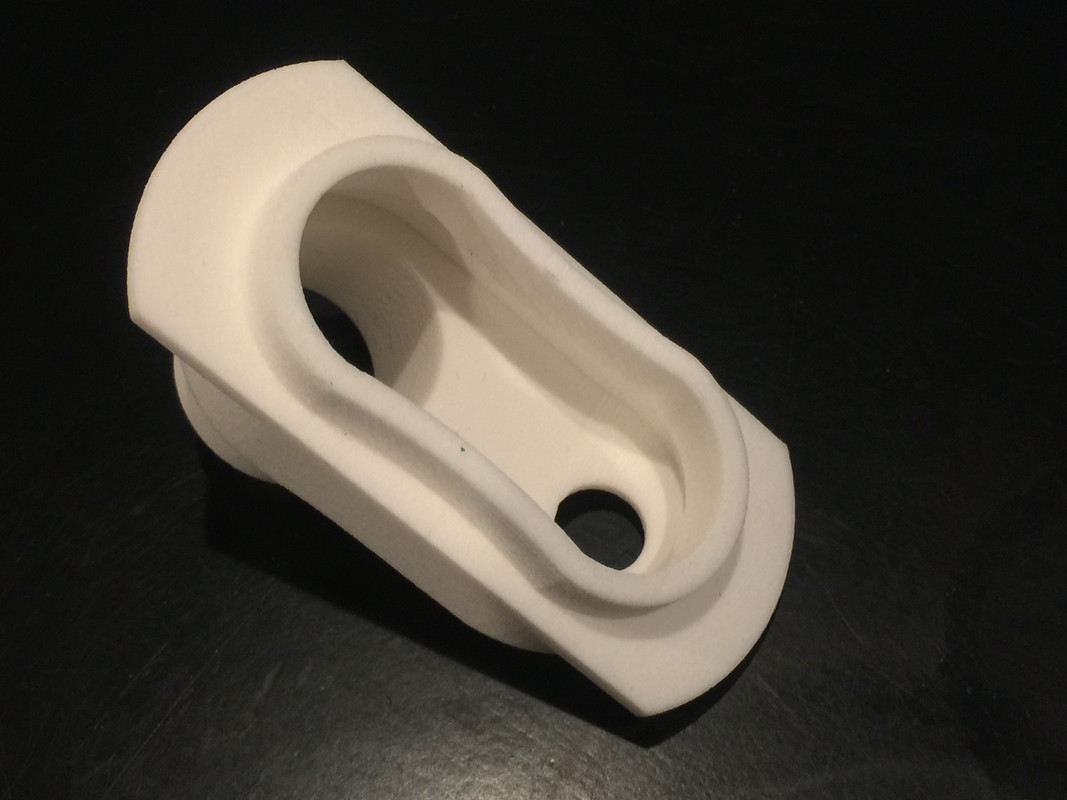
The large hole is for the shop vac and the small is for the media blaster nozzle.
I do not own an air compressor so I’ll be hitting up Harbor Freight for one as well as for the media blaster and walnut shells.
Harbor Freight Media Blaster- https://www.harborfreight.com/portable-abrasive-blaster-kit-37025.html
Walnut shells, coarse grit (do not get the fine grit)- https://www.harborfreight.com/25-lbs-coarse-grade-walnut-shell-blast-media-92150.html
Some people have had issues getting the coarse grit to work so I’d suggest finding medium grit on Amazon or elsewhere. The fine grit works but it takes forever and a day according to those who have used it.
Edit: I found medium grit at Home Depot: https://www.homedepot.com/p/Agra-Grit-Walnut-Shell-Sandblasting-Medium-Grit-25-lb-per-Box-BGM25/204068198
Service Position locator pins: Audi P/N T10093 ECS tuning has them, https://www.ecstuning.com/b-genuine-volkswagen-audi-parts/lock-carrier-tool-set/t10093~oev/
Alternately, you can use m10 x 150mm bolts from your local hardware store. The thread pitch is 1.5. A 1.25 thread pitch bolt will not work. Also, you can get away with a 100mm bolt, even a 90mm easily.
Crankshaft turning socket: Audi P/N T40058 You can get these less expensively, by a good amount, off of Amazon or eBay. I picked mine up for $20 shipped from eBay. This is pretty much the same one; https://www.ebay.com/itm/142745749122?hash=item213c4f4682
Lower intake manifold to cylinder head intake port gaskets, P/N 079 129 717 B (you’ll need eight).
The FSM also mentions the upper manifold gaskets, p/n 07L129717E but does not specifically say they need to be replaced. ECS sells them for $17 EACH. https://www.ecstuning.com/b-genuine-volkswagen-audi-parts/upper-intake-manifold-gasket-priced-each/07l129717e/ If you’re higher mileage, you may want to consider replacing these.
Flare wrench set. You’ll need a 14mm, 17mm, 18mm and 19mm. But honestly, you can just use regular wrenches.
Include the cost of a full fuel injector rebuild set. The teflon cylinder seals at the end MUST be replaced if you remove the injector and they WILL come up with the lower intake manifold. If you’re high mileage, might be a good time to refresh the injectors/seals since you have everything open anyway.
You CAN get away without using all of the specialty tools as they’re quite expensive. I just happened to have a few pieces which made the work-around very easy. Everything listed below is to get the teflon seal expanded to fit around the end of the nozzle, then shrink it back down to fit snugly in the gap in the injector nozzle shaft. I had a brake bleed kit which had several small cone adapters which were smooth (not stepped) and were also the right diameter. To shrink them, take a zip tie and reverse zip it (smooth side on the inside of the loop) and use pliers to work around the seal and shrink it back down. It works just fine but do take your time.
Injector seal tools, all Audi part numbers (you can probably substitute for the first three:
 Puller - T10133/2A-
Puller - T10133/2A-
 Hammer - T10133/3-
Hammer - T10133/3-
 Nylon Brush - T10133/4-
Nylon Brush - T10133/4-
 Assembly Cone - T10133/5-
Assembly Cone - T10133/5-
 Guide Sleeve - T10133/6-
Guide Sleeve - T10133/6-
 Calibration Sleeve - T10133/7-
Calibration Sleeve - T10133/7-
 Calibration Sleeve - T10133/8-
Calibration Sleeve - T10133/8-
 Injector/Combustion Chamber Seal Tool Set - T10133B
Injector/Combustion Chamber Seal Tool Set - T10133B
You can also buy a kit off of Amazon or similar (link below) or rent a tool kit. Here’s a video on what the kit does exactly, followed by another video using a work-around method. I took the method further and used a zip tie that was wider than the seal, turned it inside out to use the smooth edge, and then used a pair of pliers to help shrink the seals down.
[video=youtube_share;boVEdoayfn4]https://youtu.be/boVEdoayfn4[/video]
[video=youtube_share;WUfVeO2SJUs]https://youtu.be/WUfVeO2SJUs[/video]
Here’s a kit on Amazon for under $100. https://www.amazon.com/engine-Injector-Puller-Removal-Installer/dp/B07D6QY2L9/ref=sr_1_34?keywords=combustion+chamber+seal+tool+kit&qid=1566764479&s=gateway&sr=8-34
Also, SSSSS5 found that AutoZone has the toolkit and you can rent it from them. It’s tool kit number 8877.
Here’s the Audi OEM injector repair kit which is three pieces per pack (you need eight!); 06E998907C
If you’re an Audi Club member, it’s a 10% discount. Came out to about $126 for a full set of eight. Not cheap. Other Audi kits don’t seem to be compatible. ECS Tuning does sell these too. It’s a wash cost-wise as with my discount, the per kit price was less expensive but it evens out with tax (still a sliver less expensive locally with the Audi club discount). https://www.ecstuning.com/b-genuine-volkswagen-audi-parts/fuel-injector-repair-kit-priced-each/06e998907c/
After you’ve refreshed the injectors, you do not need the special tool to put them back in either. A socket which is larger than the injector but fits on the metal injector support will work. Just tap in softly with a rubber mallet. There’s a cutout in the injector port and that’s space for the electronic plug coming off the injector. So the passenger’s side will point towards the rear of the car, the driver’s side towards the front.
LASTLY, intake manifold “grommets”. You’ll see me mention these in the video and in this thread. They’re easy to loose. The Audi part number is 06E 133 588. These are the small metal/rubber spacers used to secure the upper intake manifold to the lower. They’re cheap so order two or three in advance in case you manage to make one disappear when pulling off the upper intake manifold.

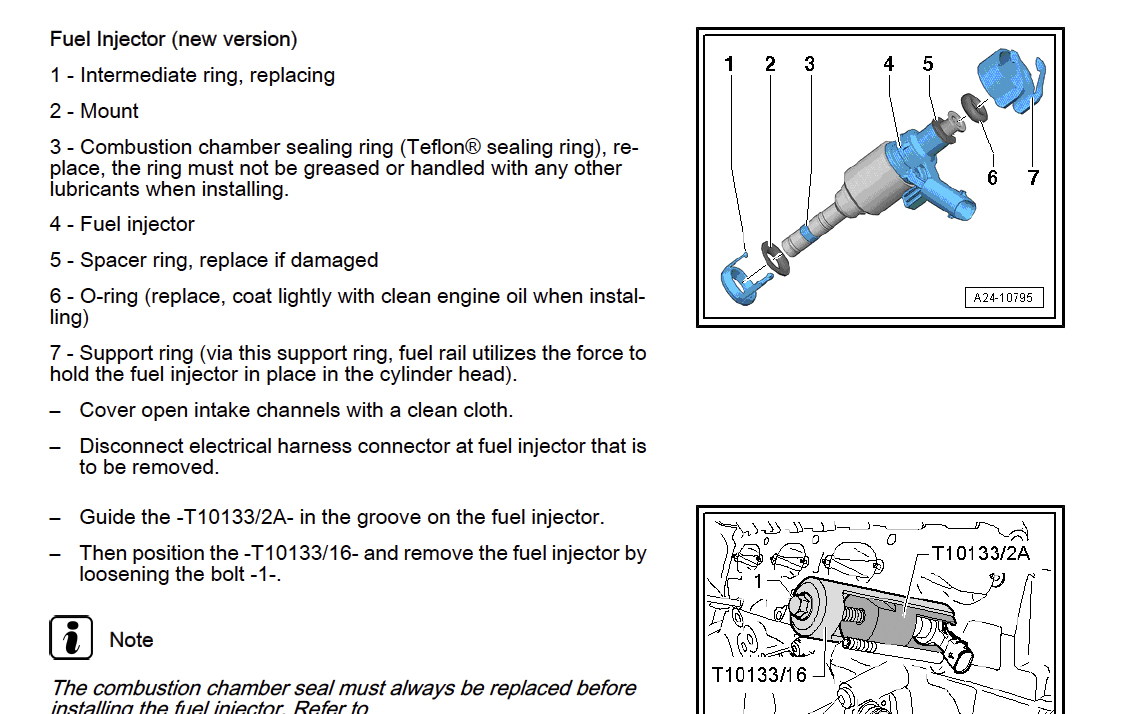


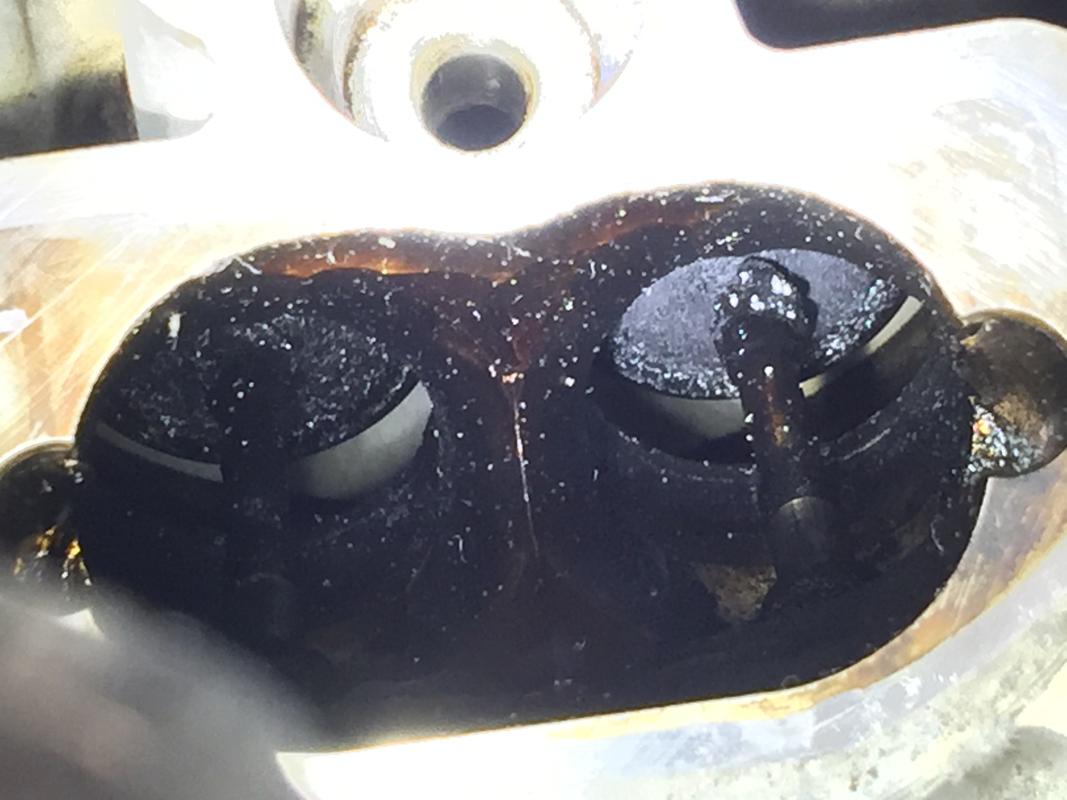
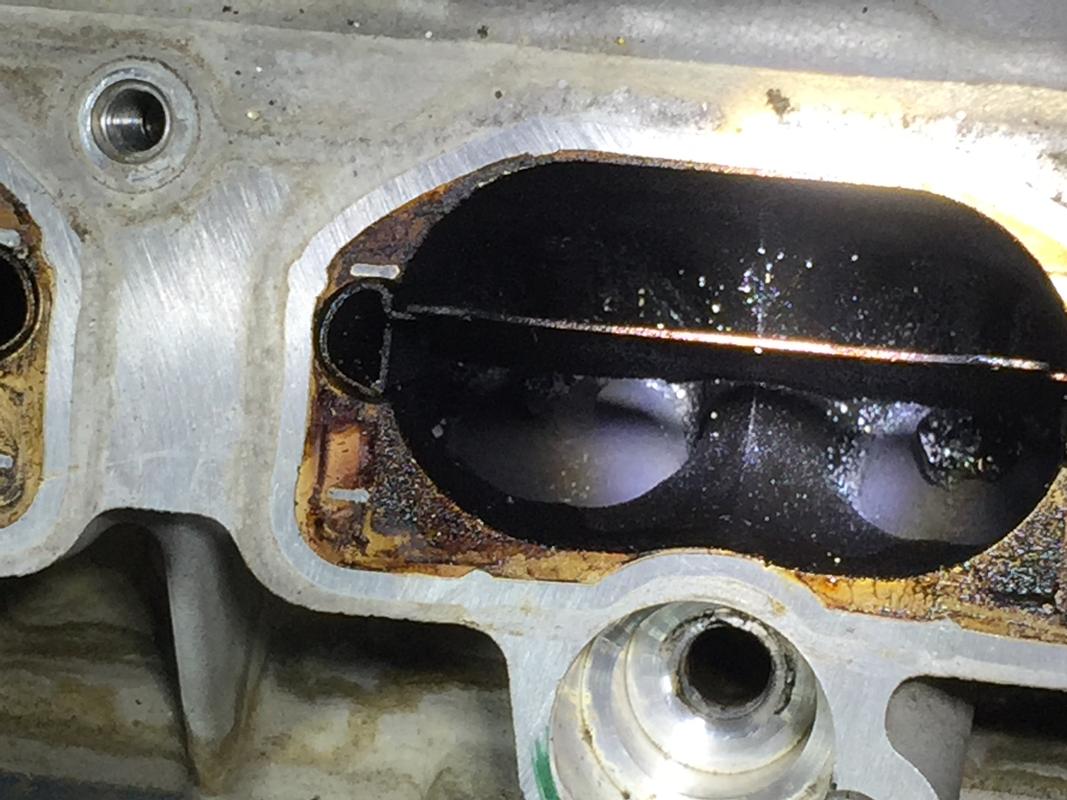
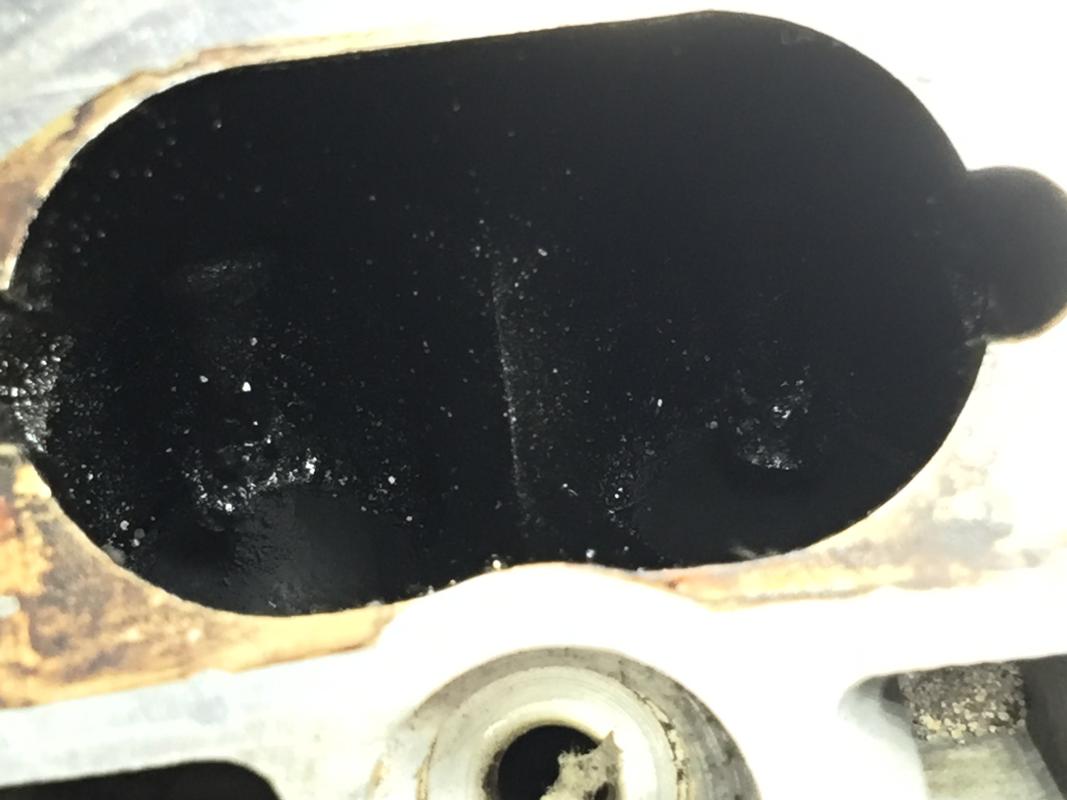
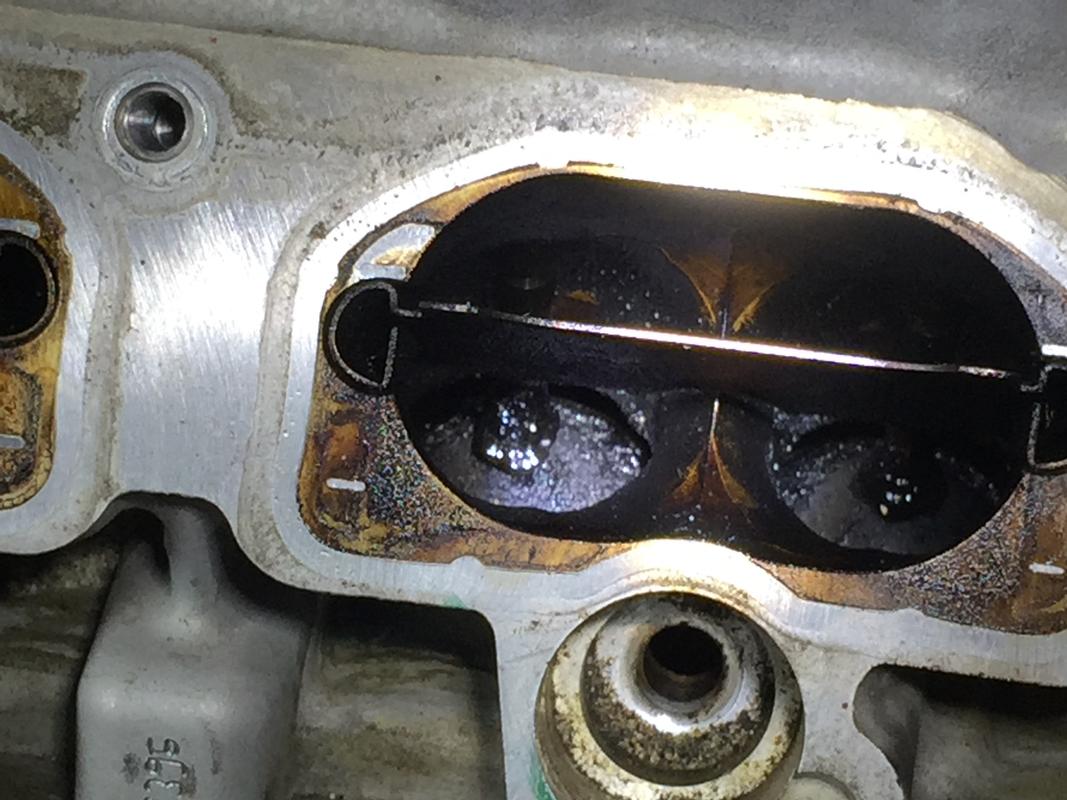
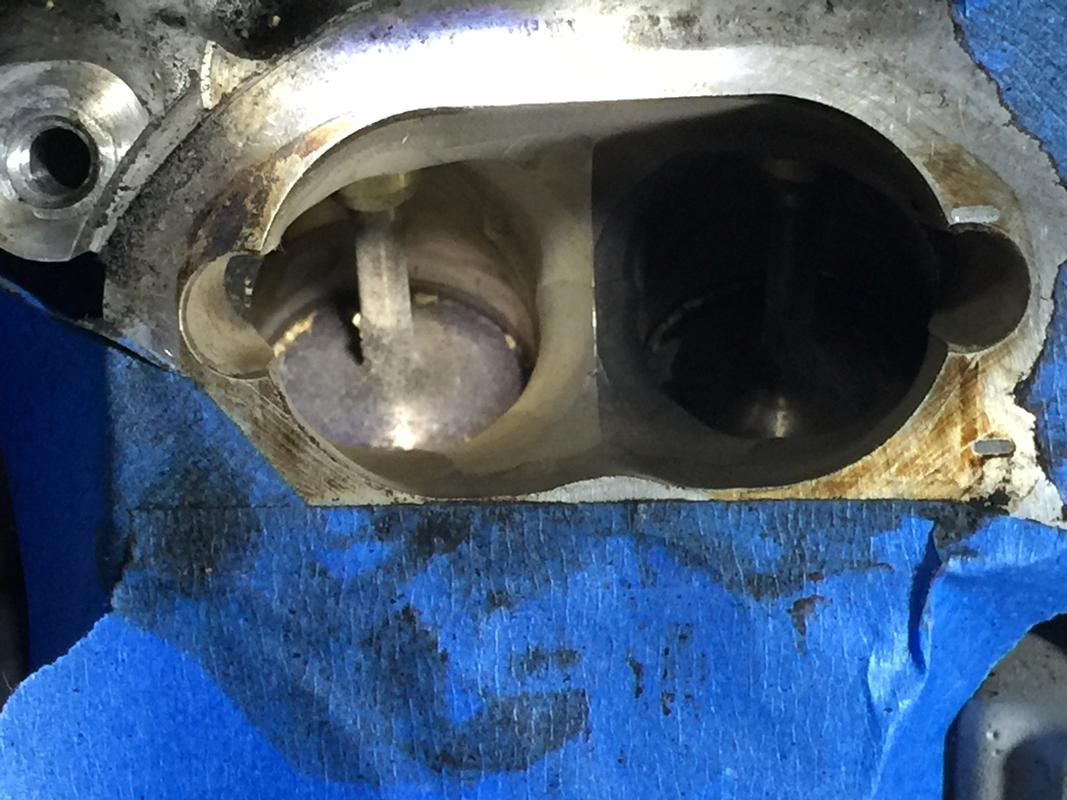
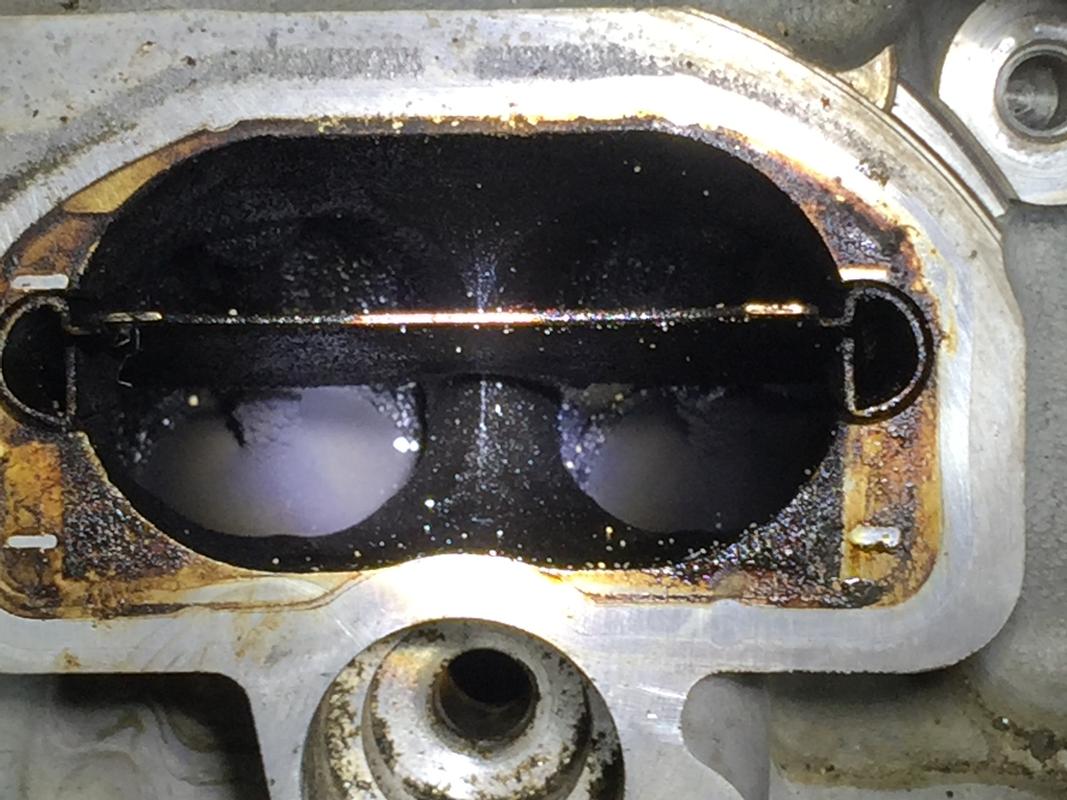
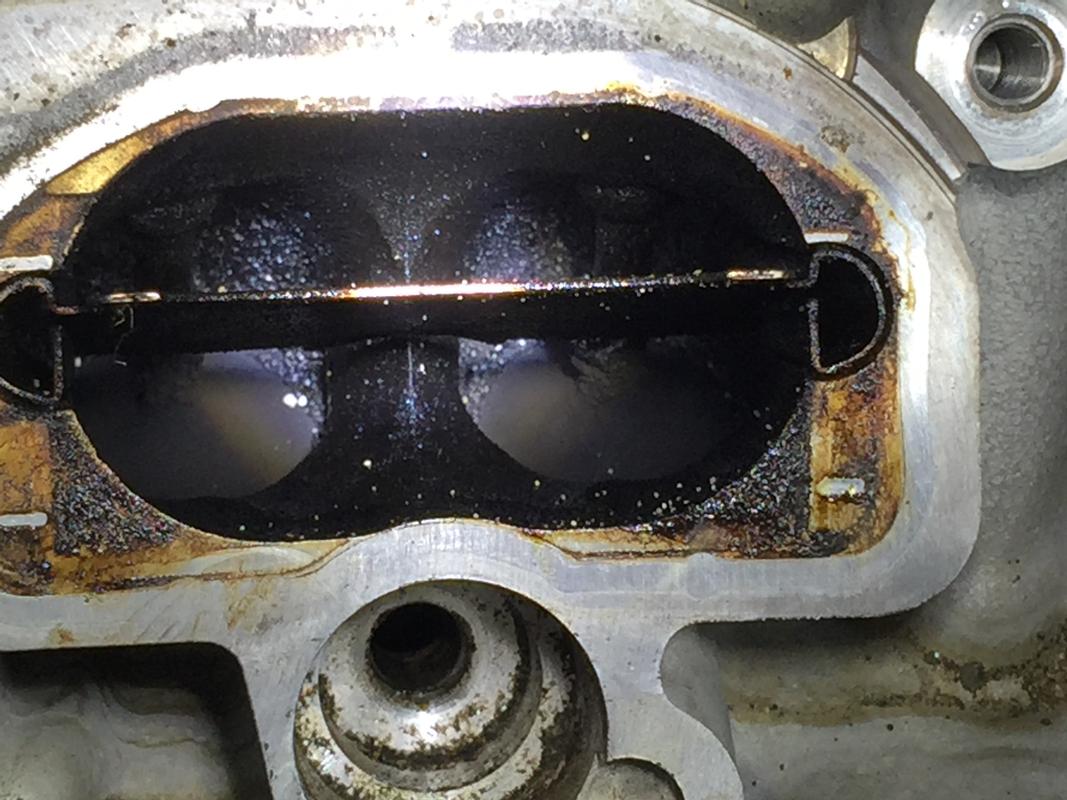
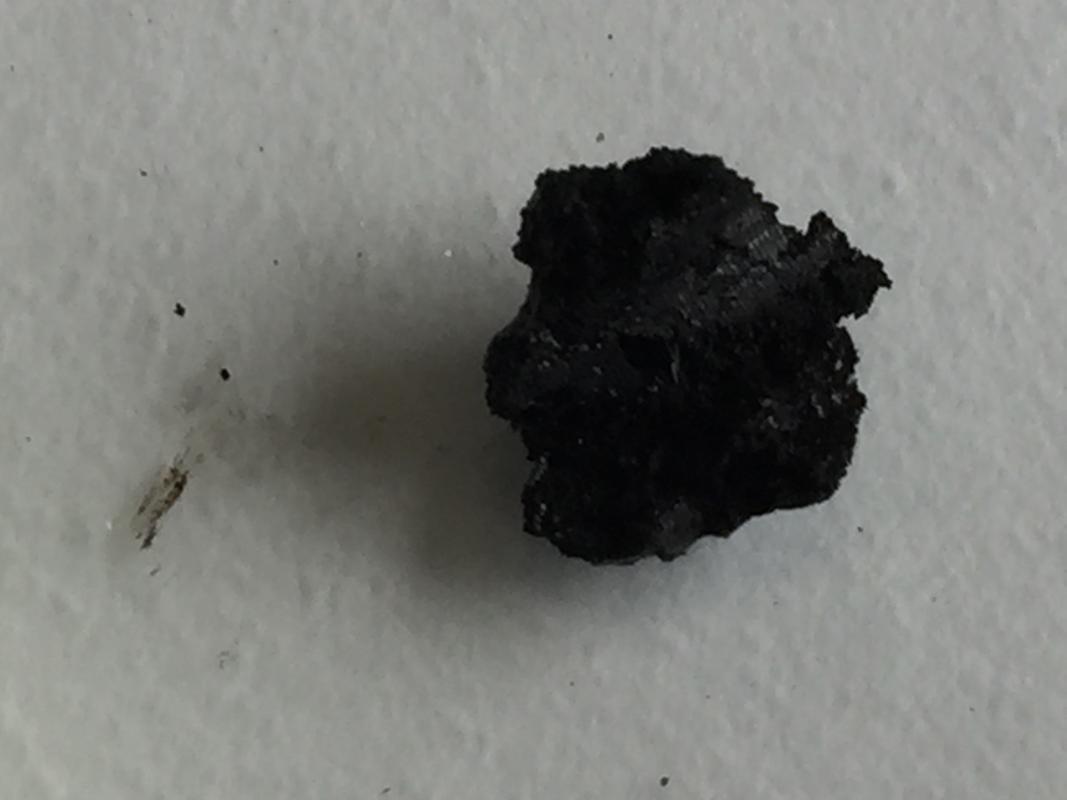

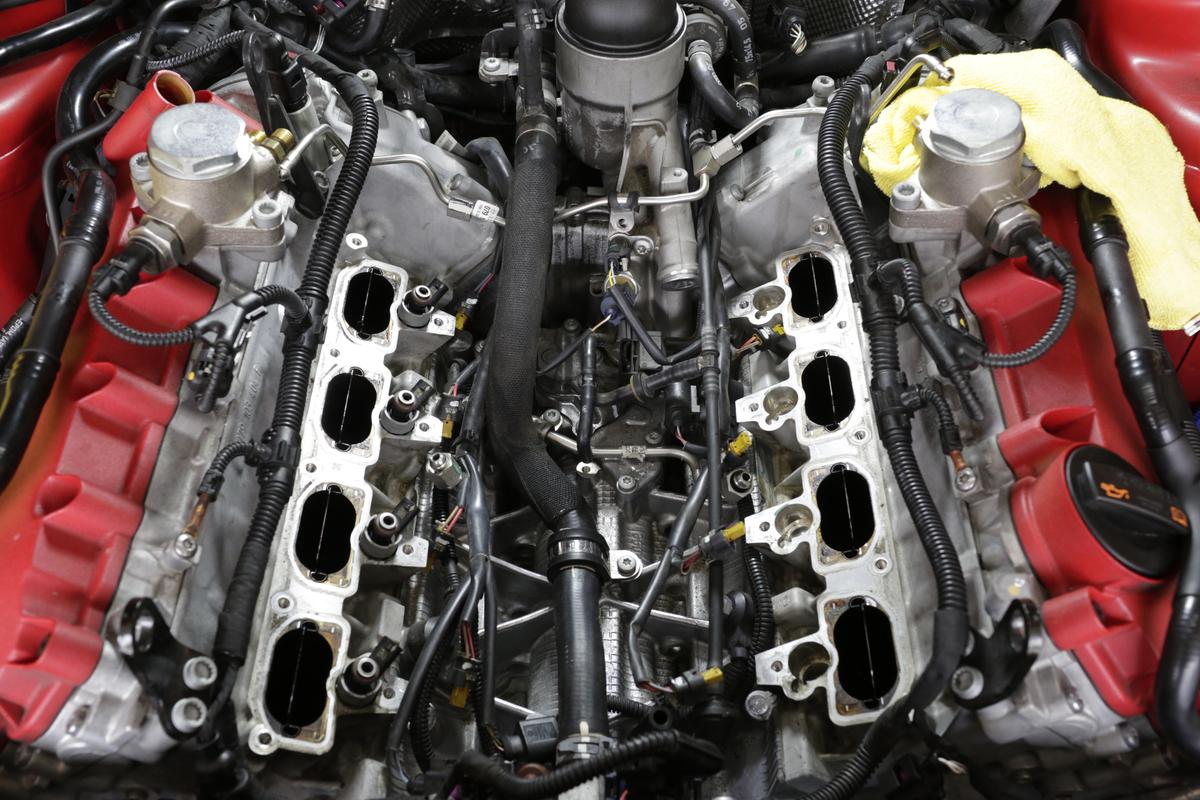
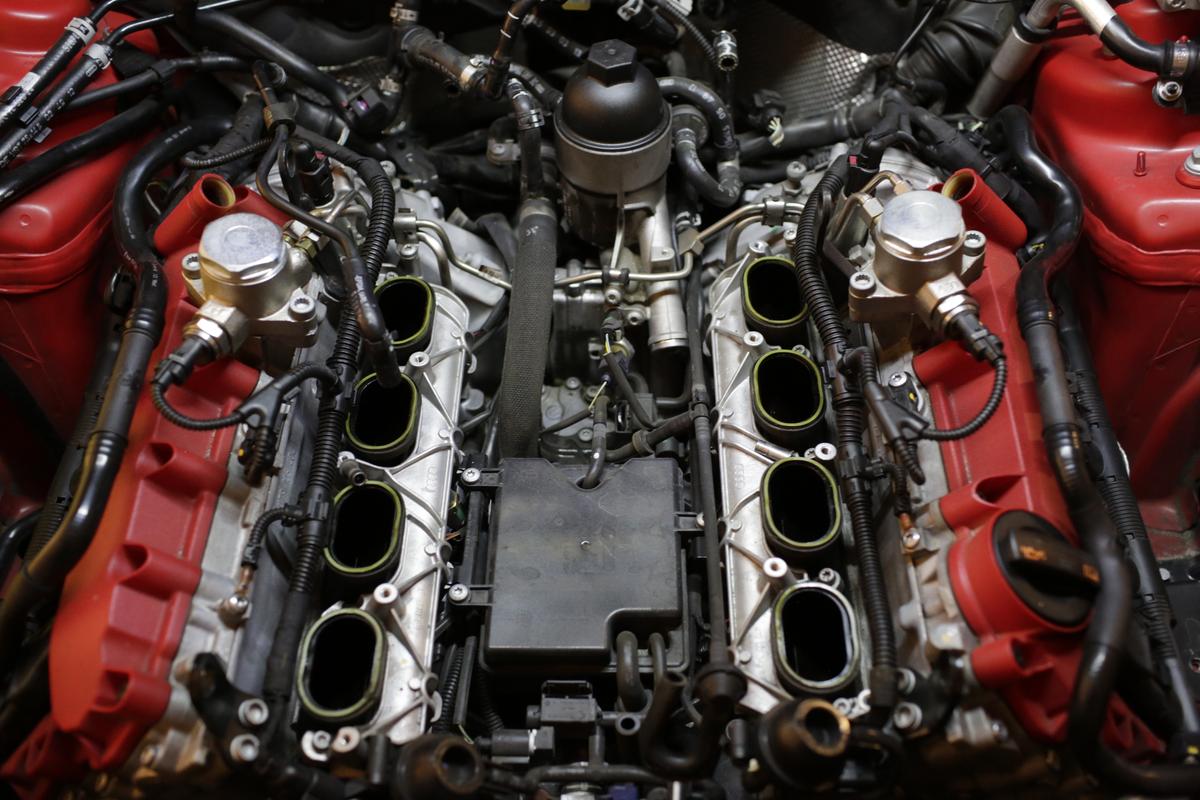
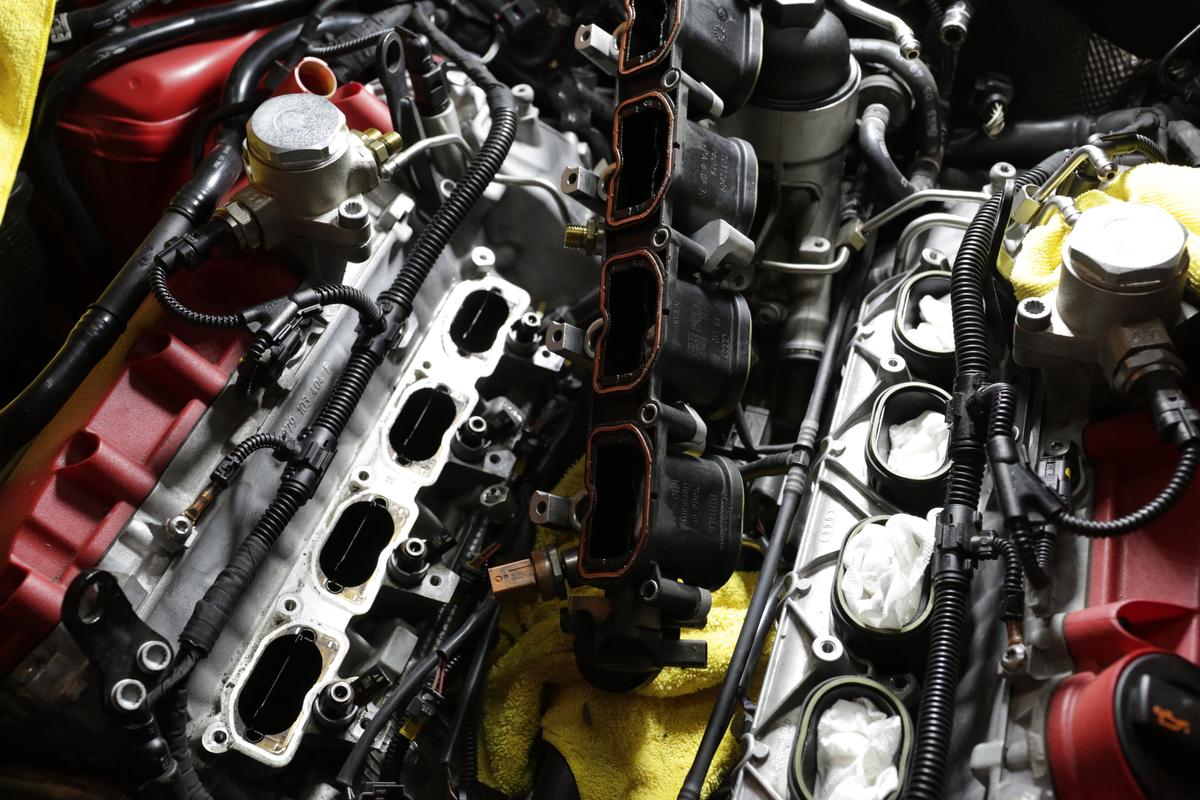
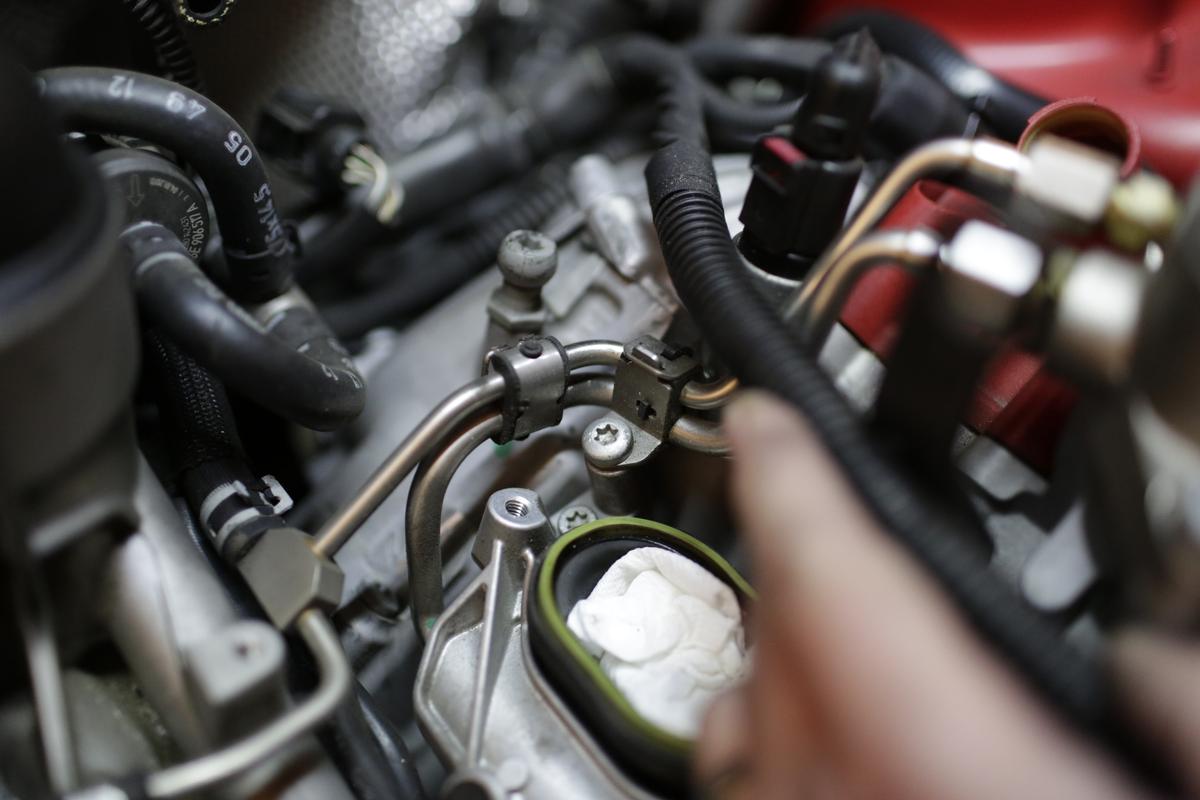

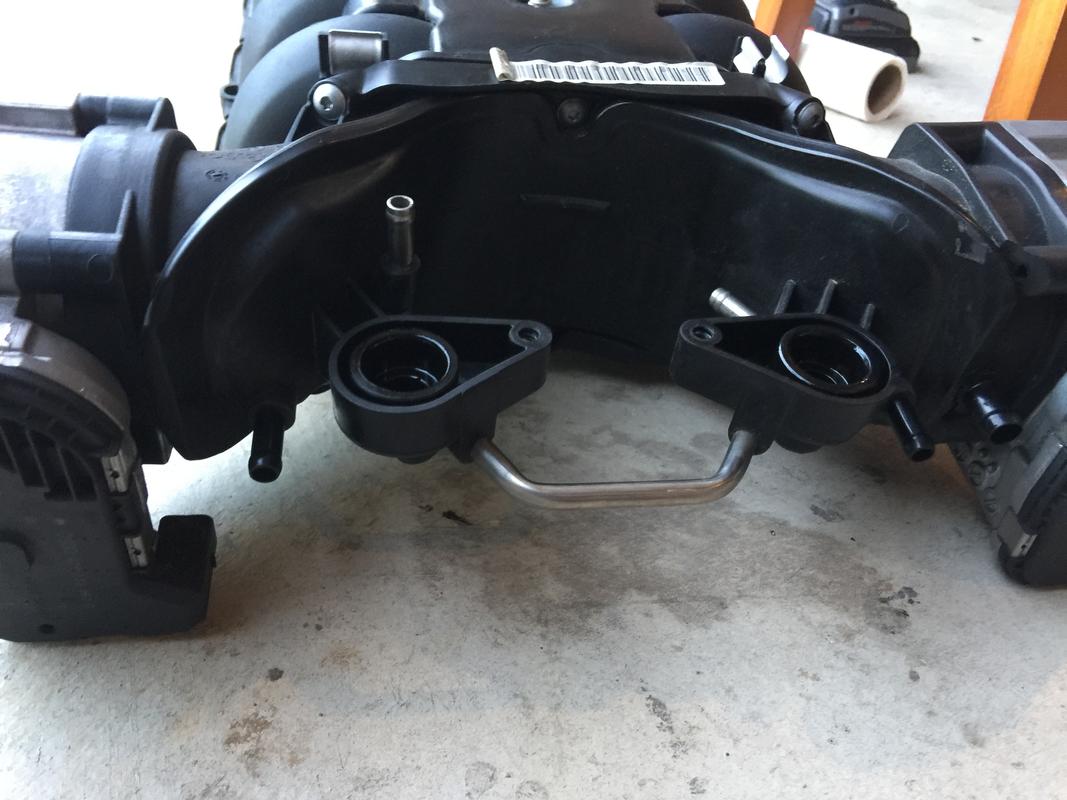

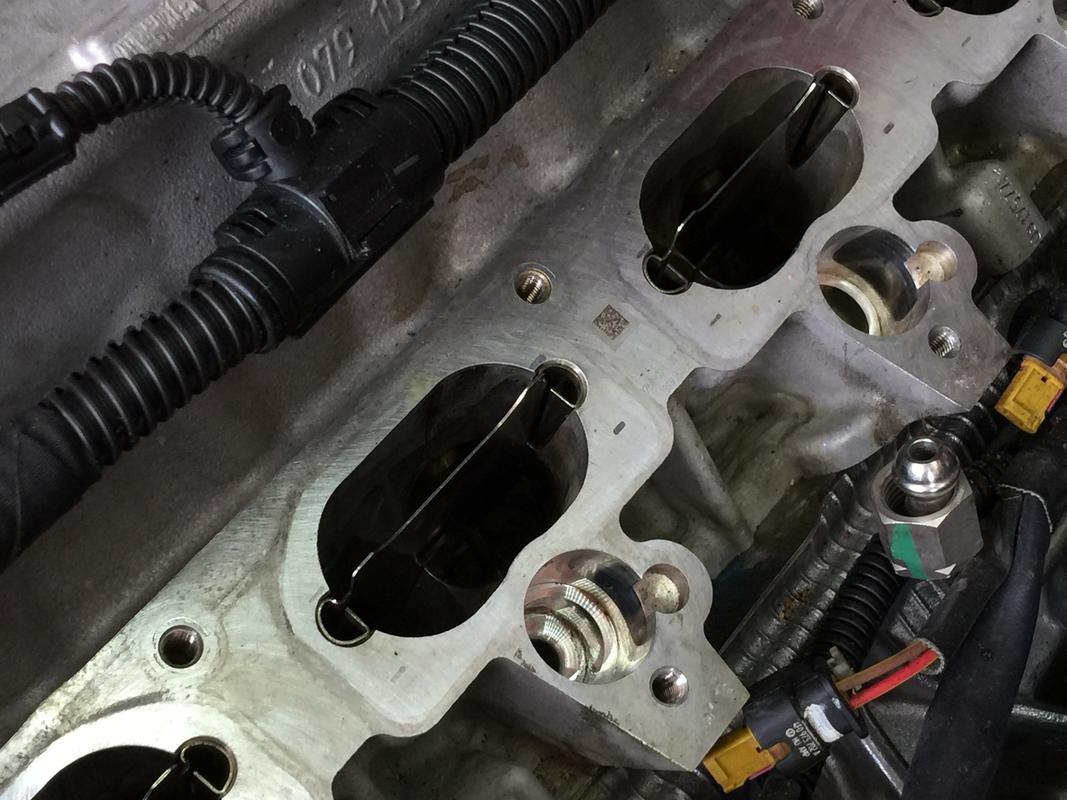
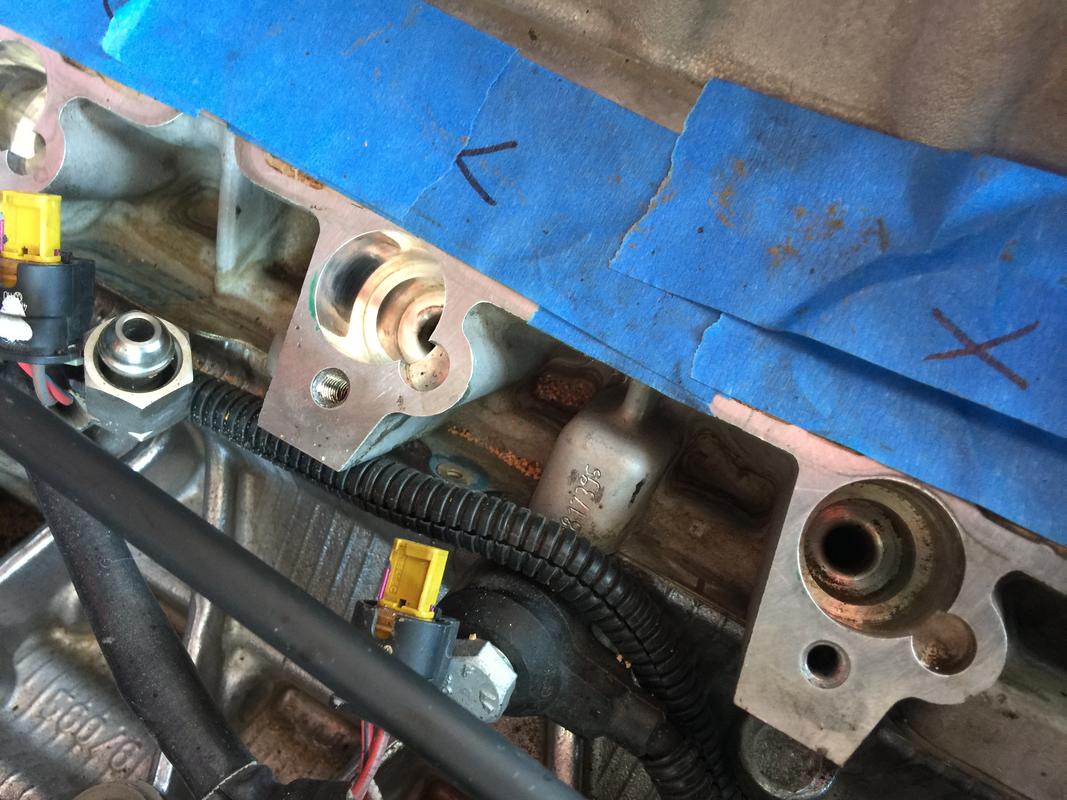
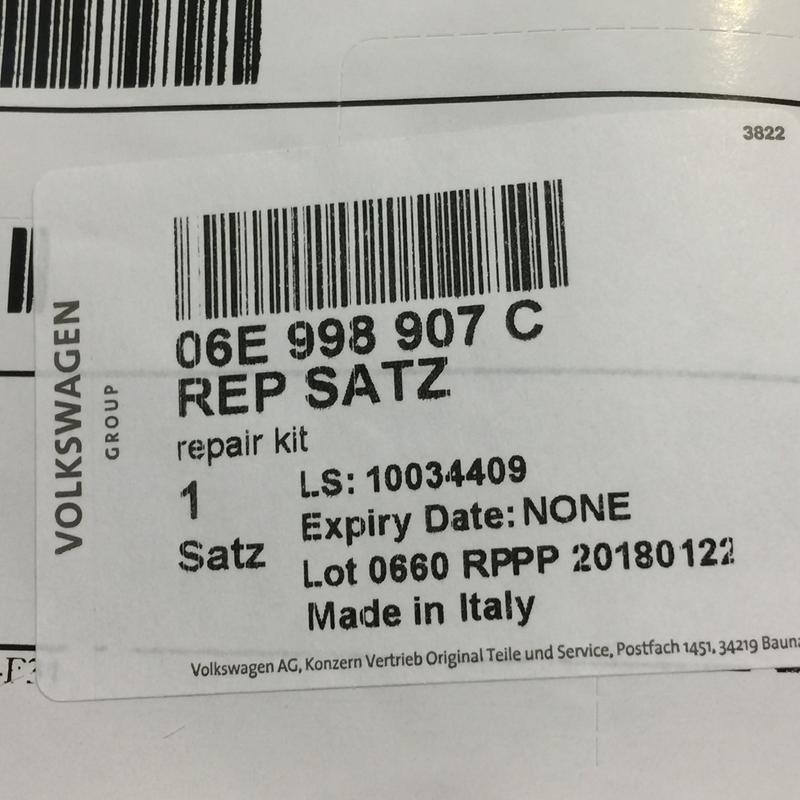
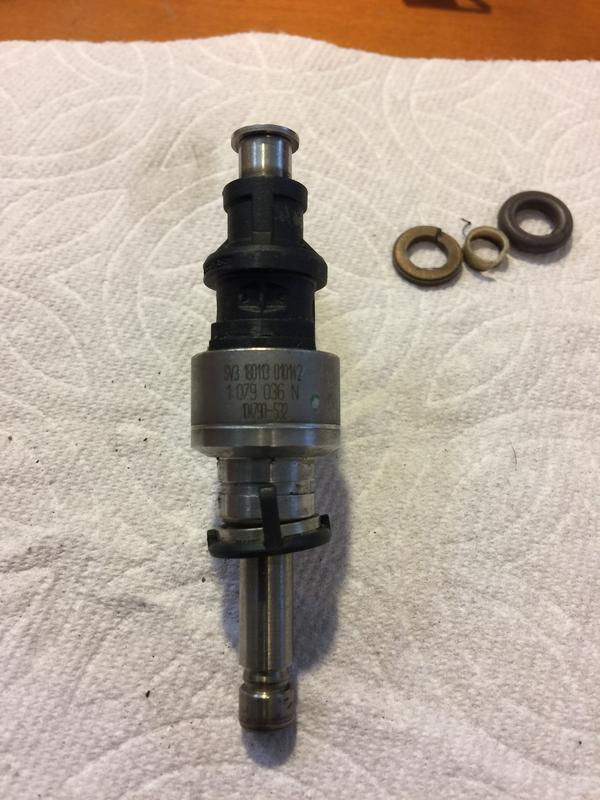

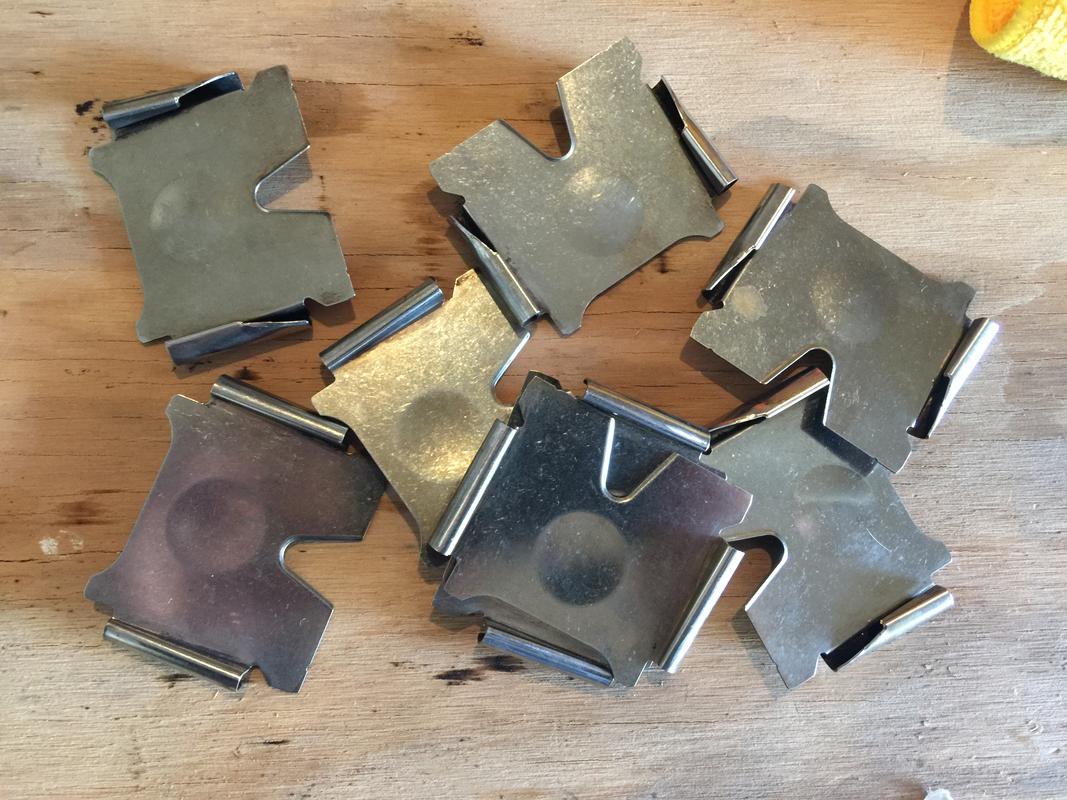
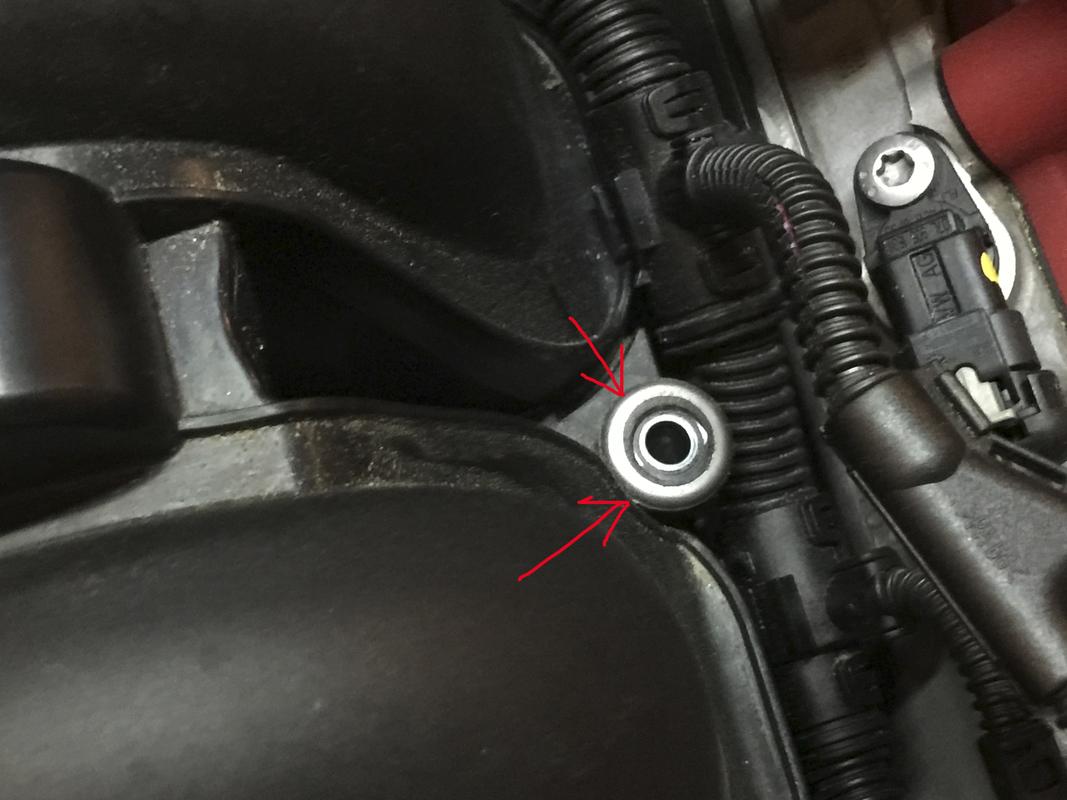
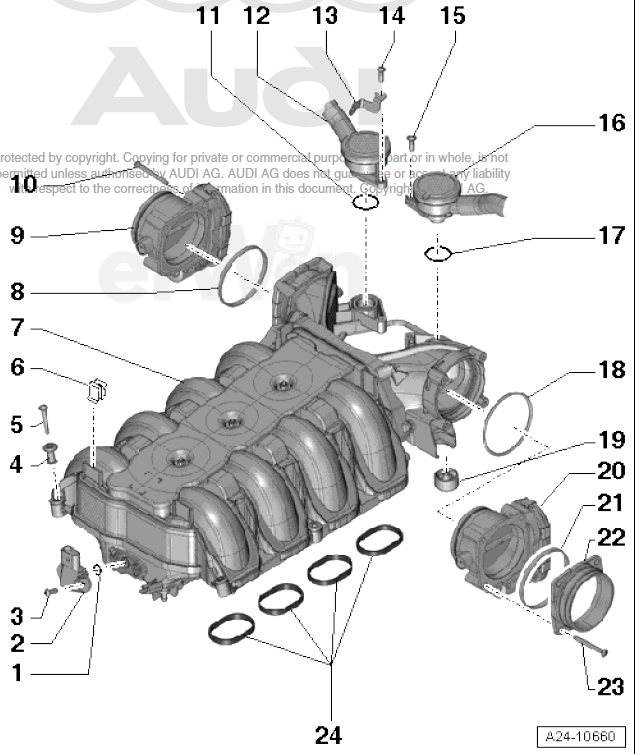
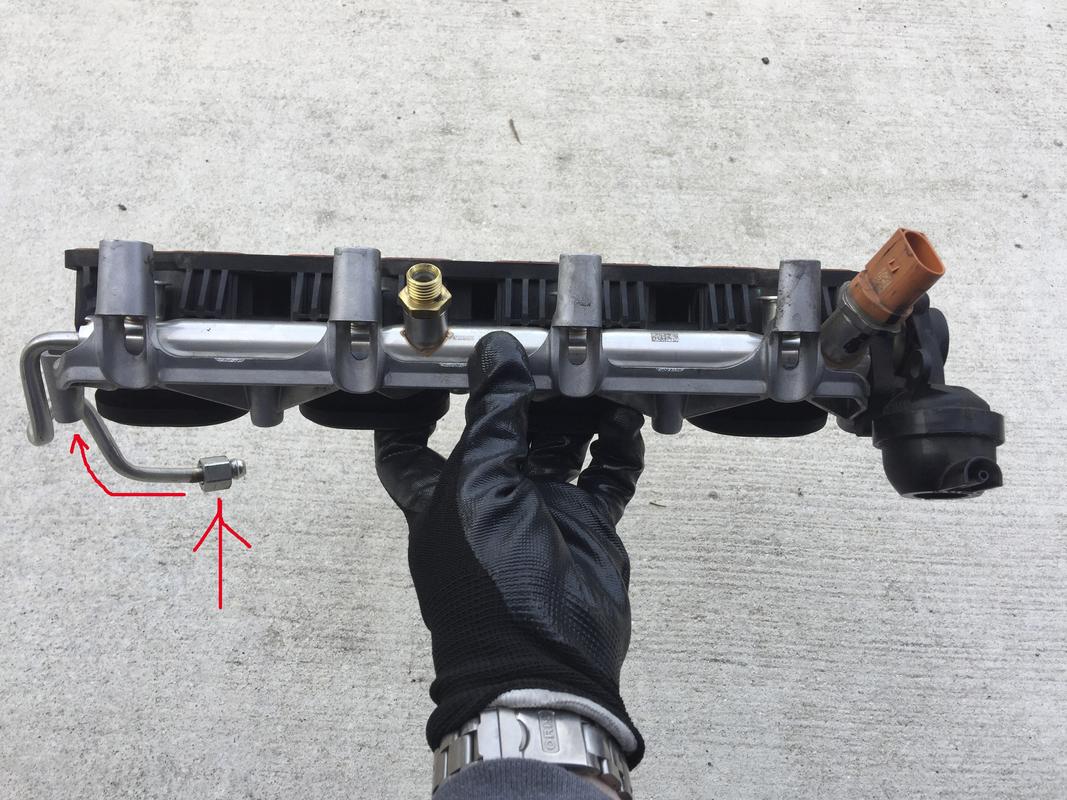


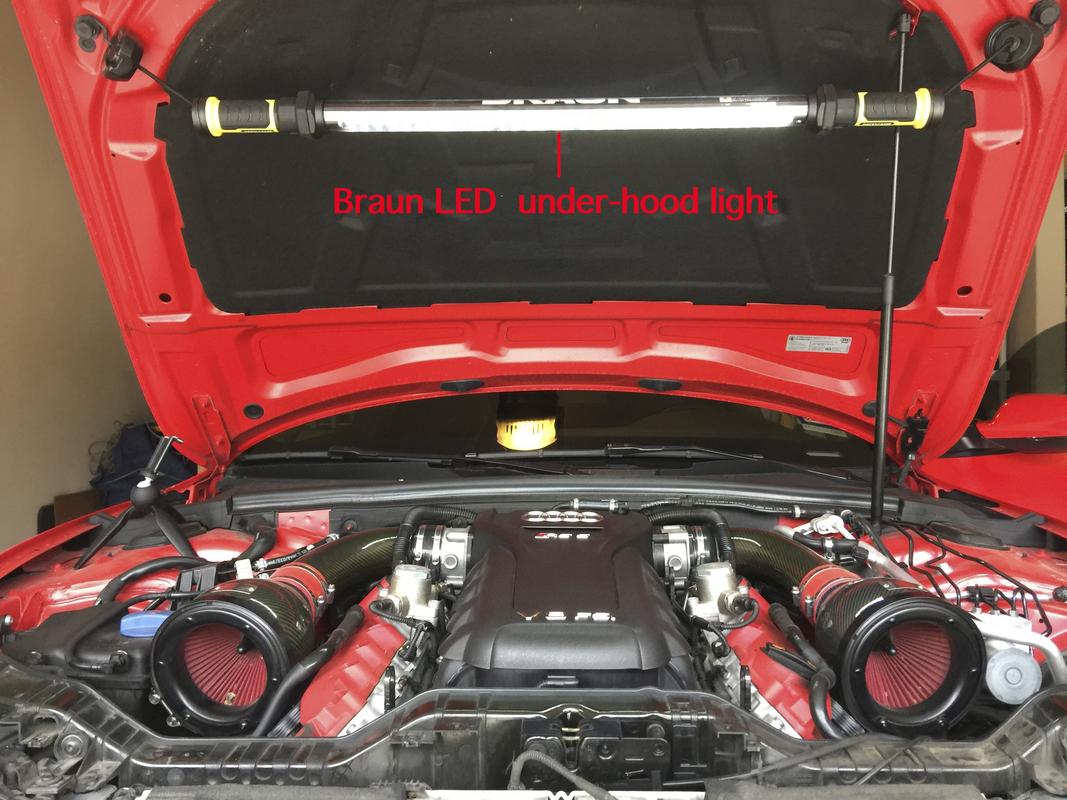
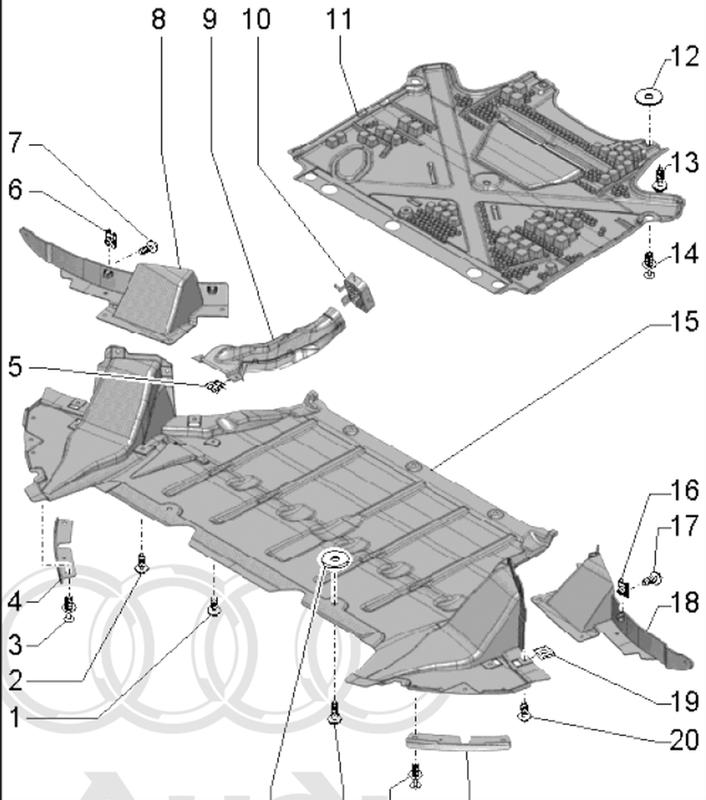
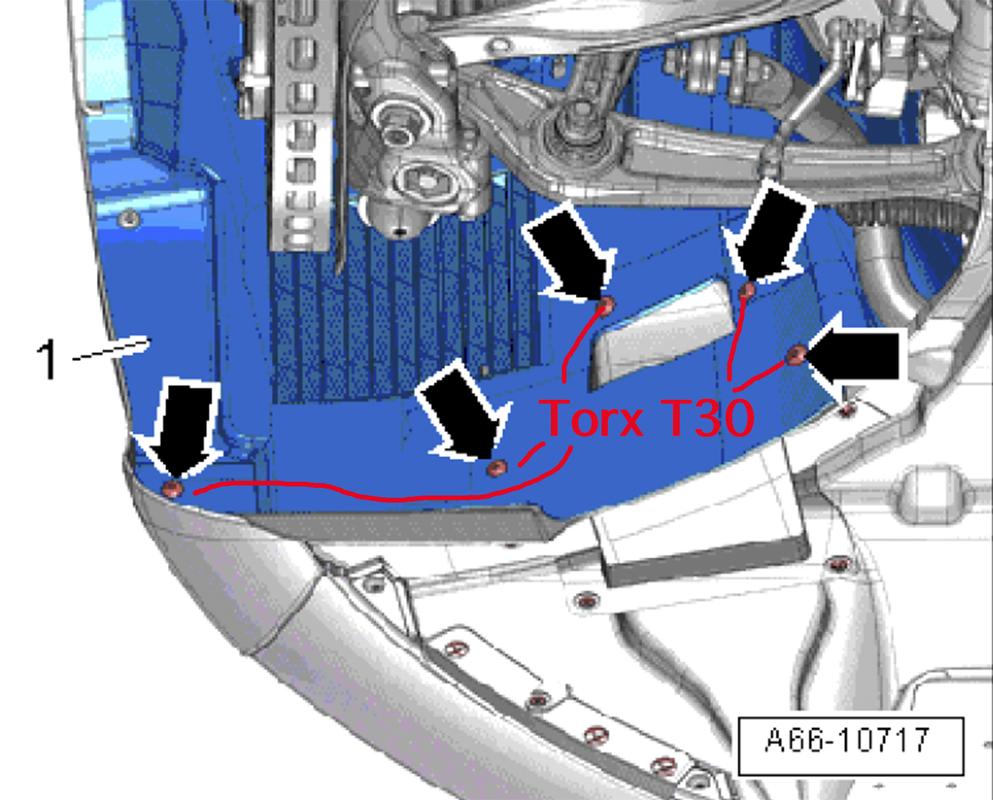
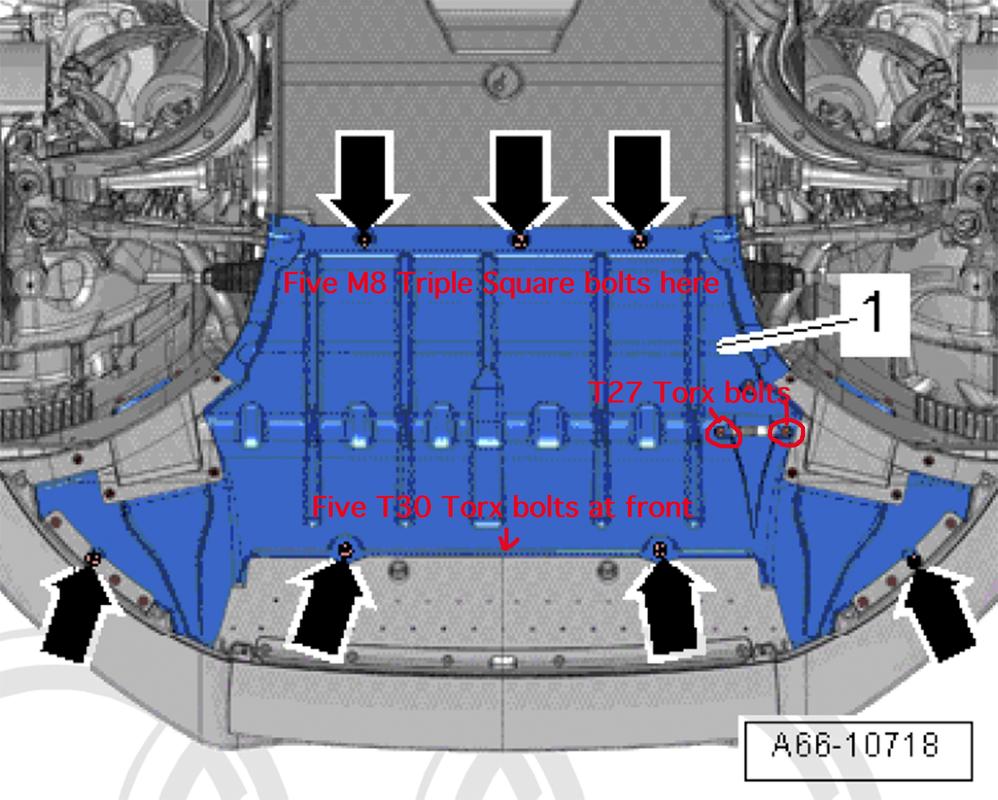

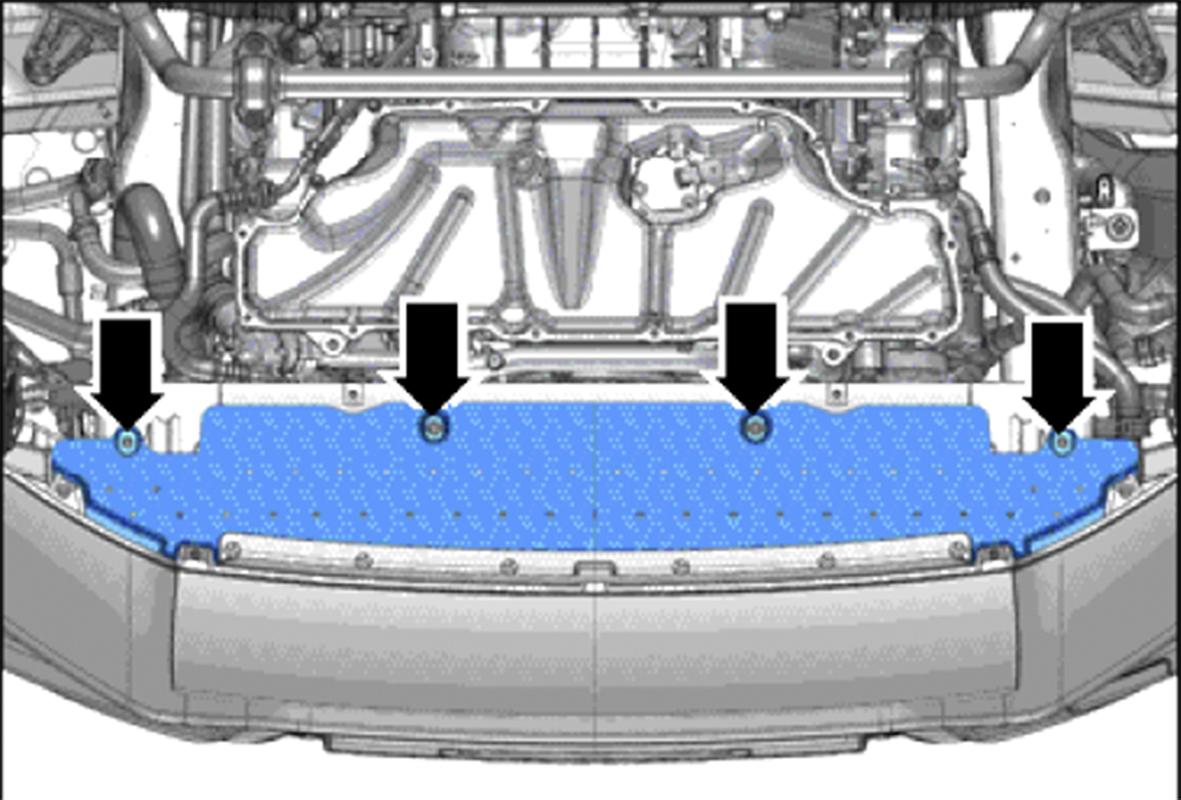
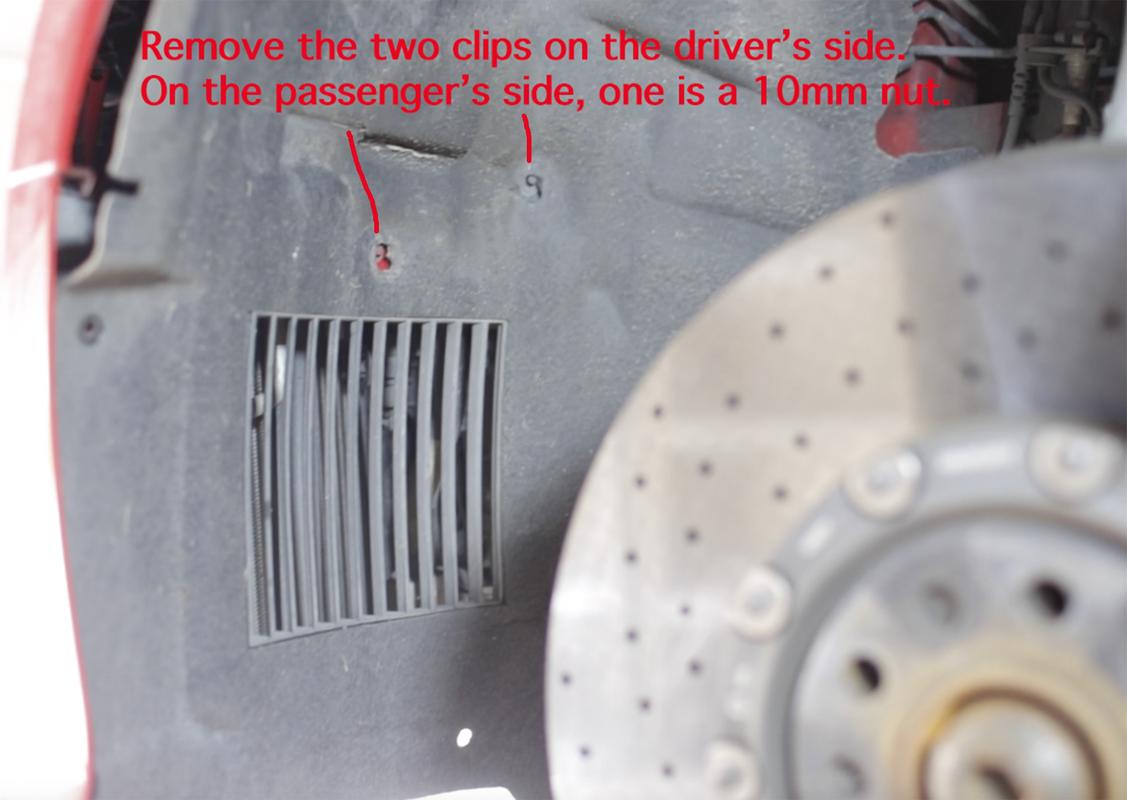
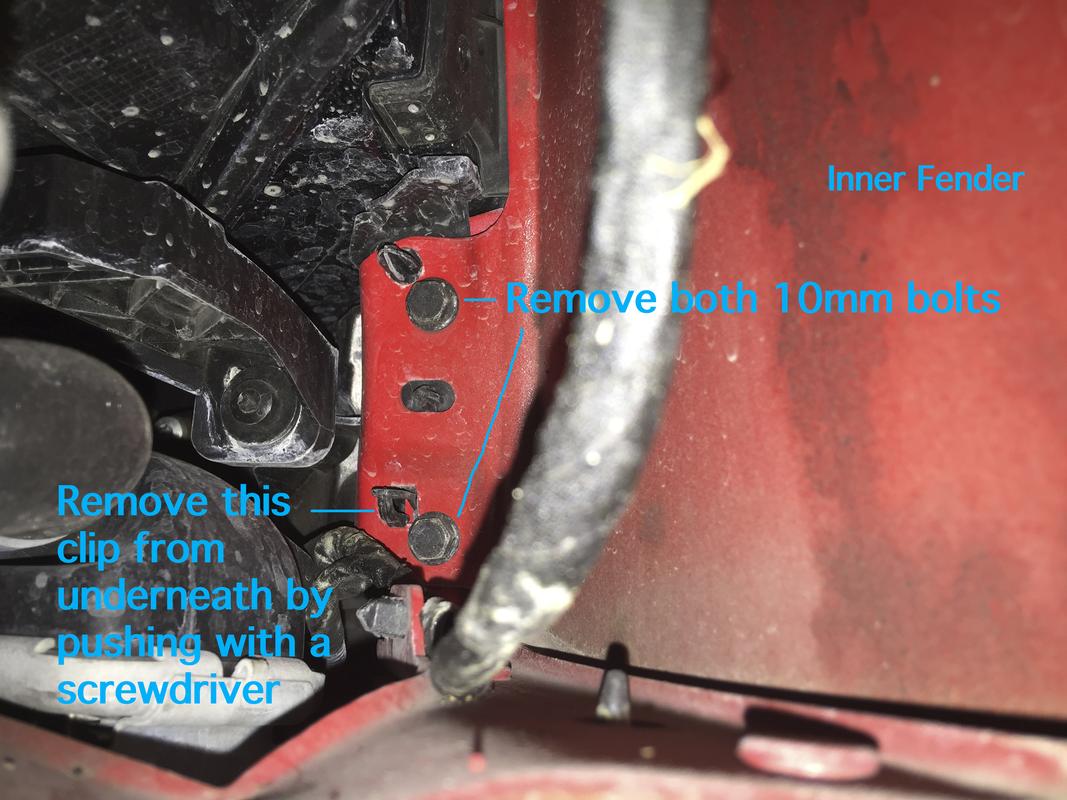

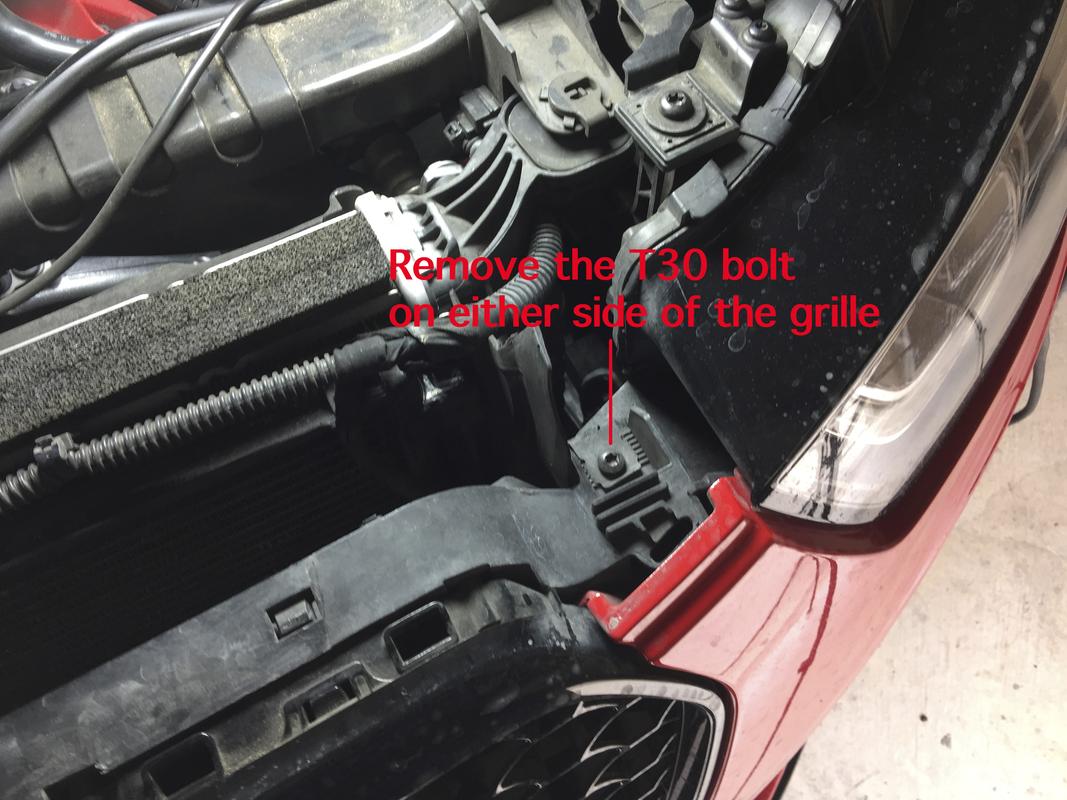
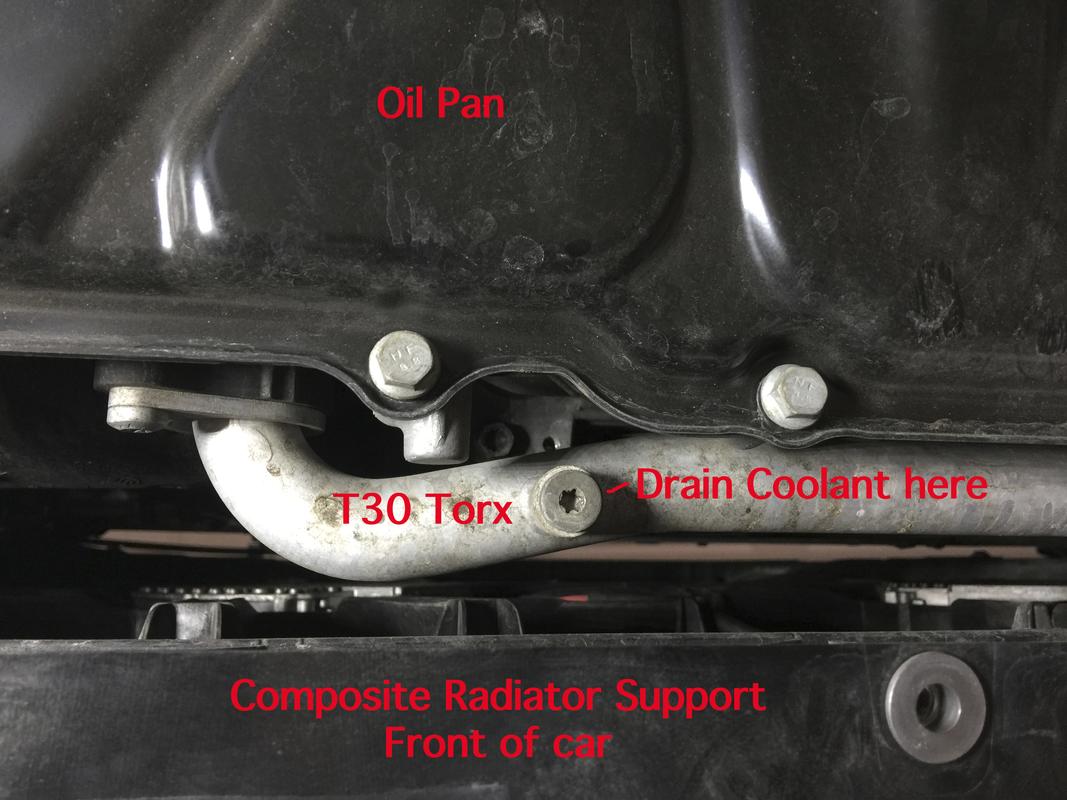
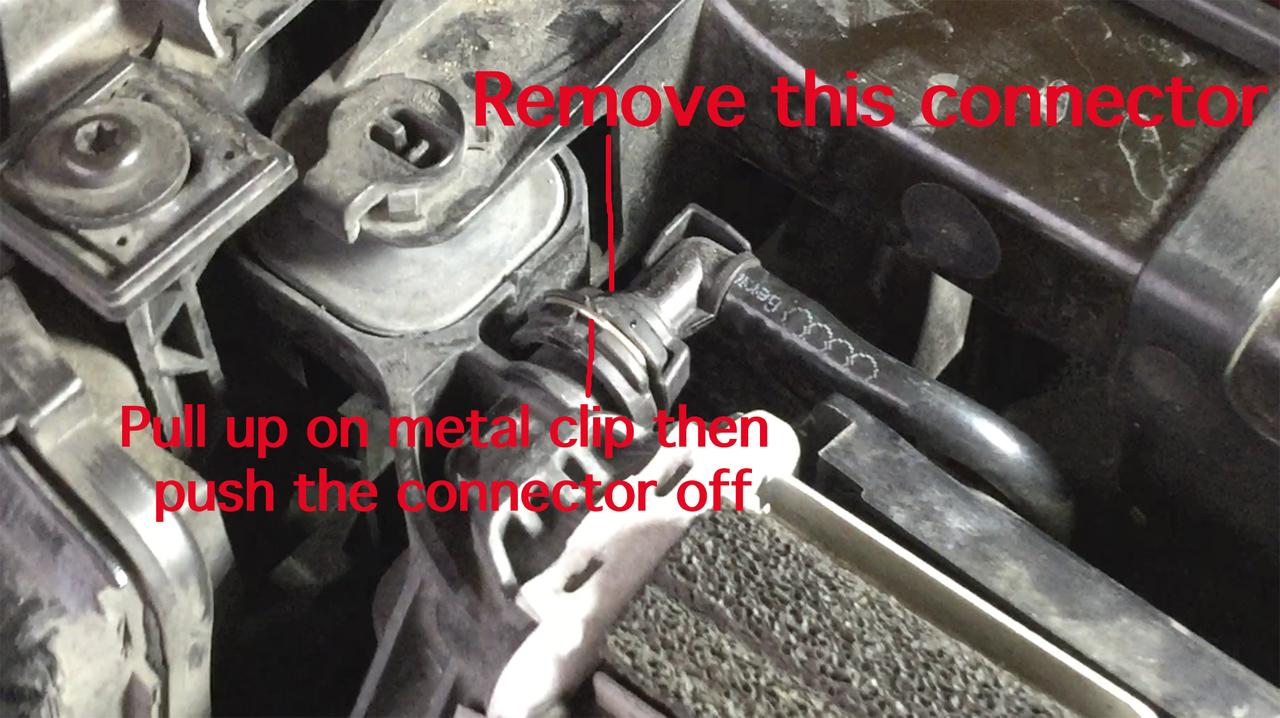
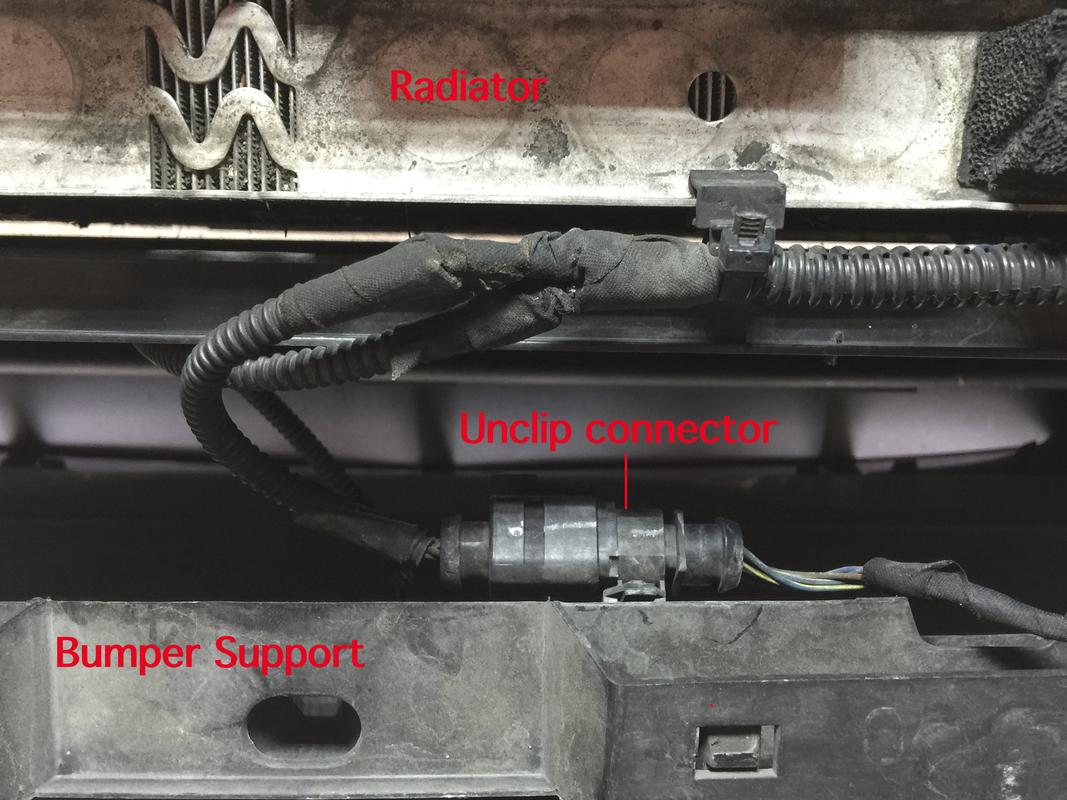
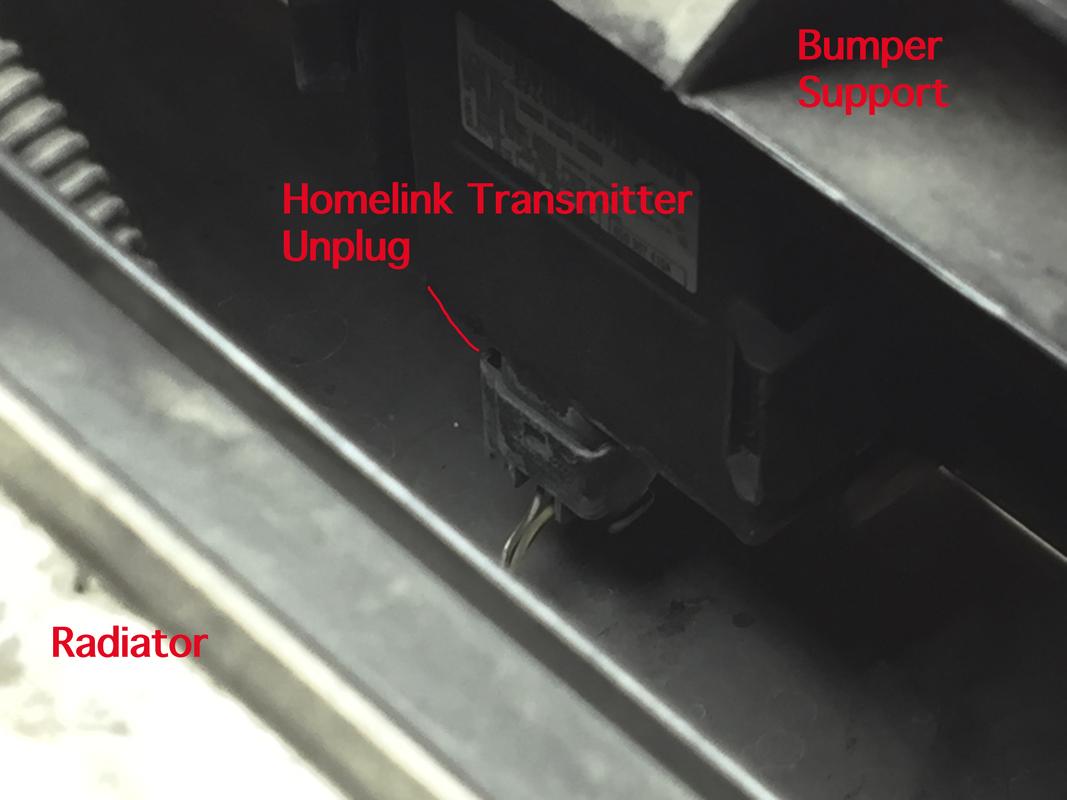
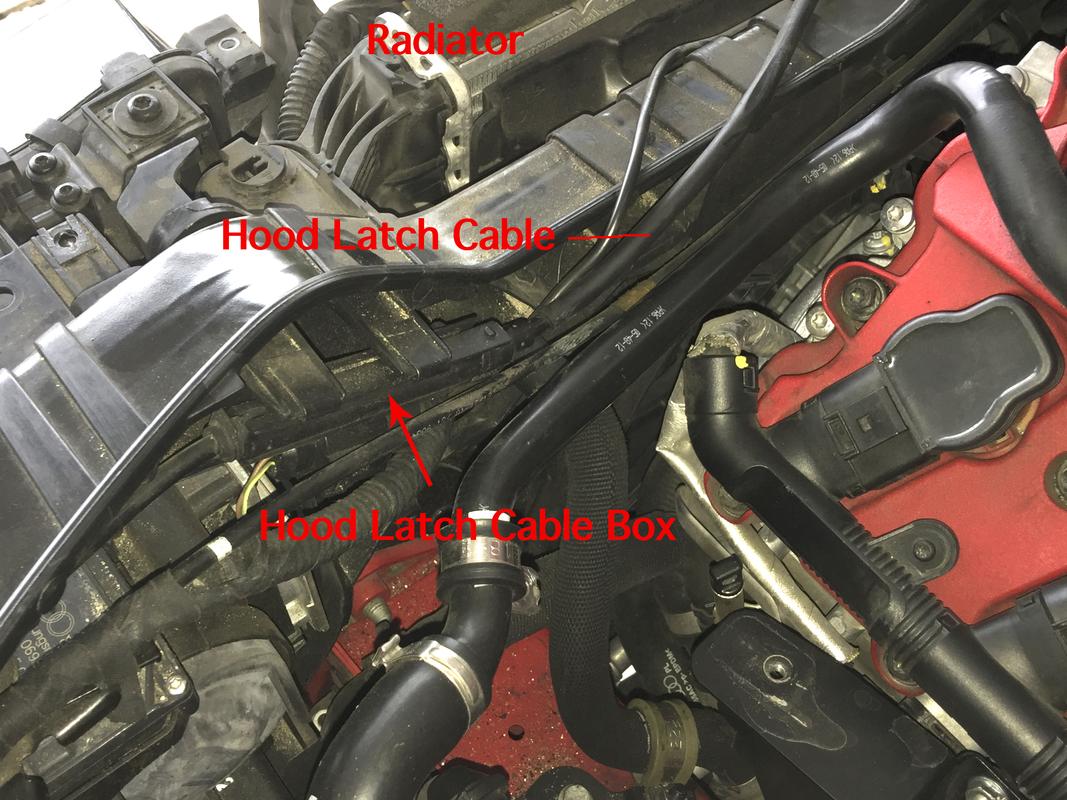
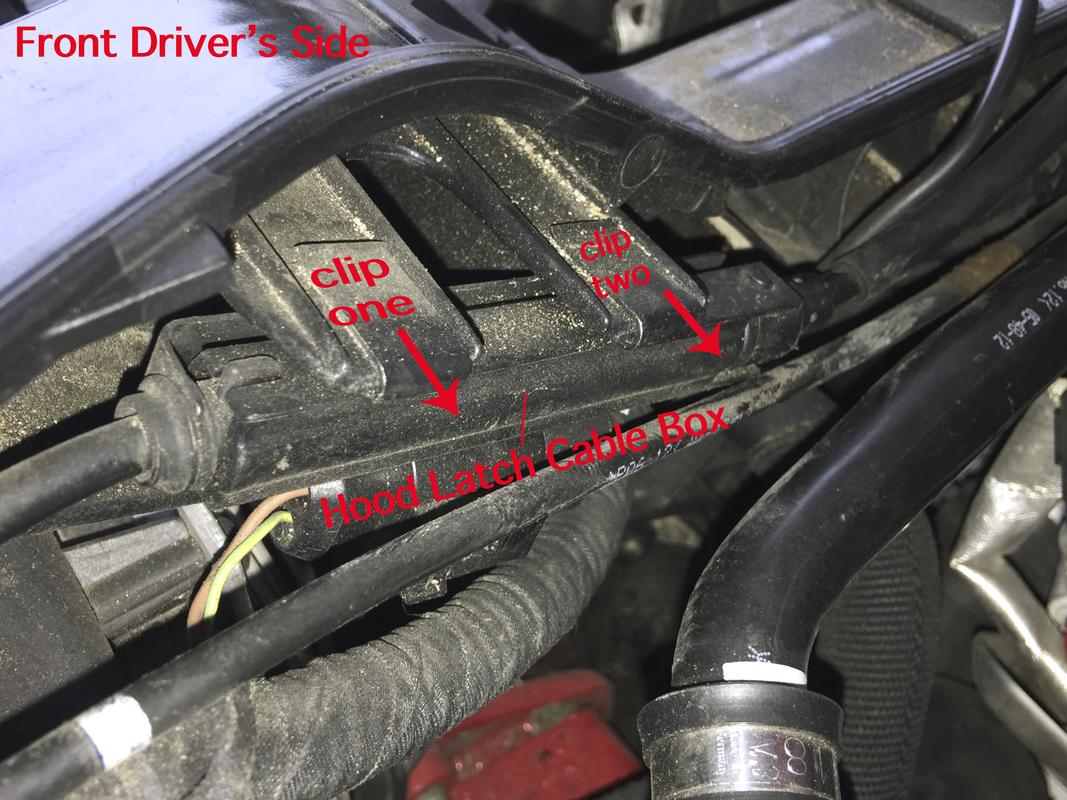
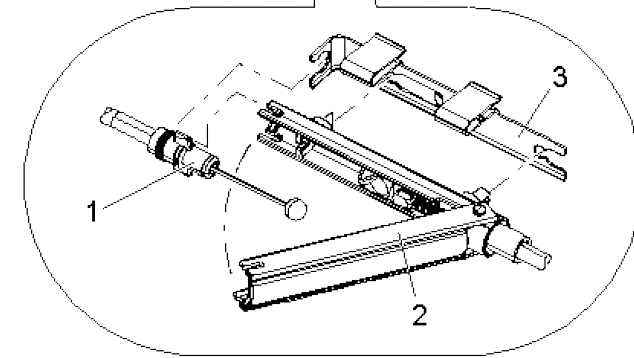
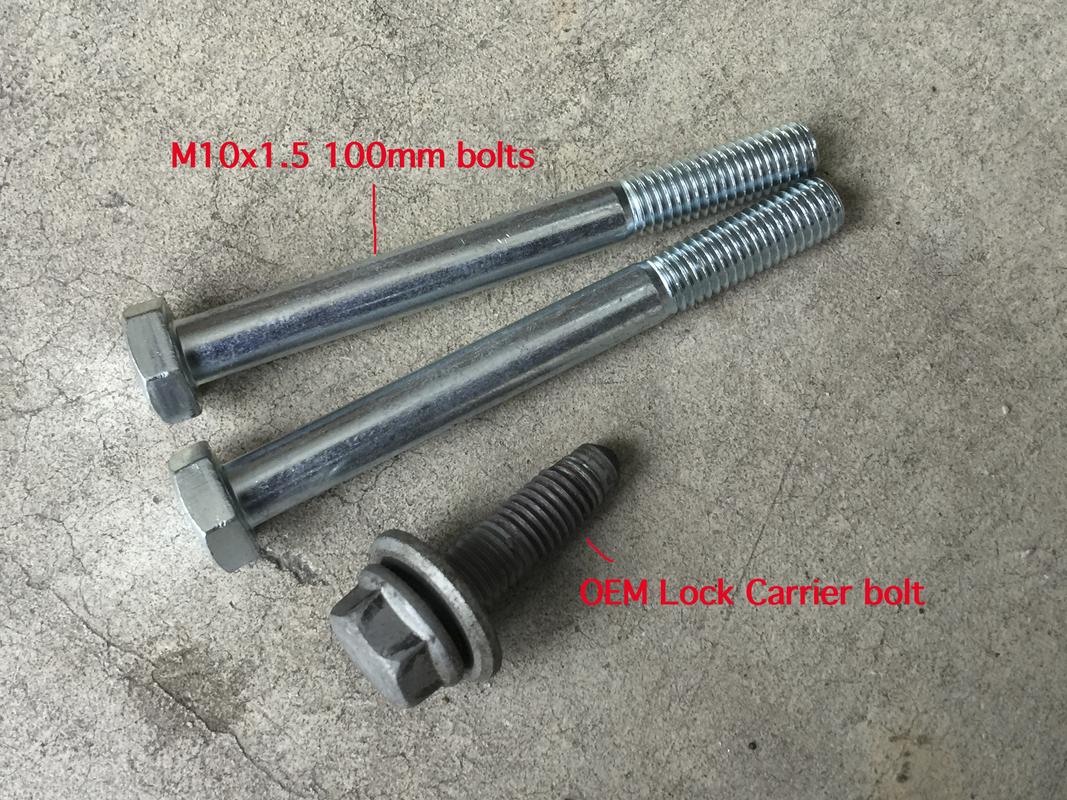
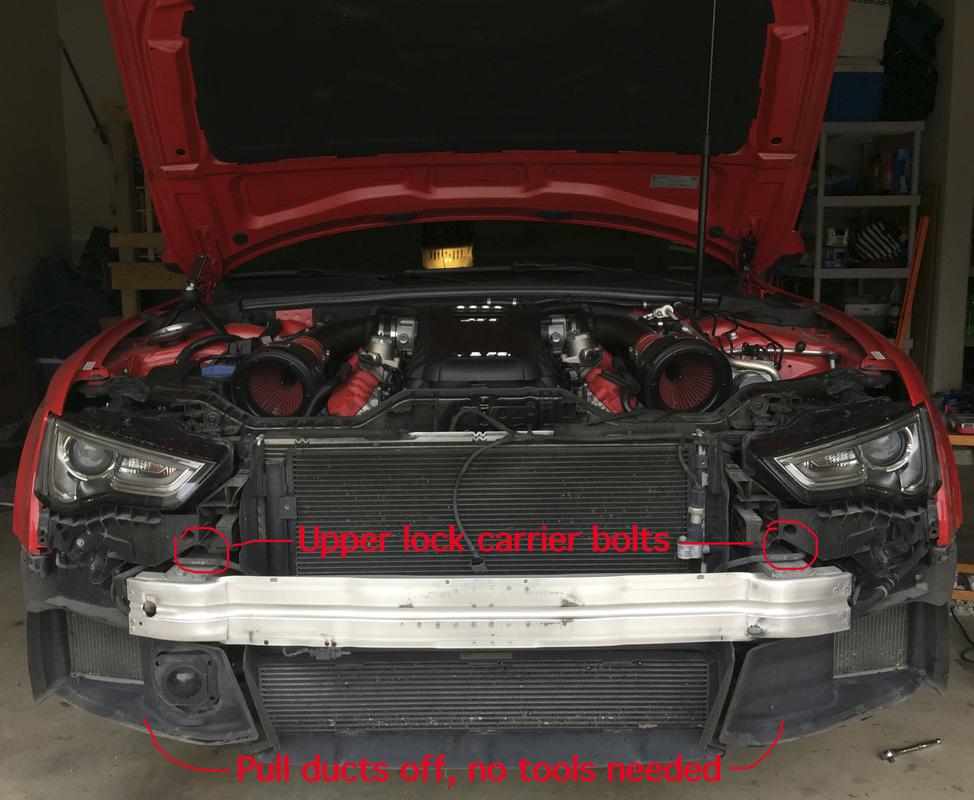
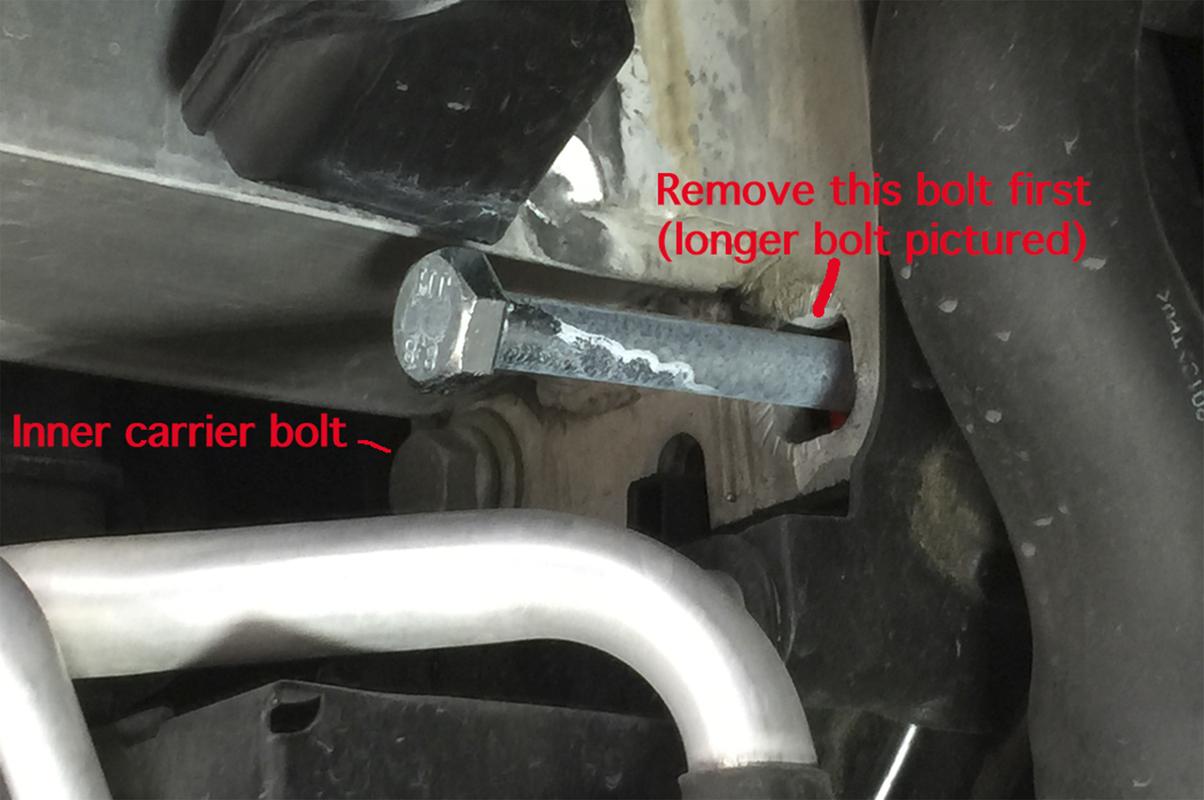
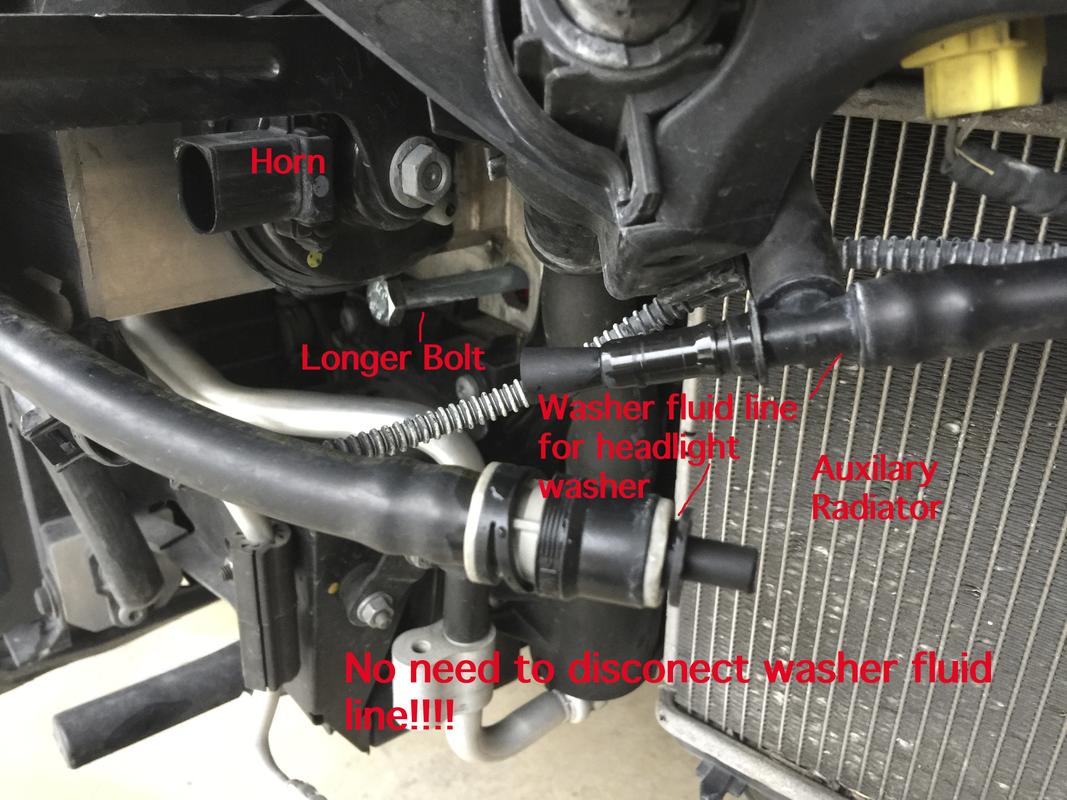

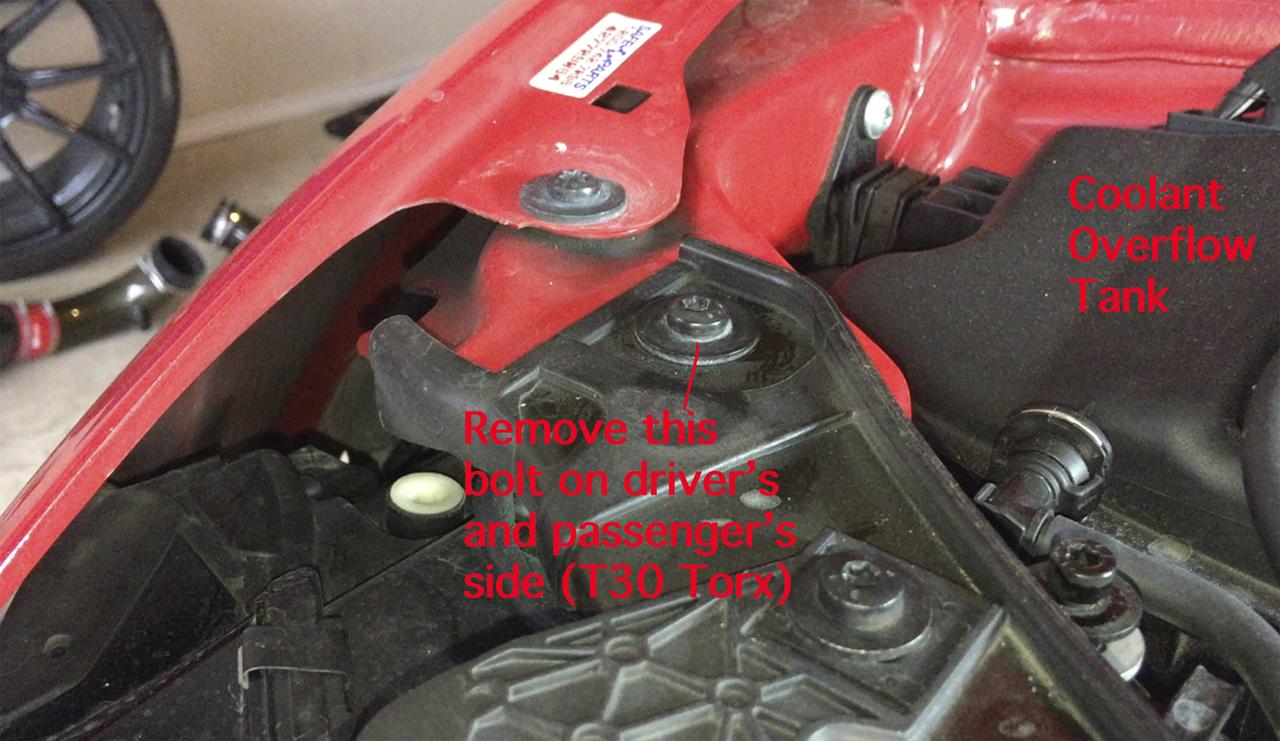
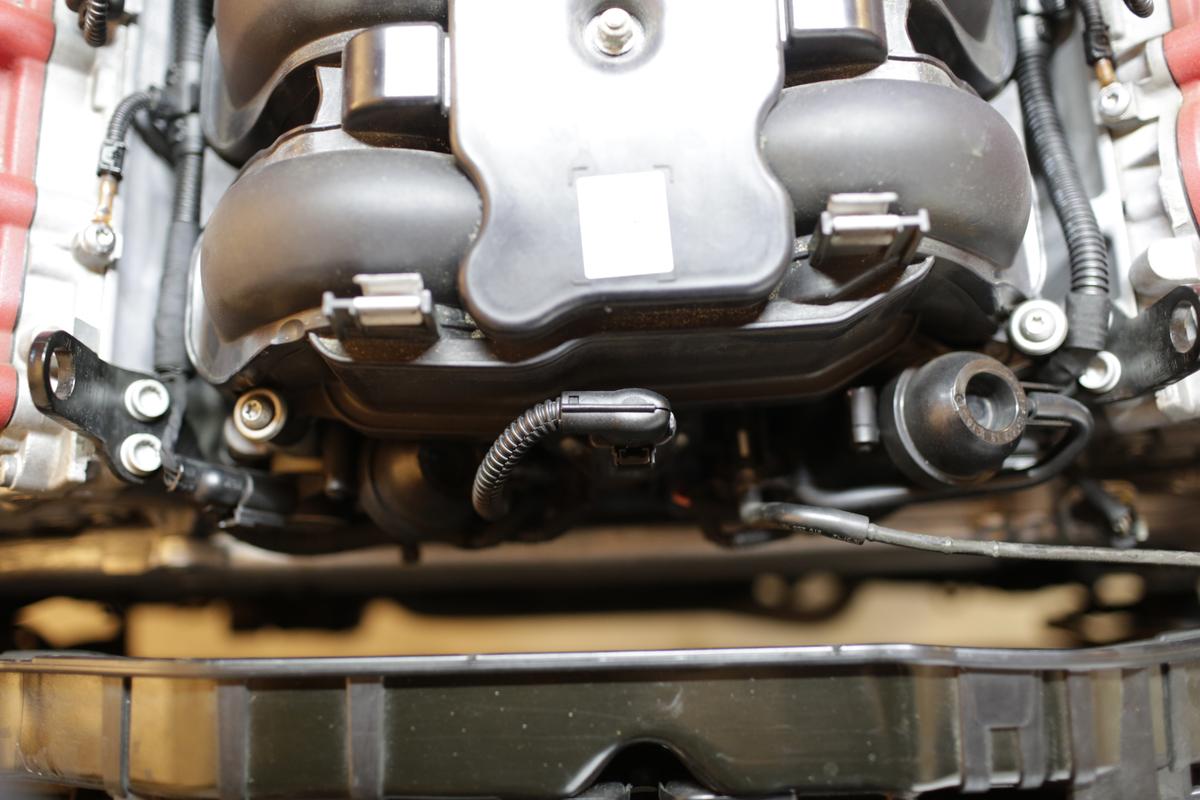
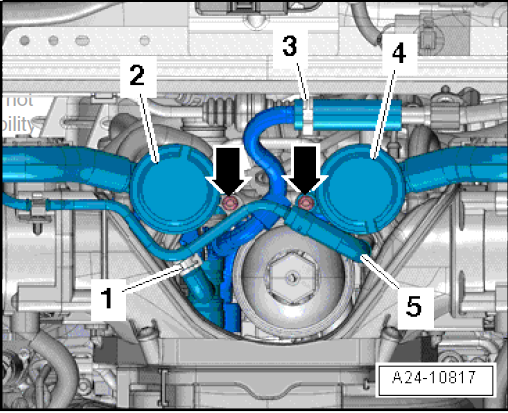
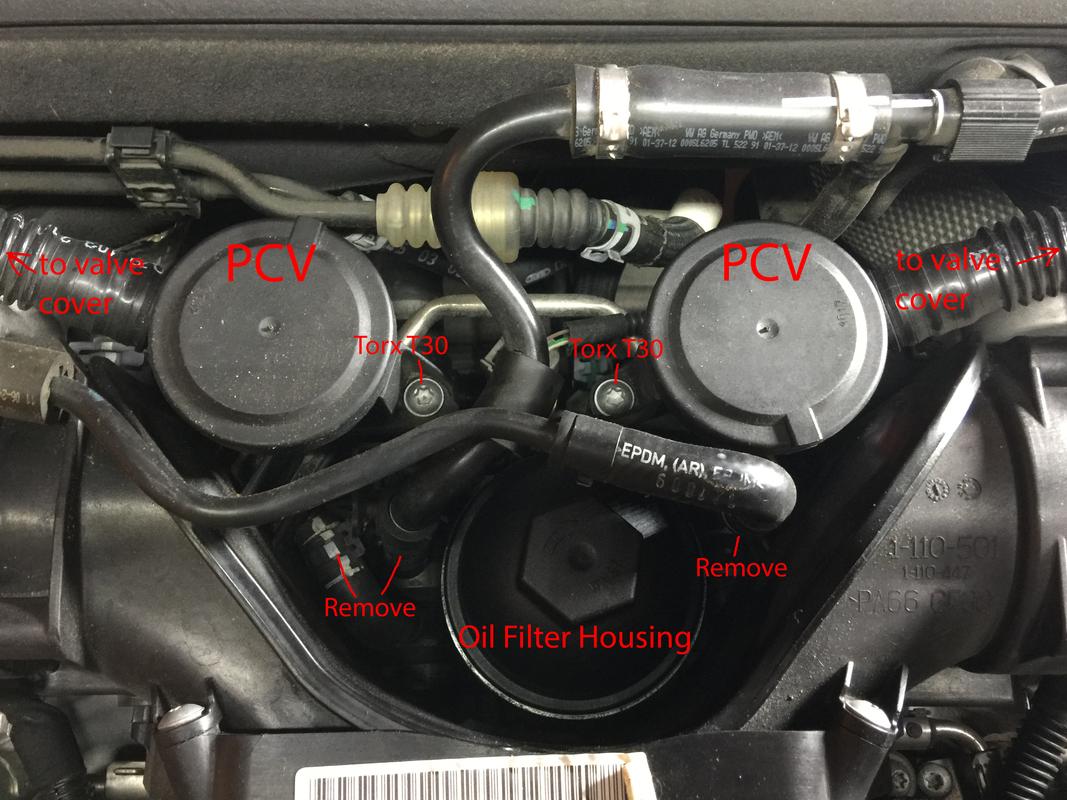
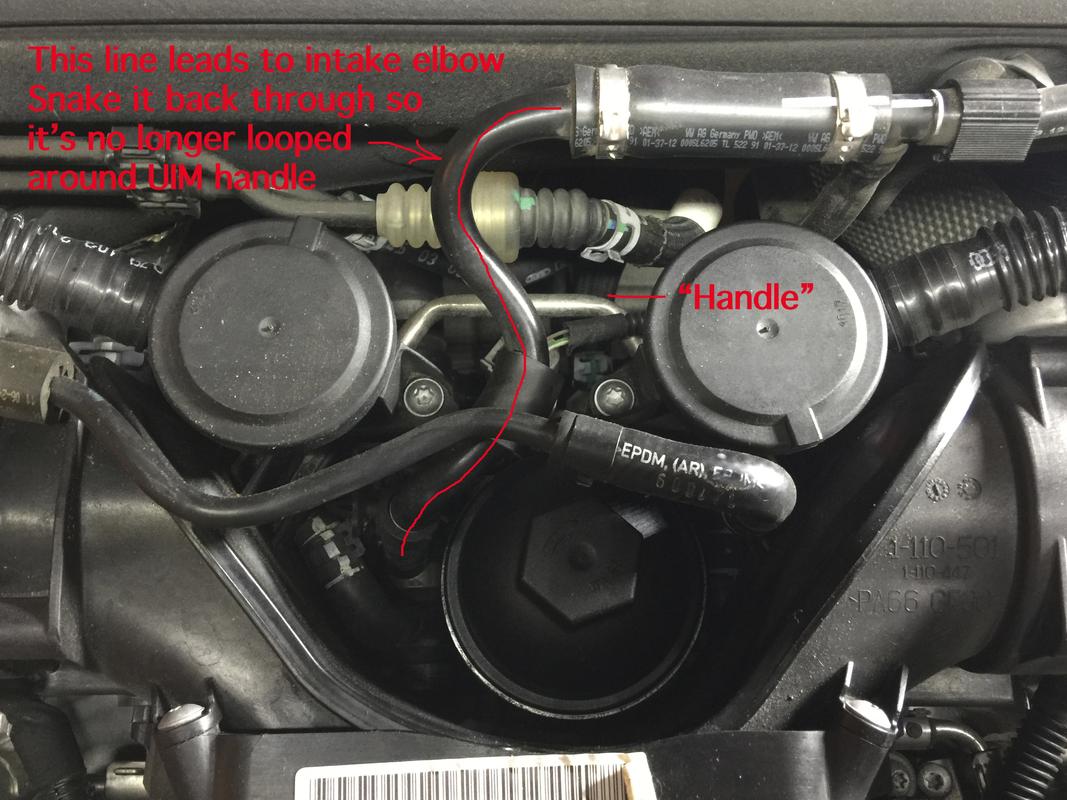
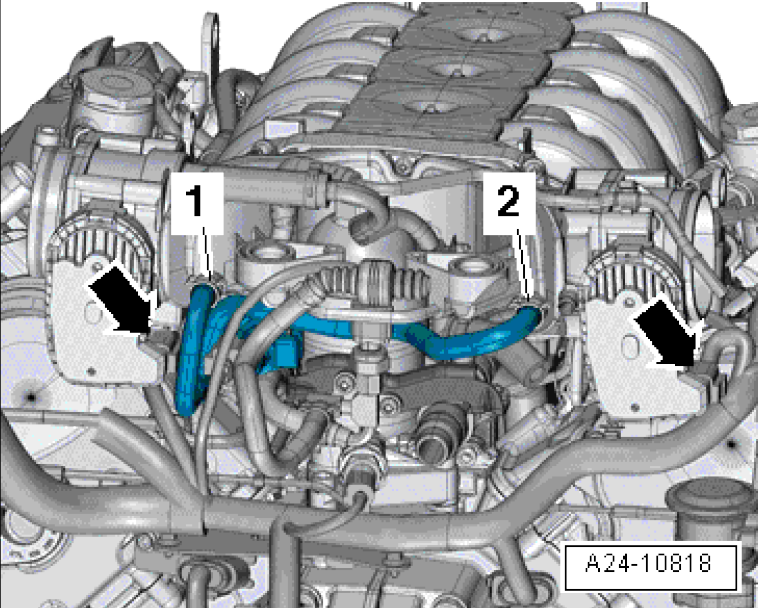
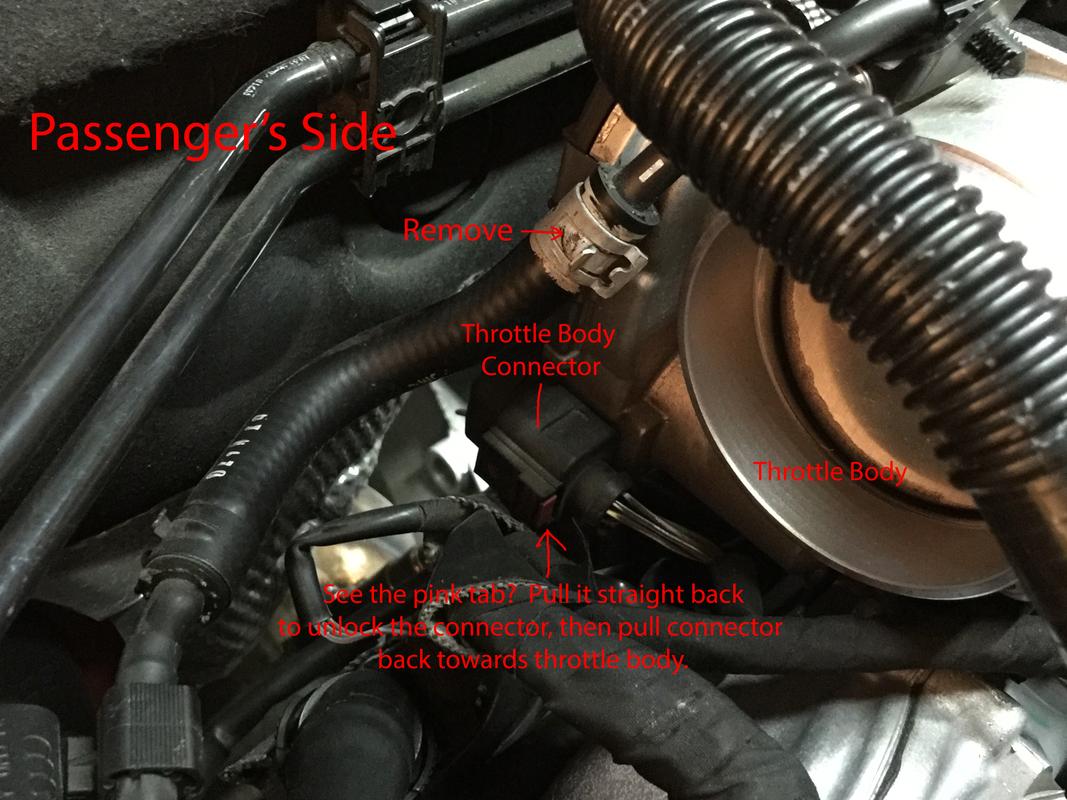
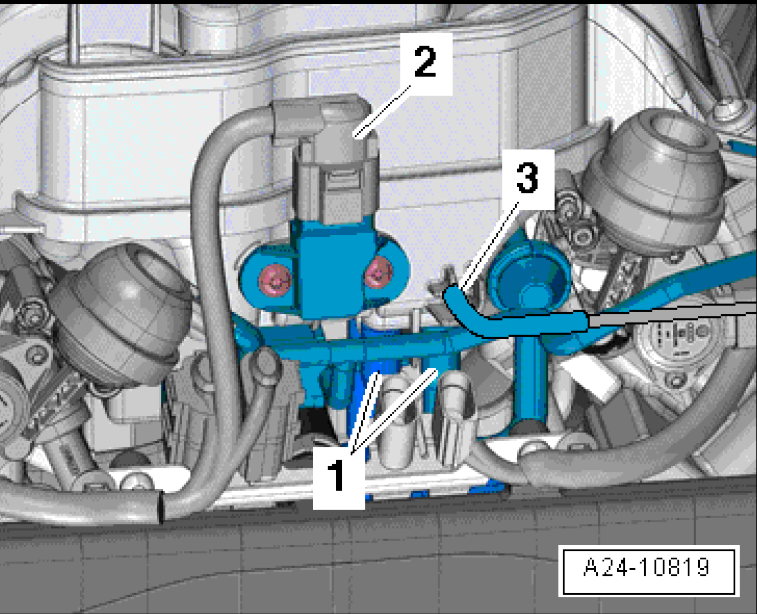
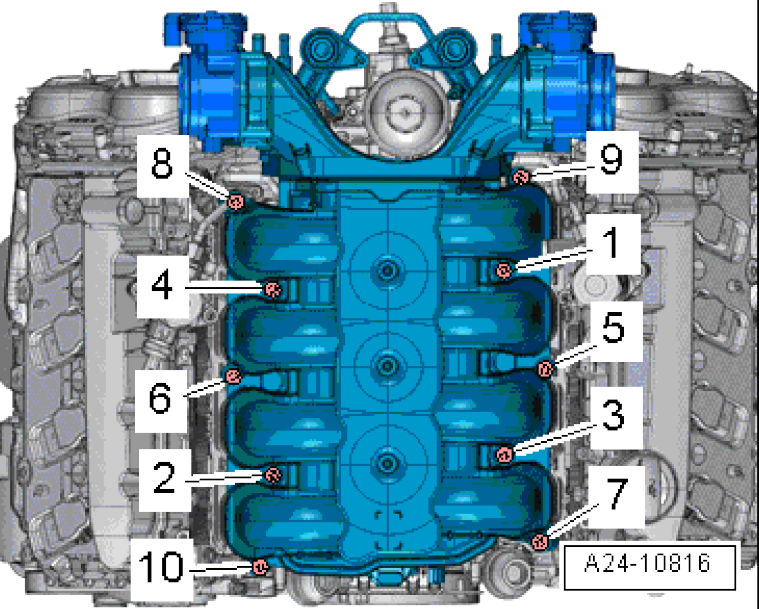
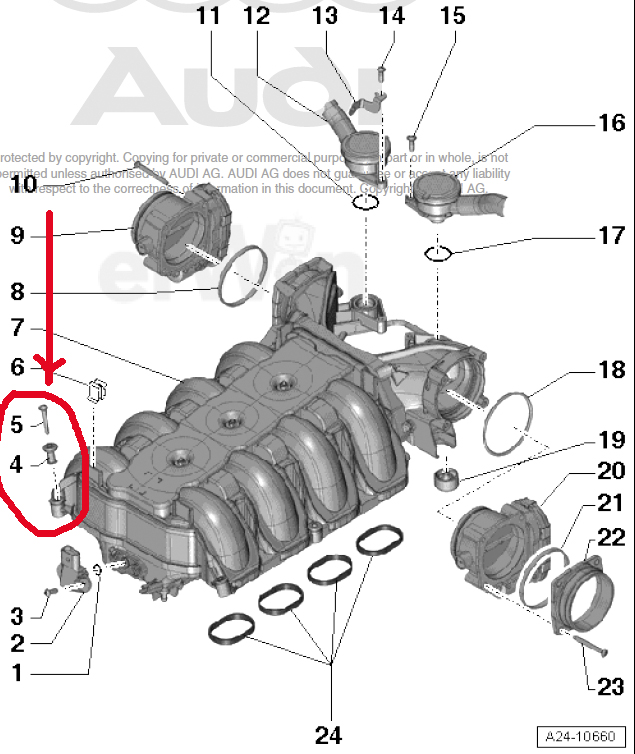
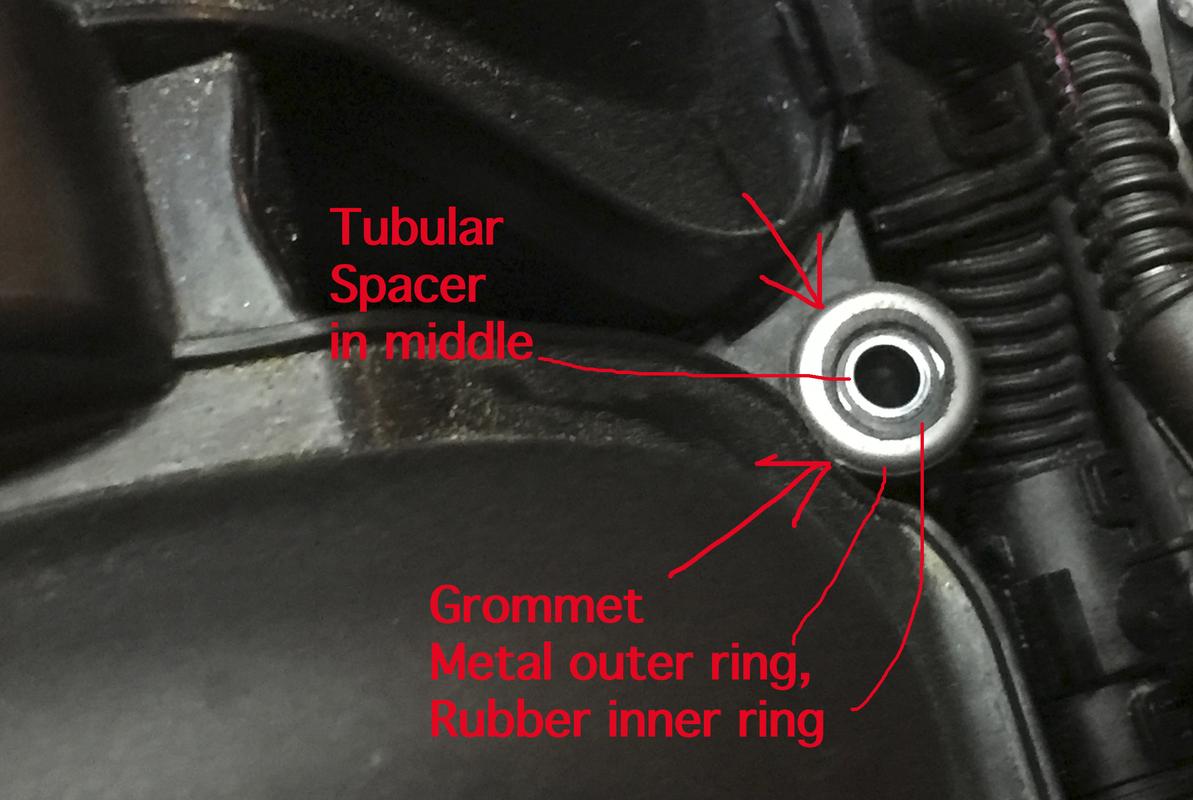
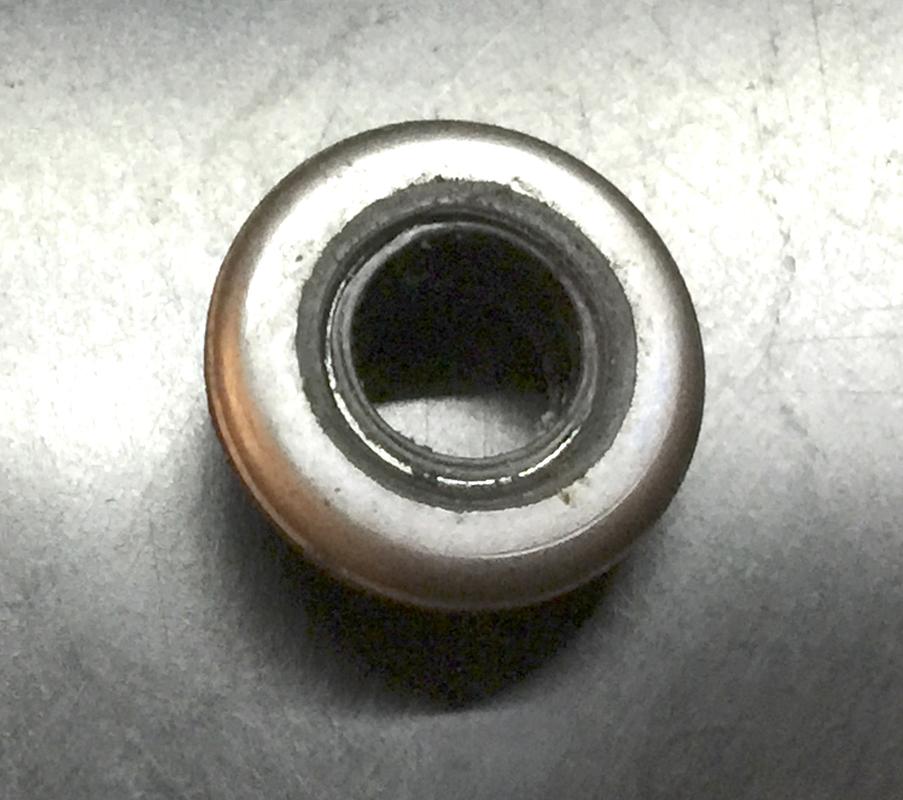

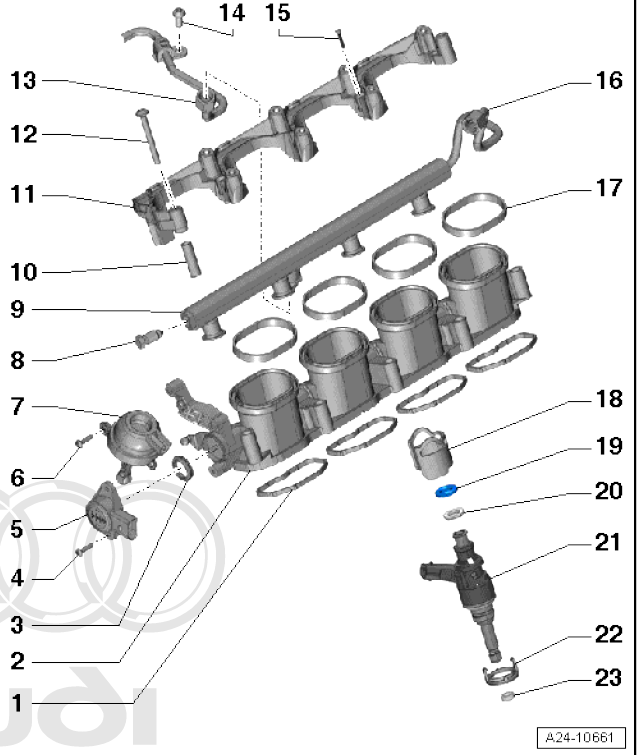
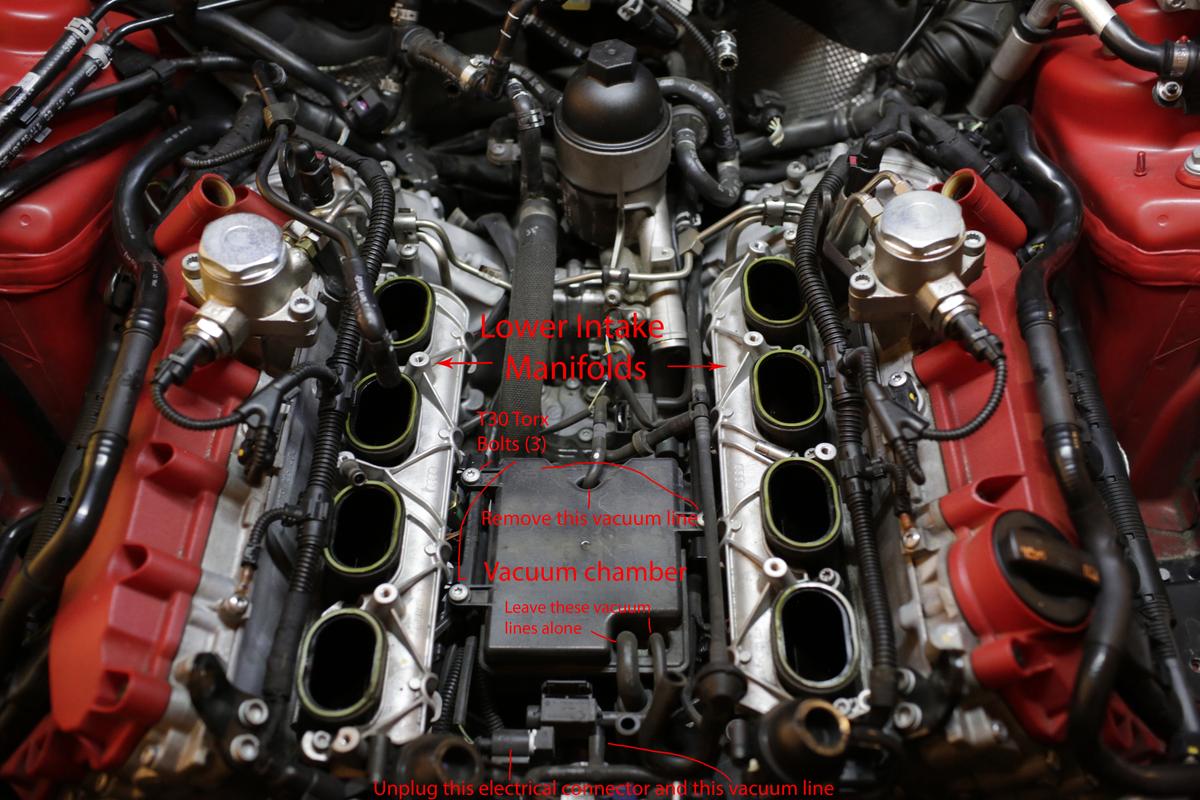
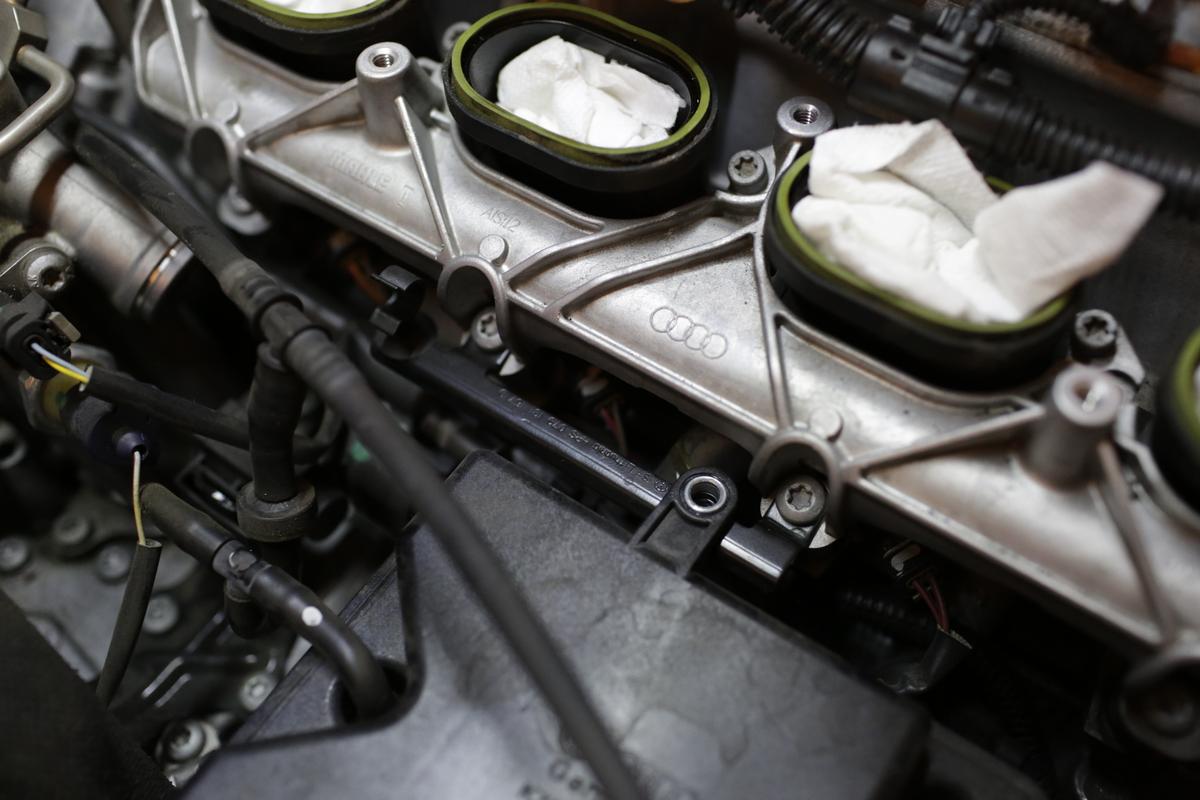
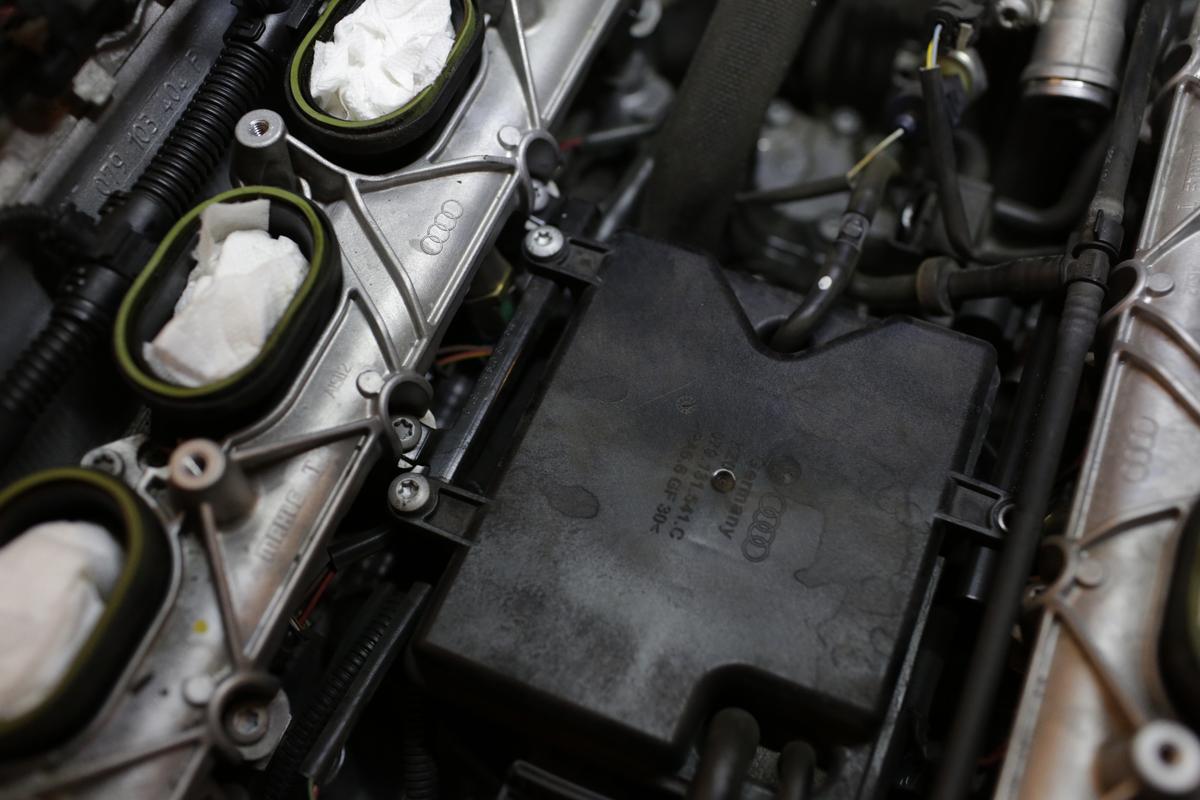
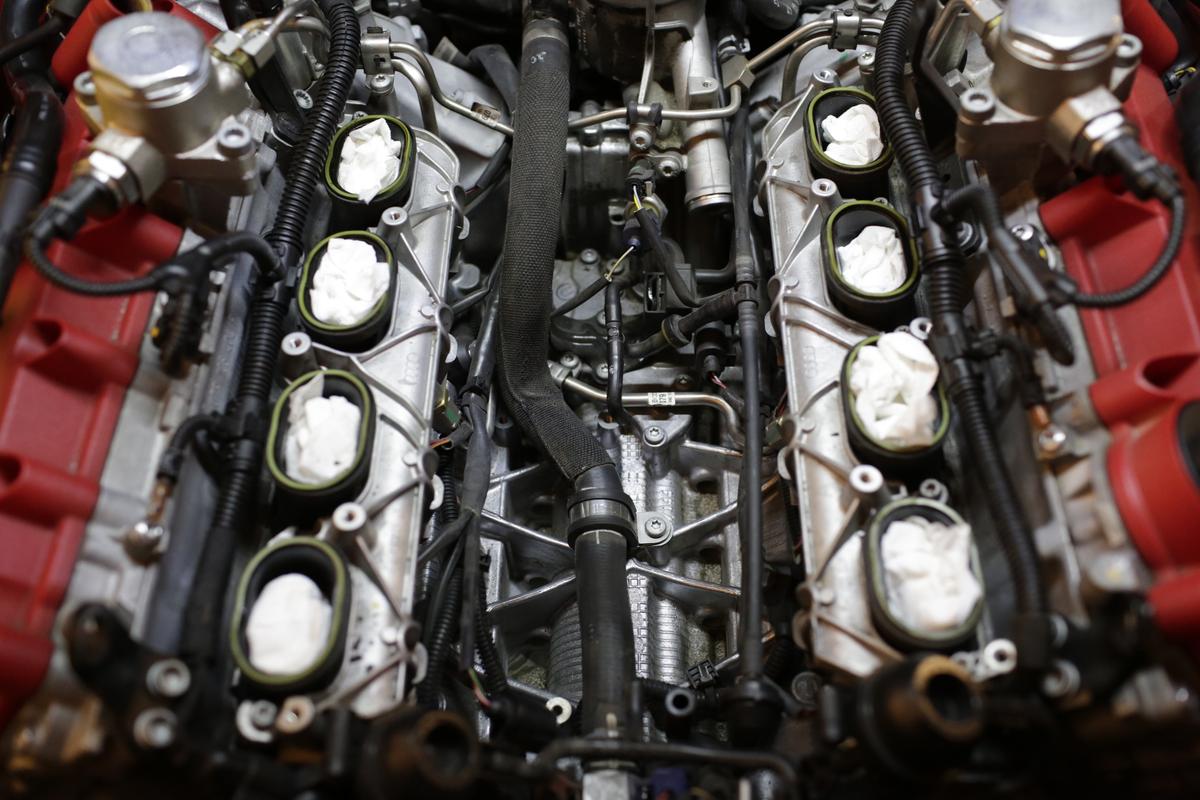
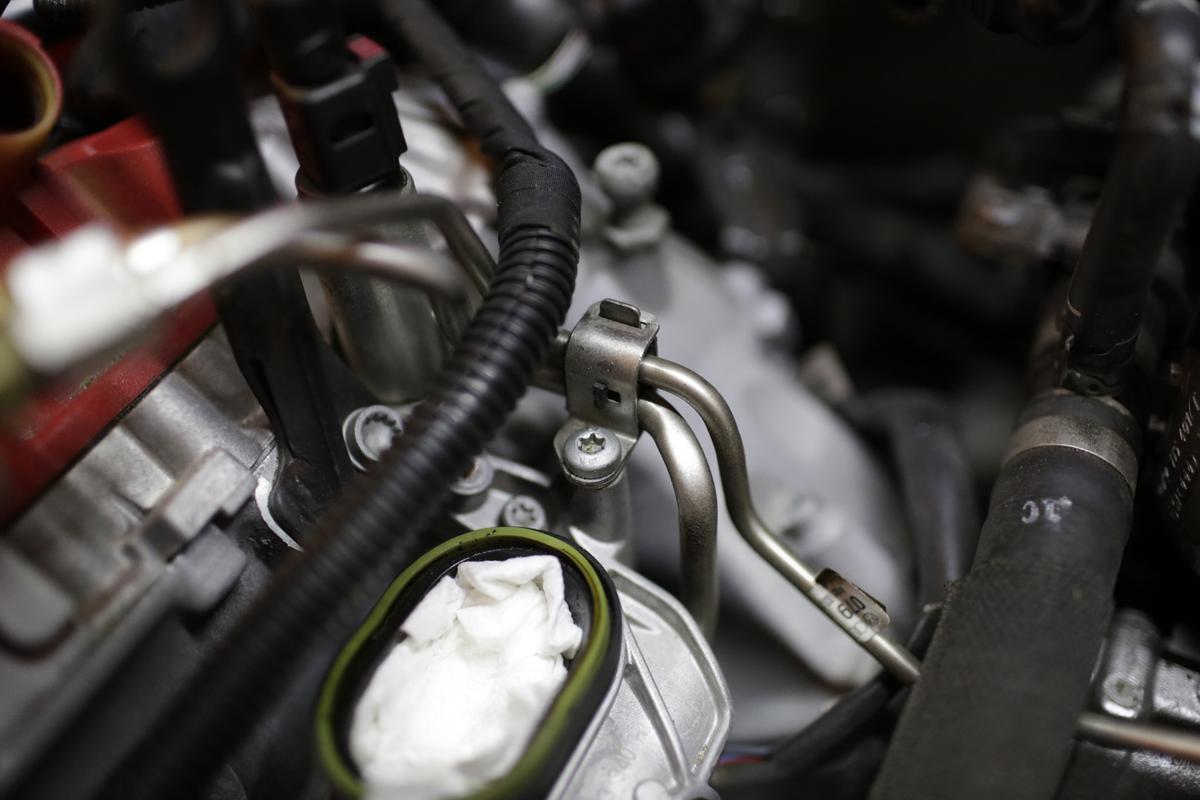
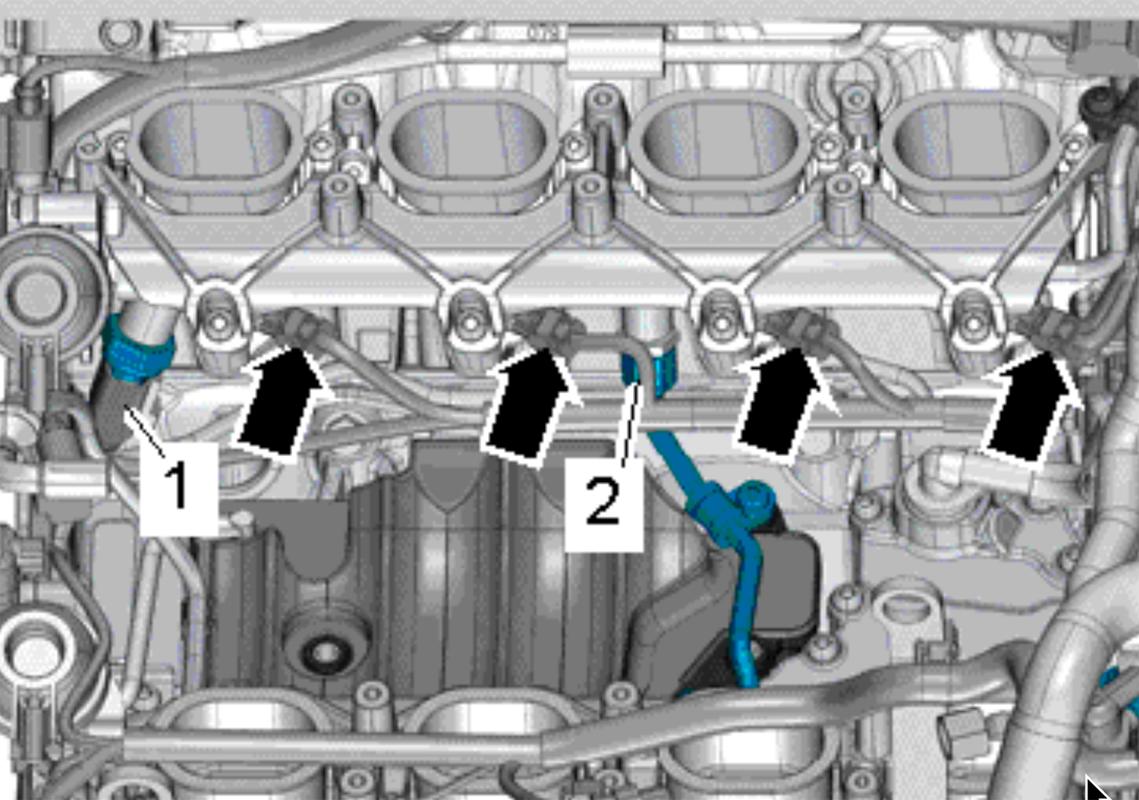
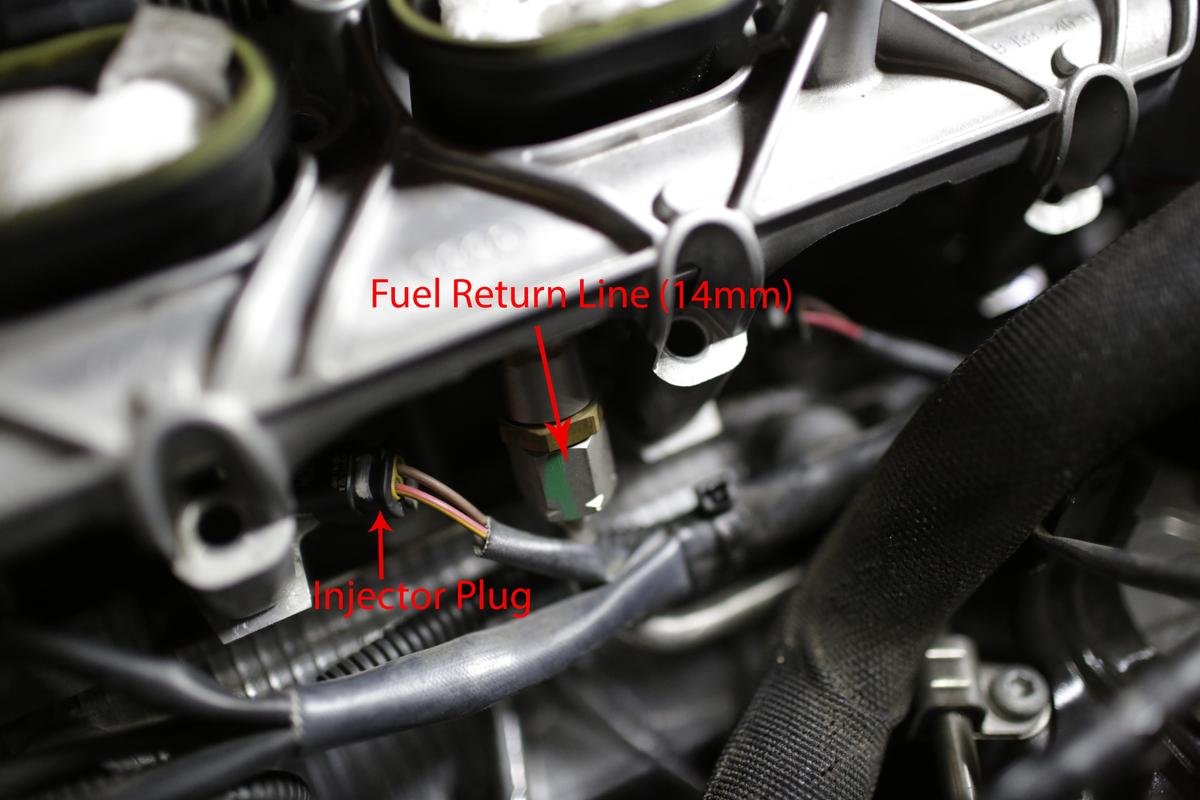
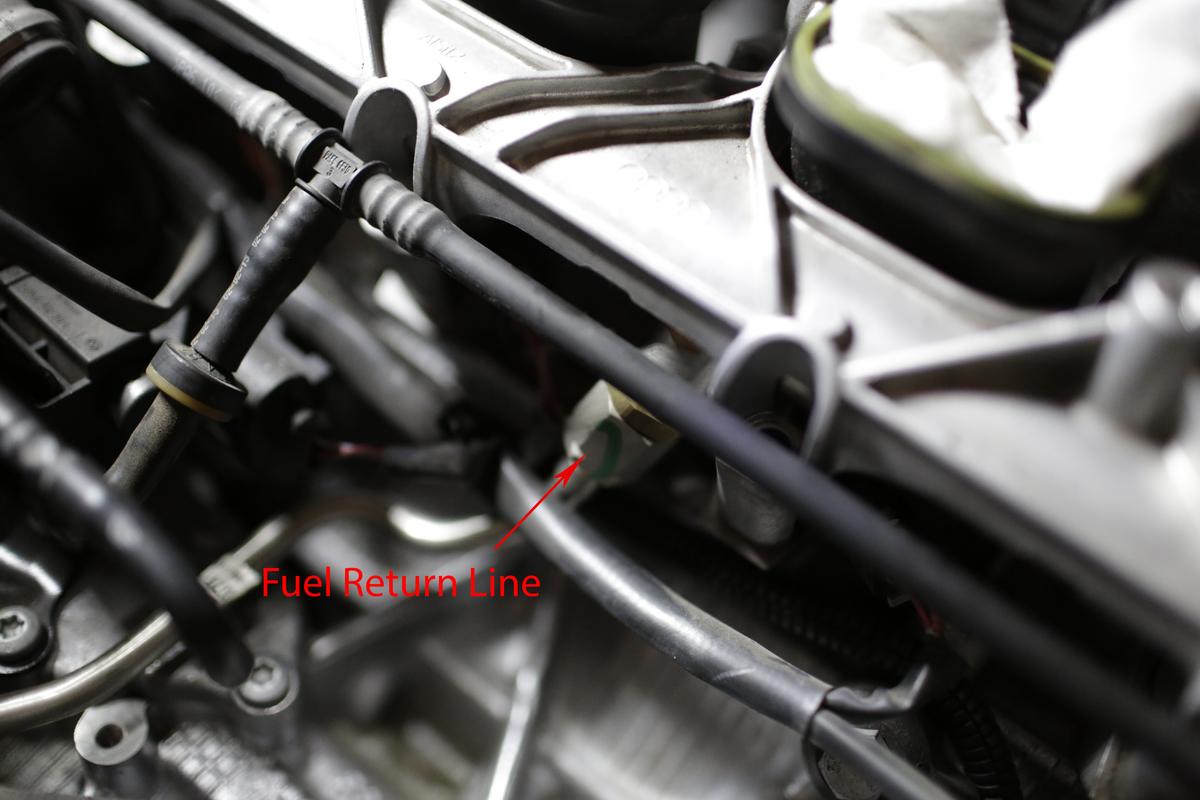
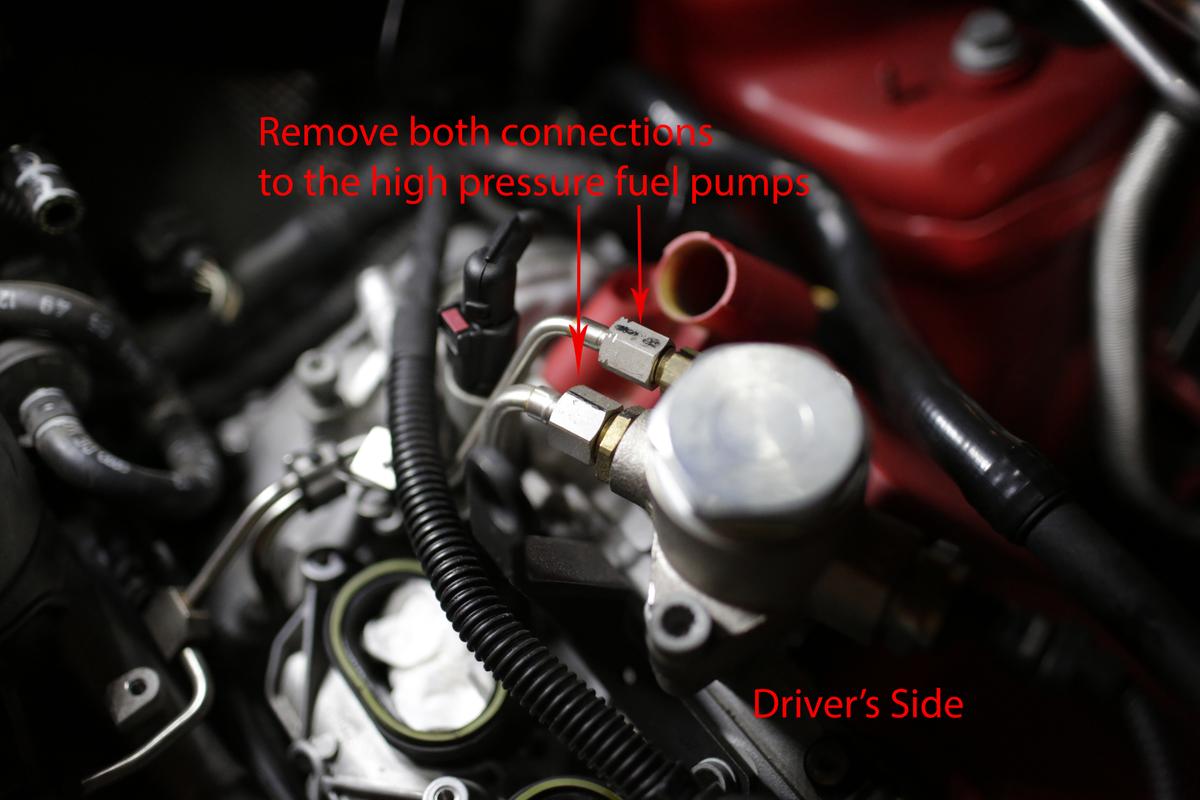
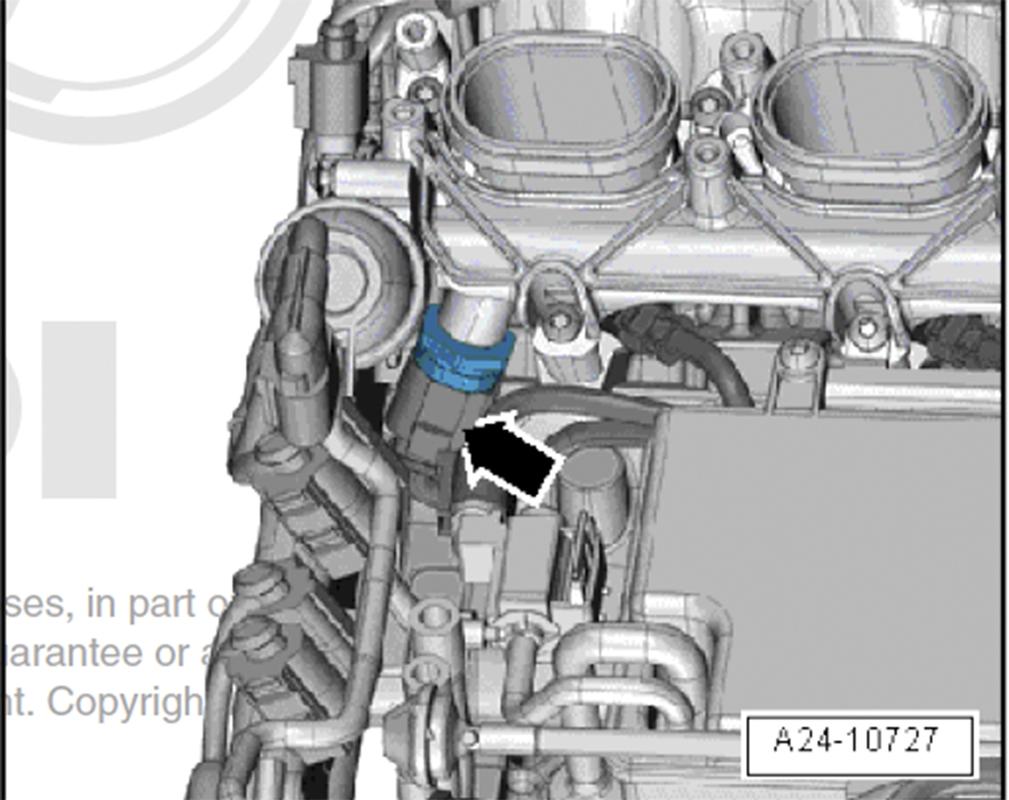
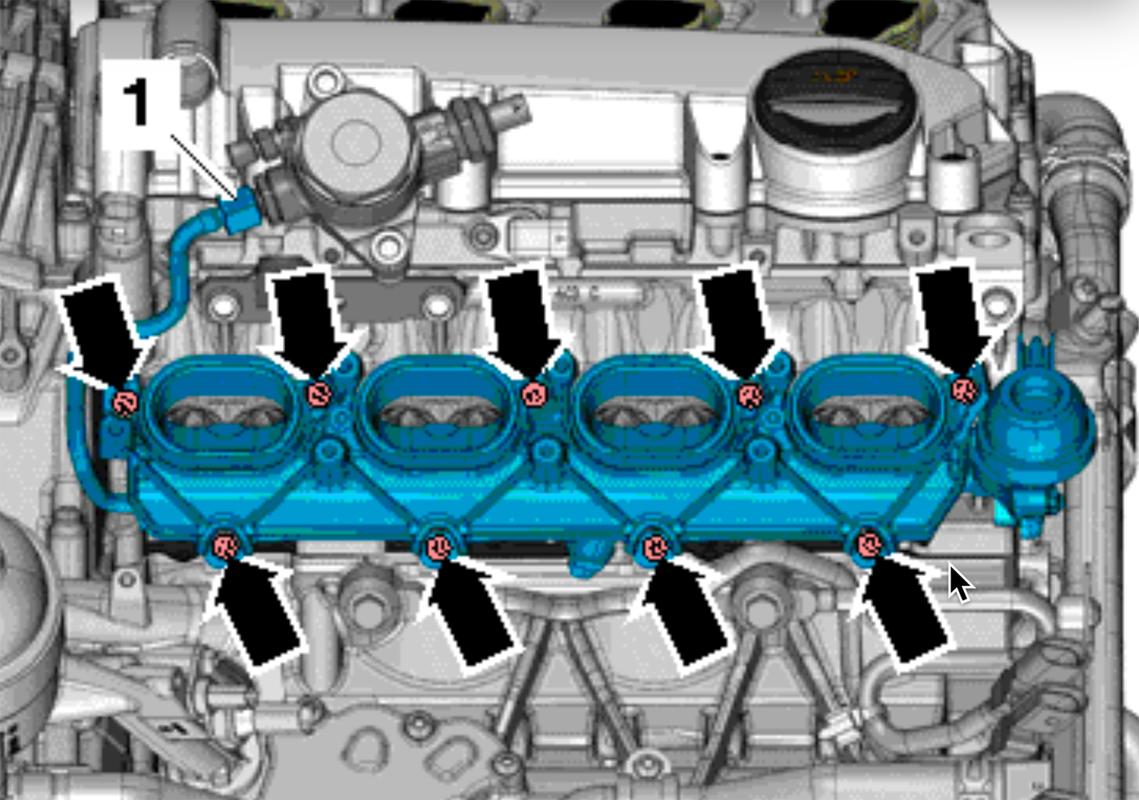
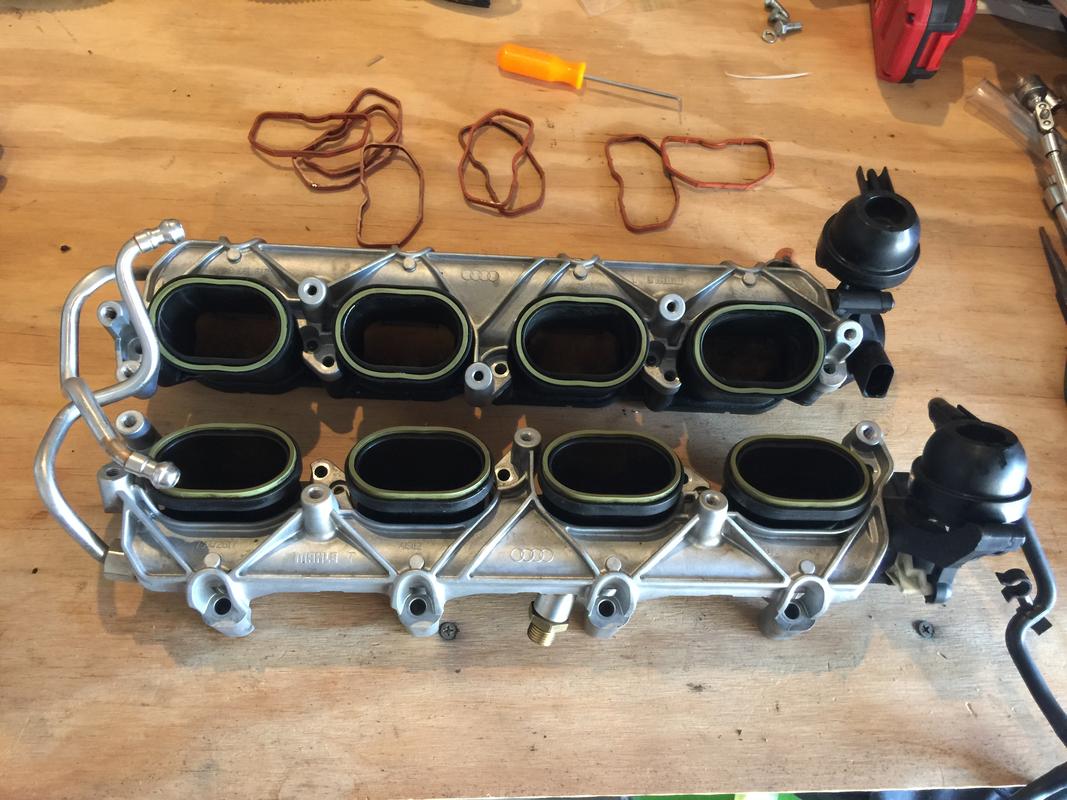
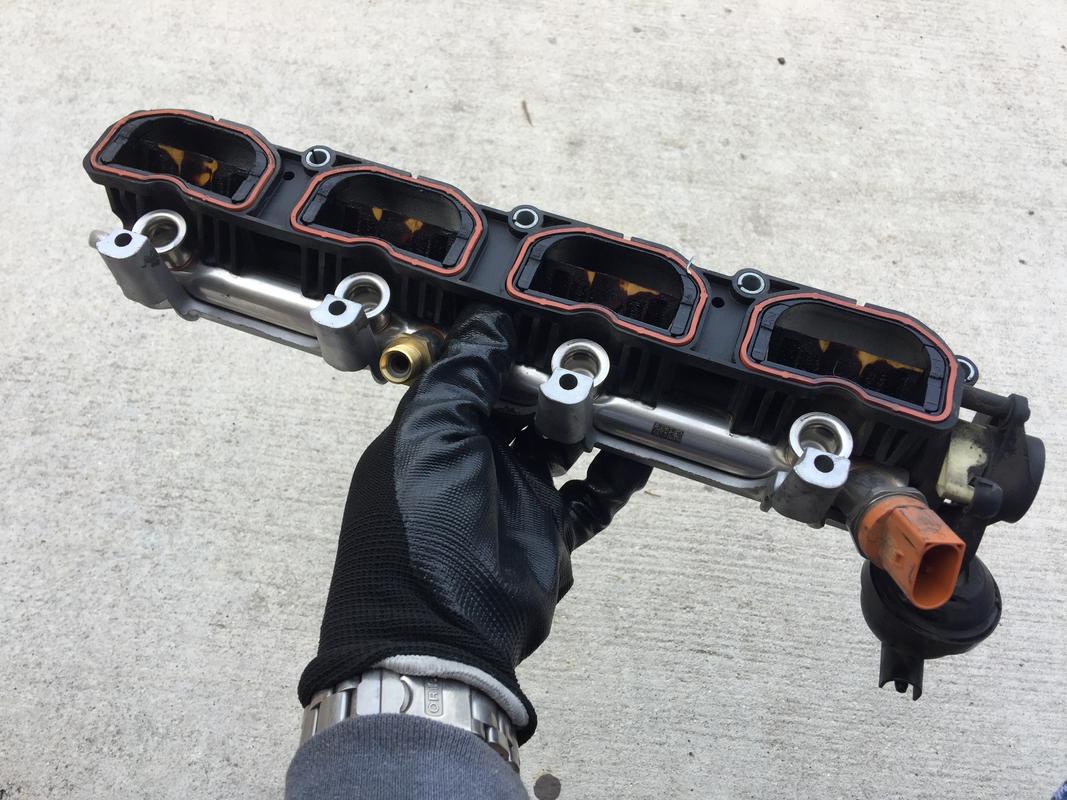
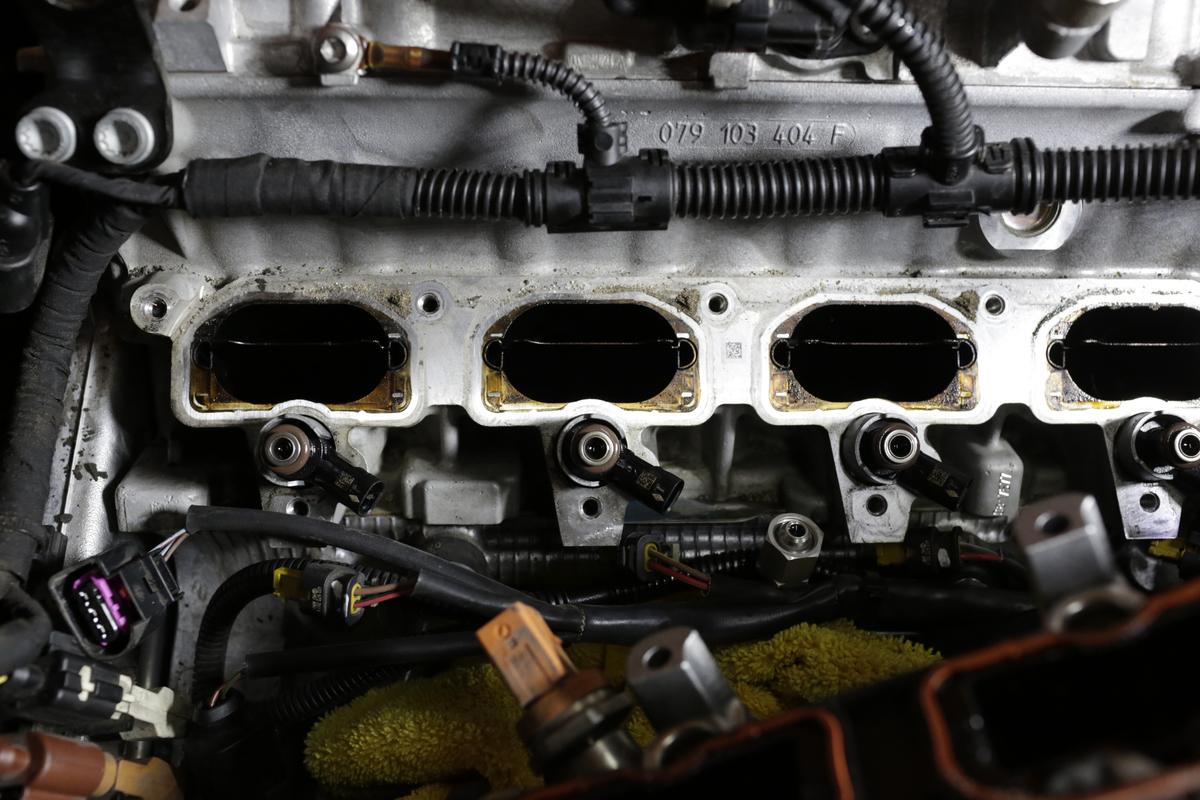
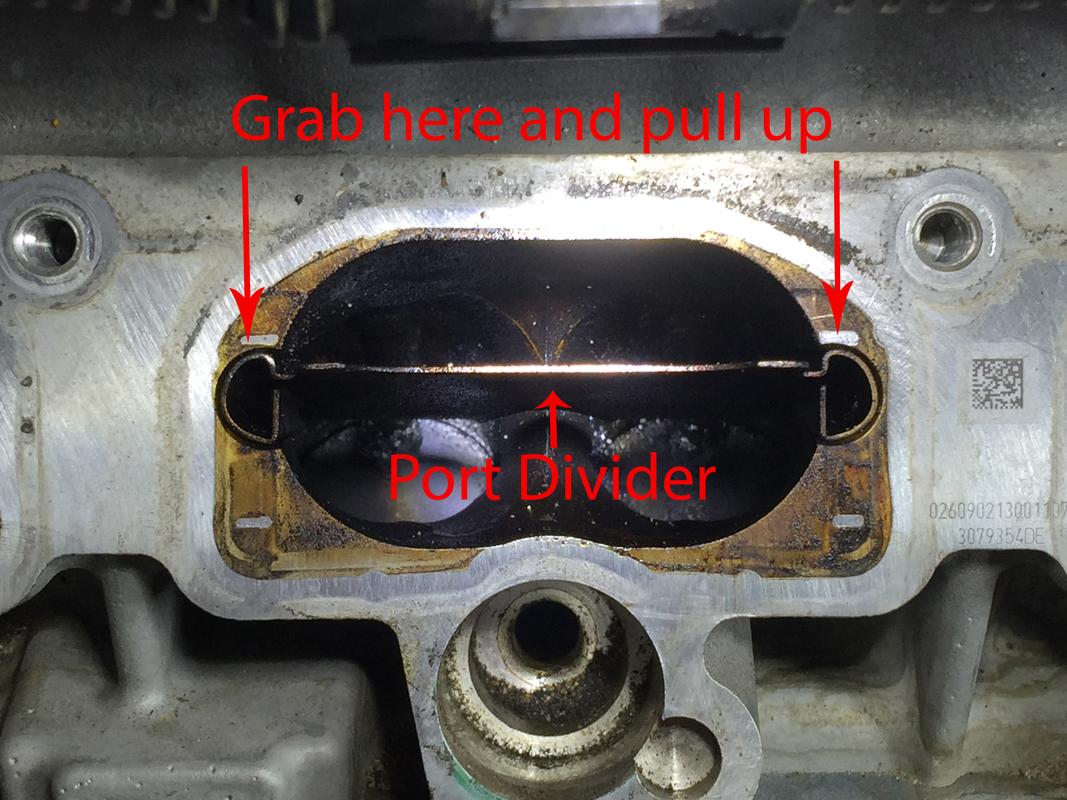
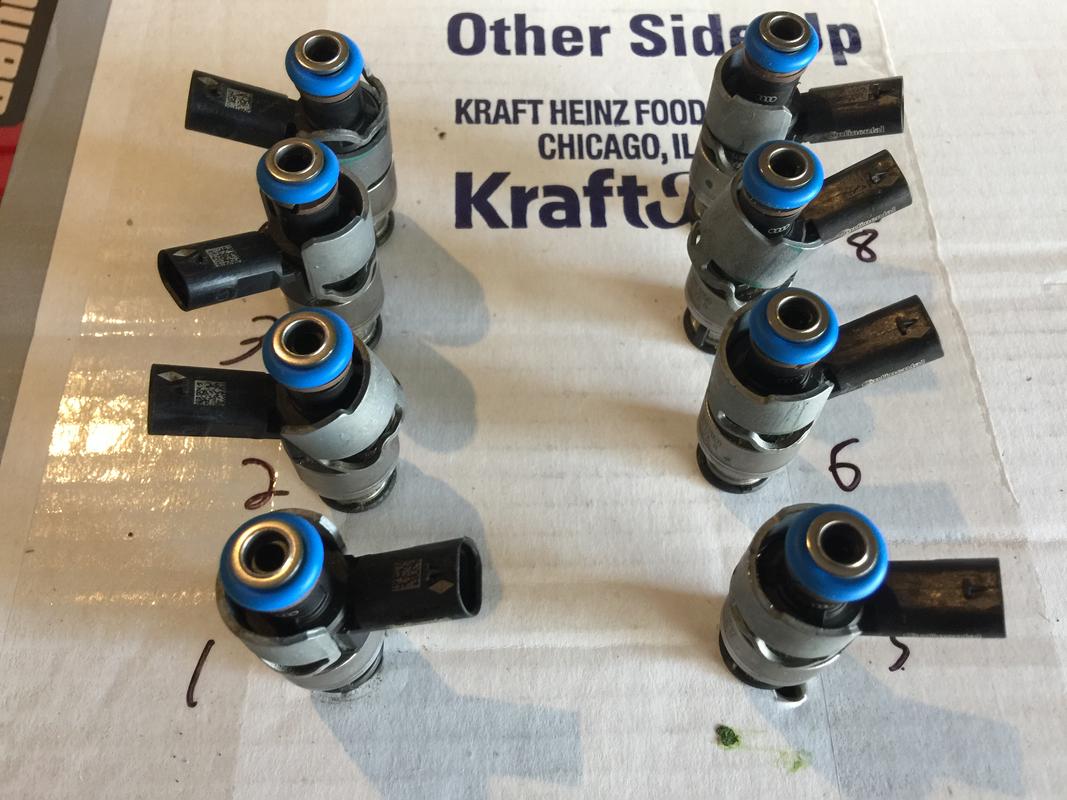
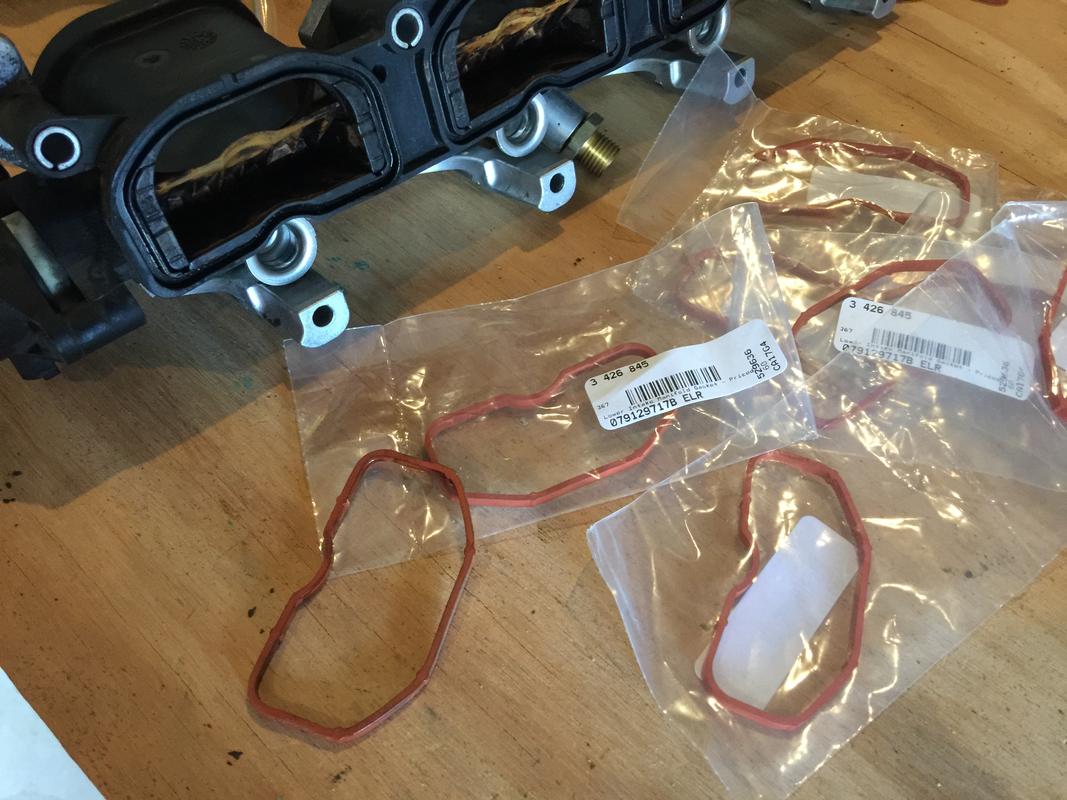
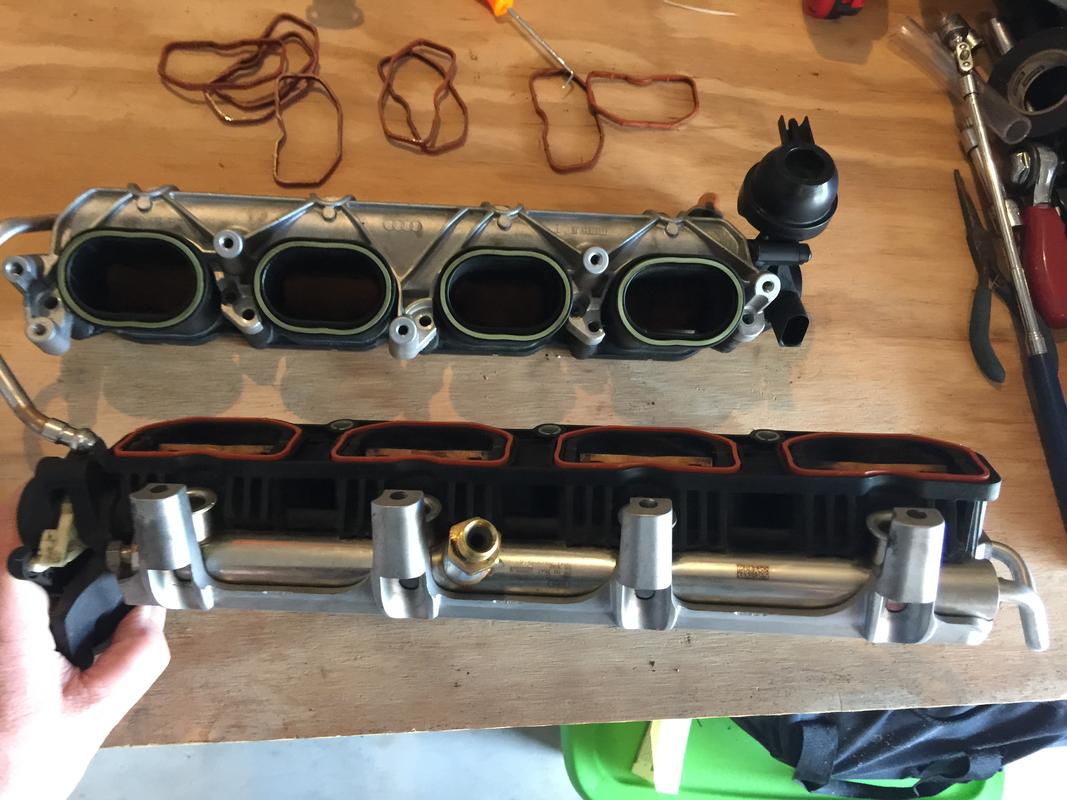
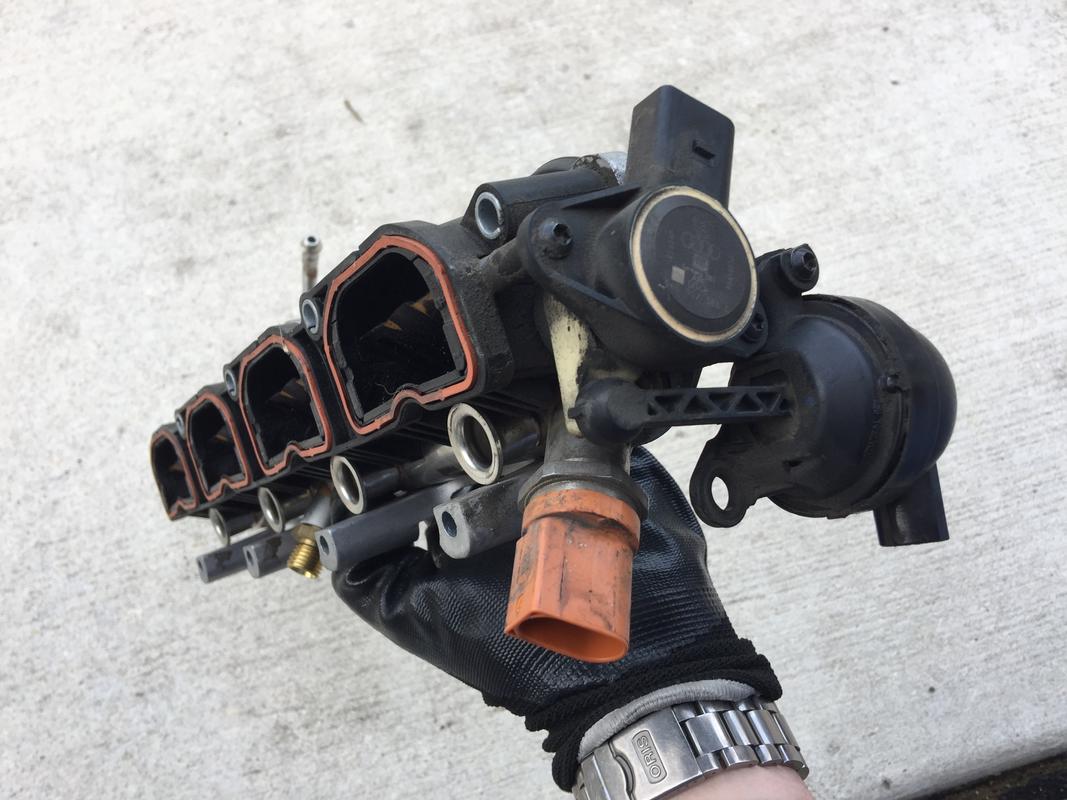
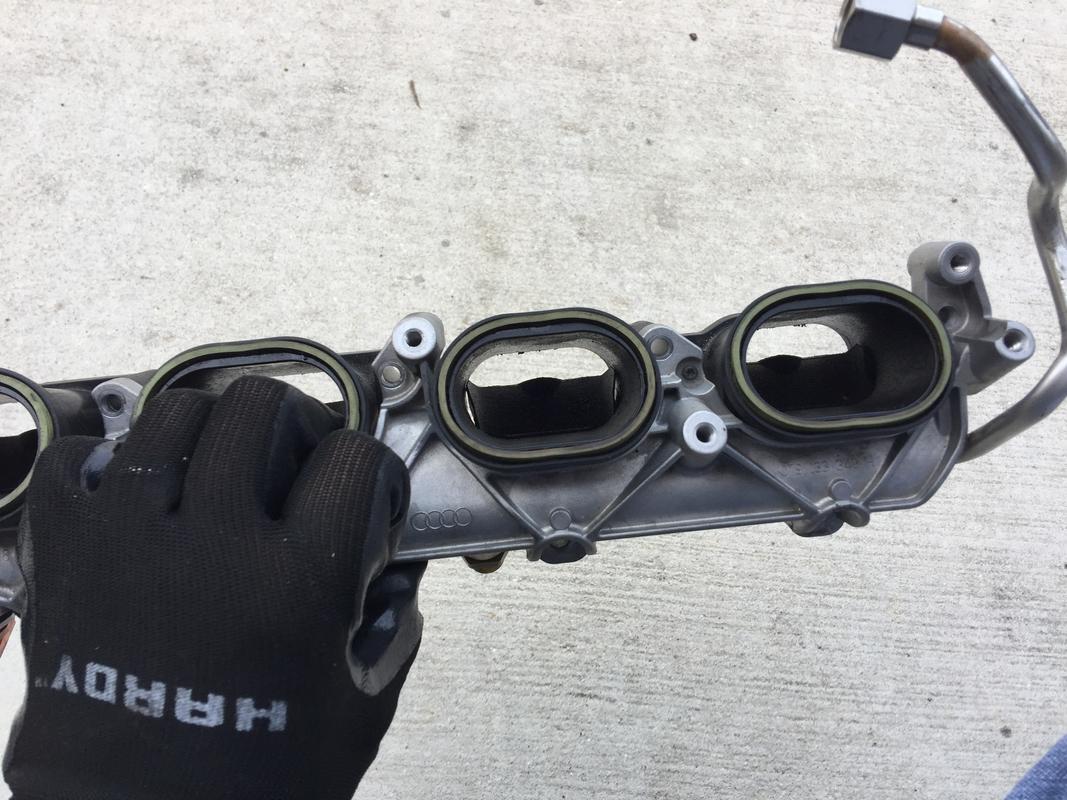
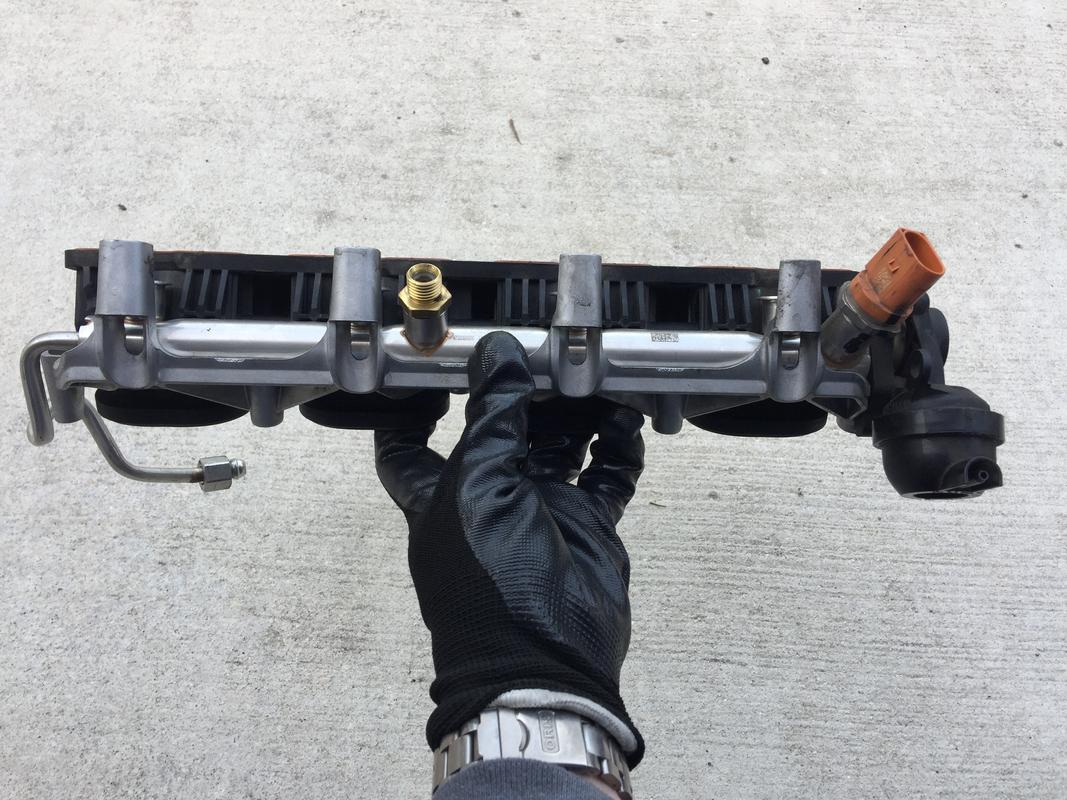
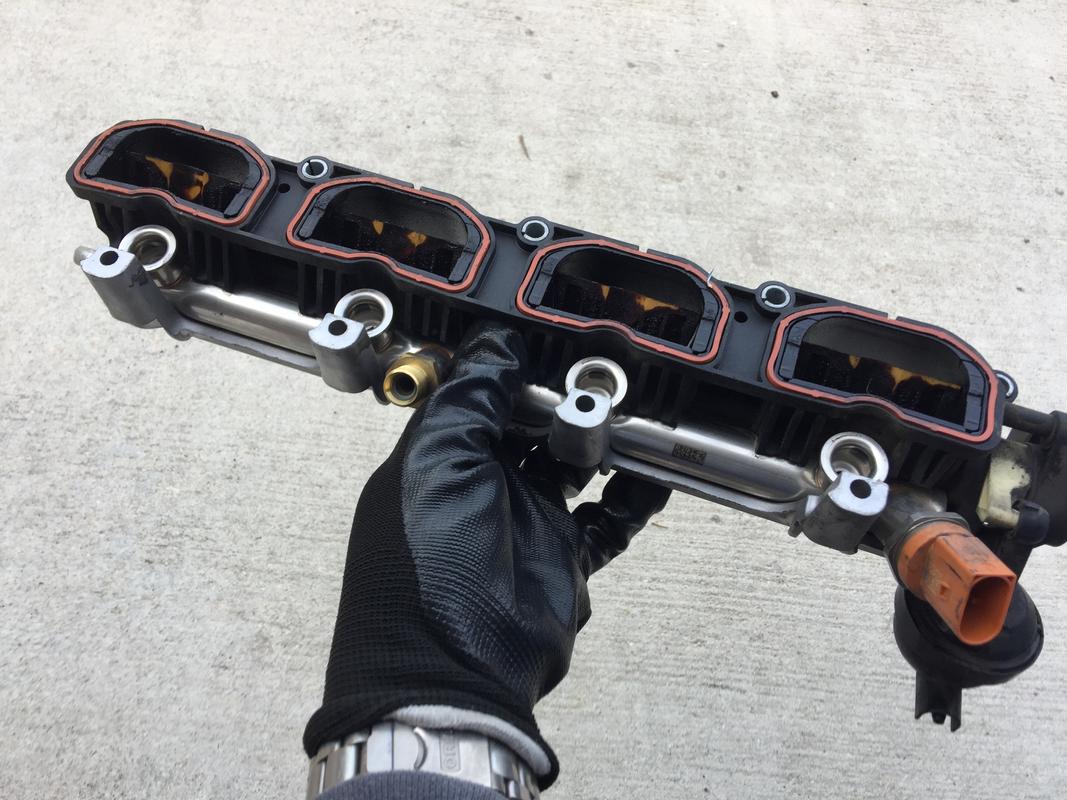
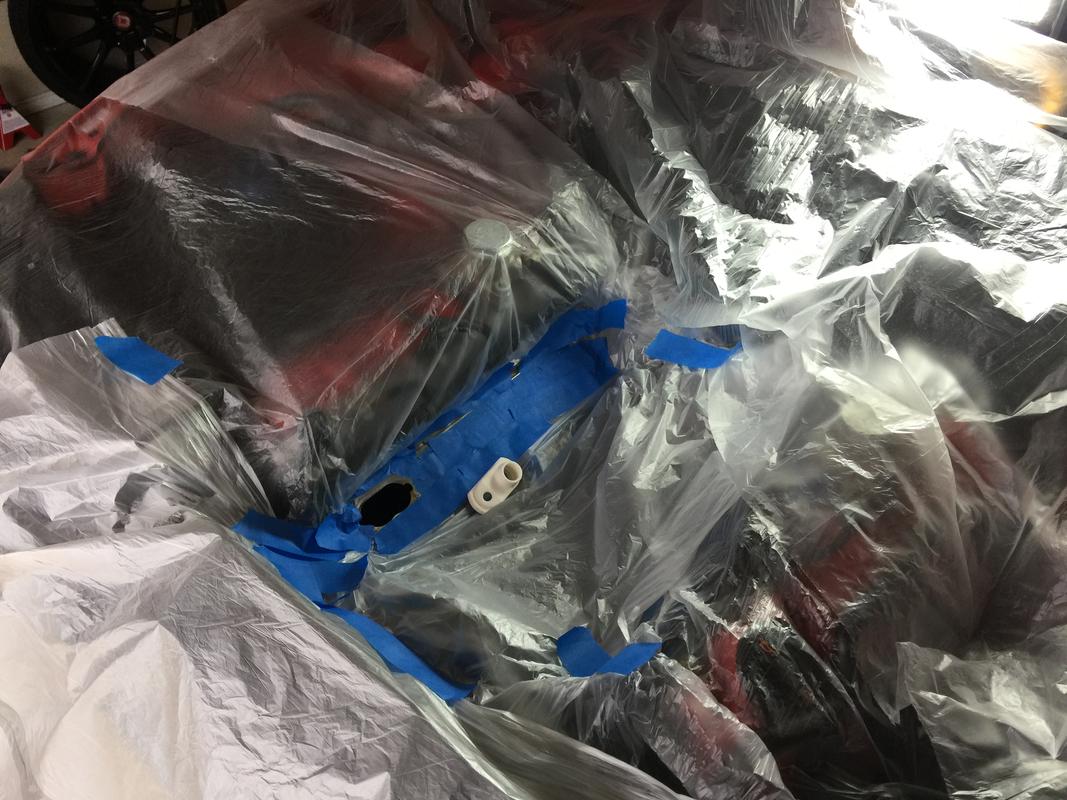

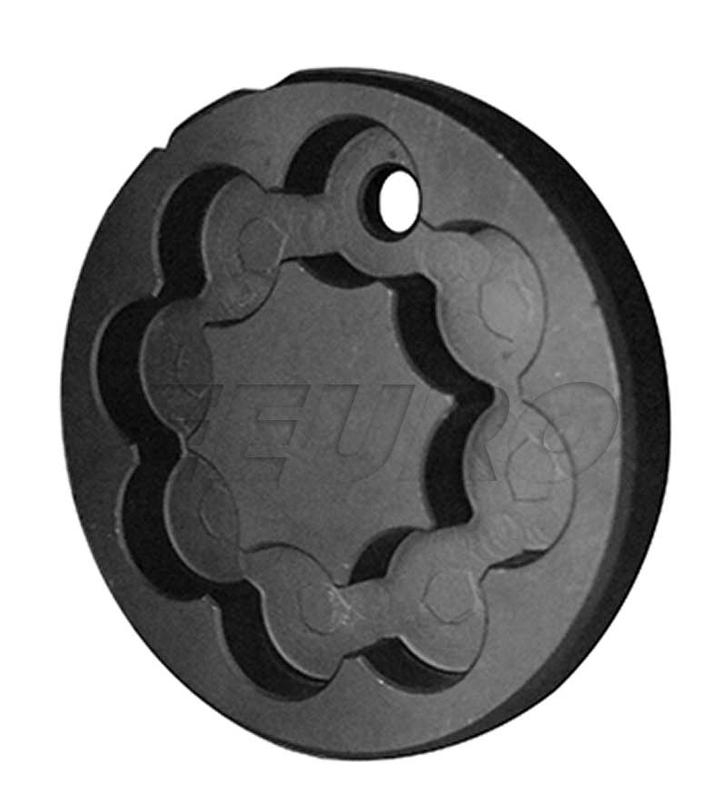
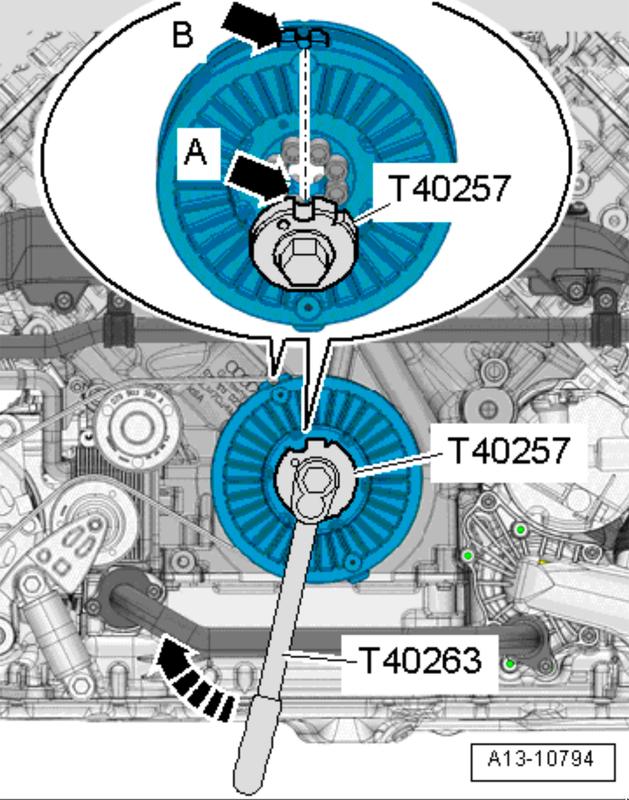
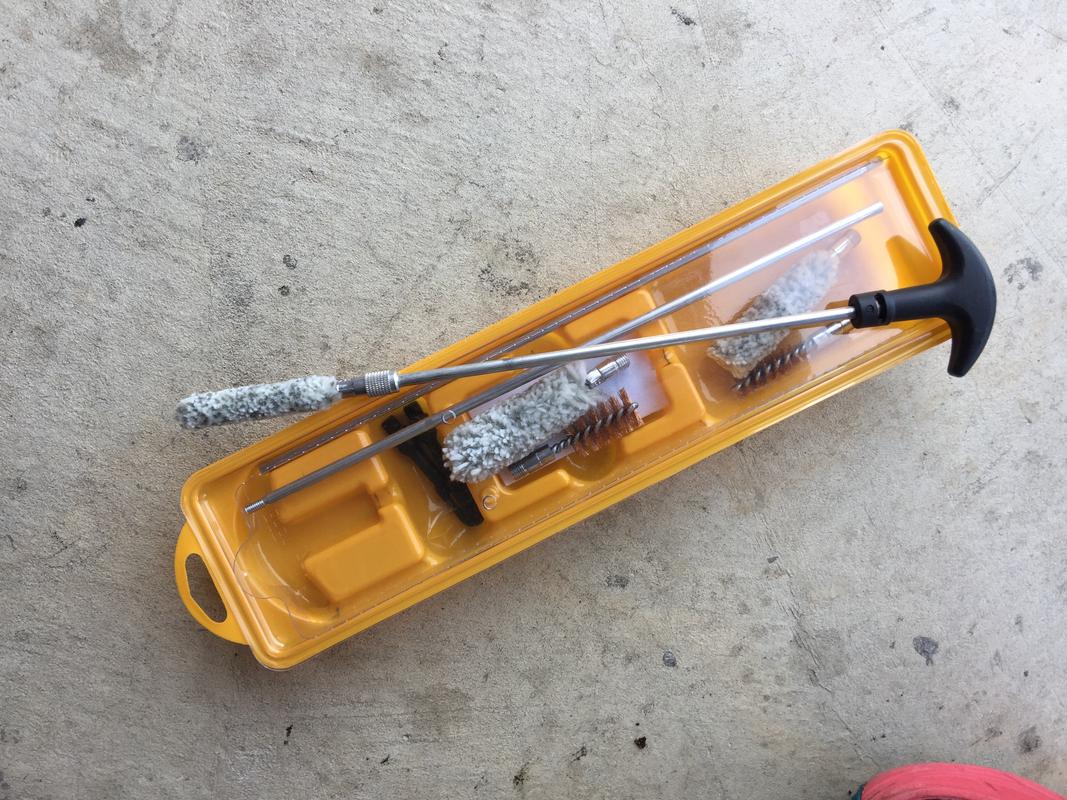
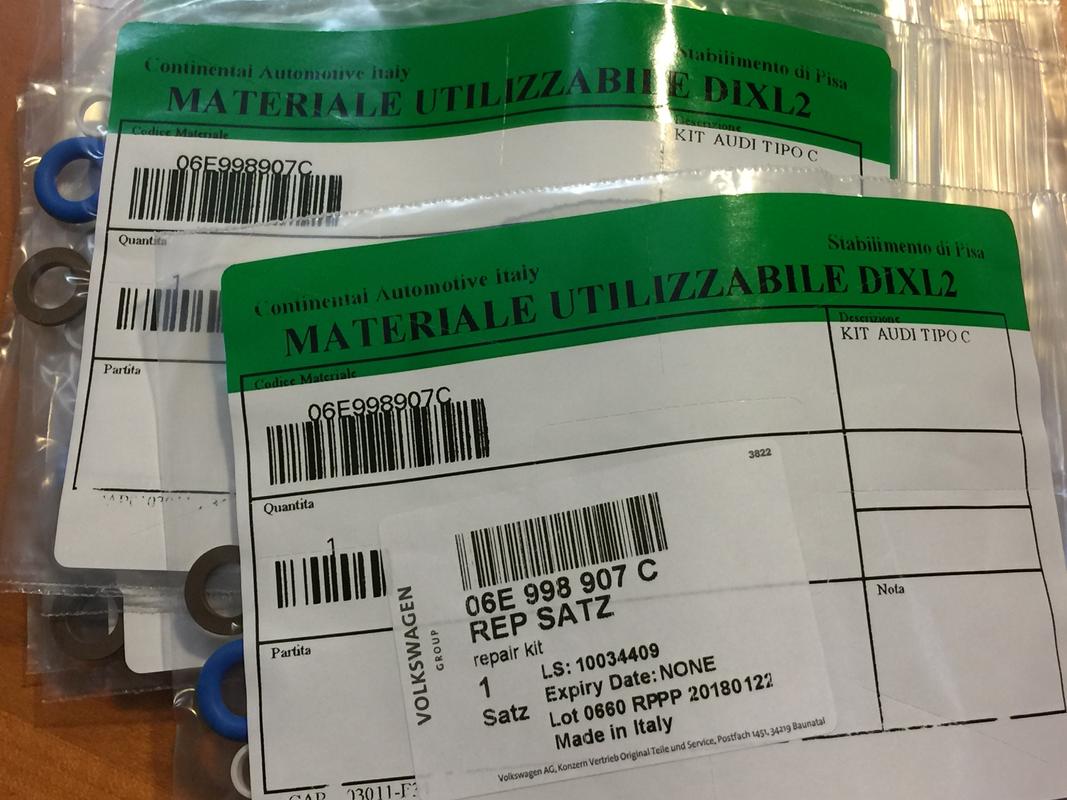
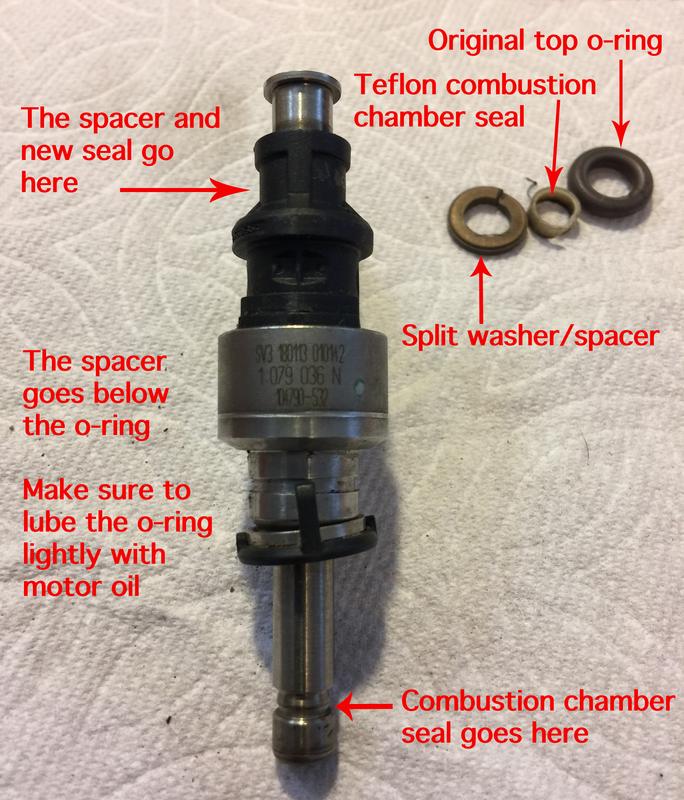
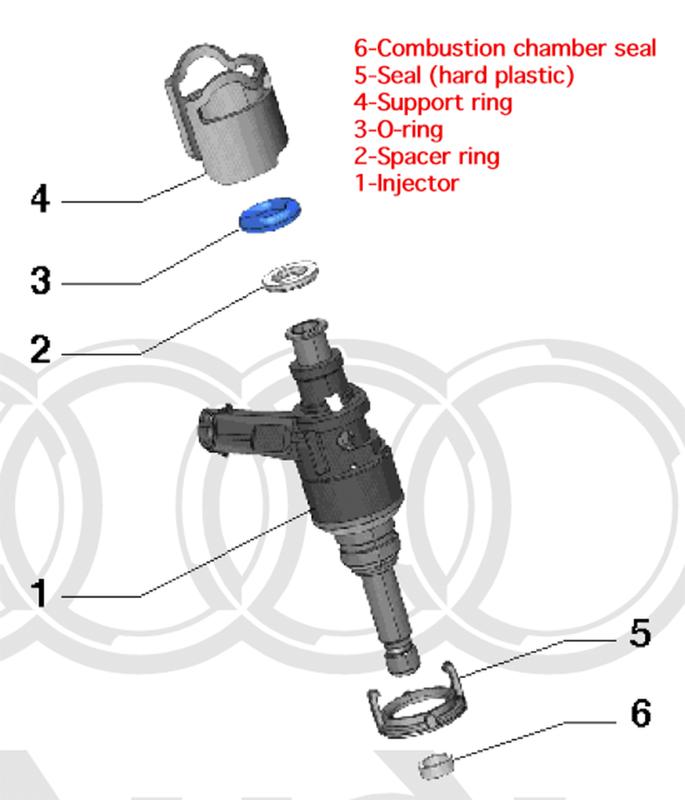
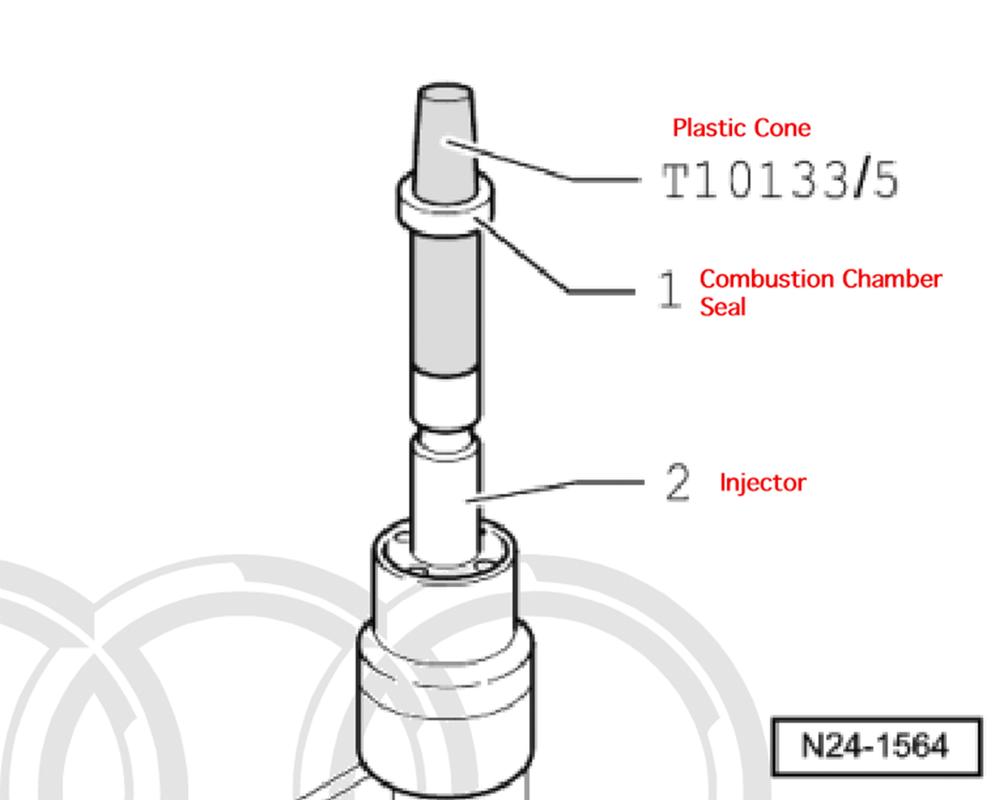
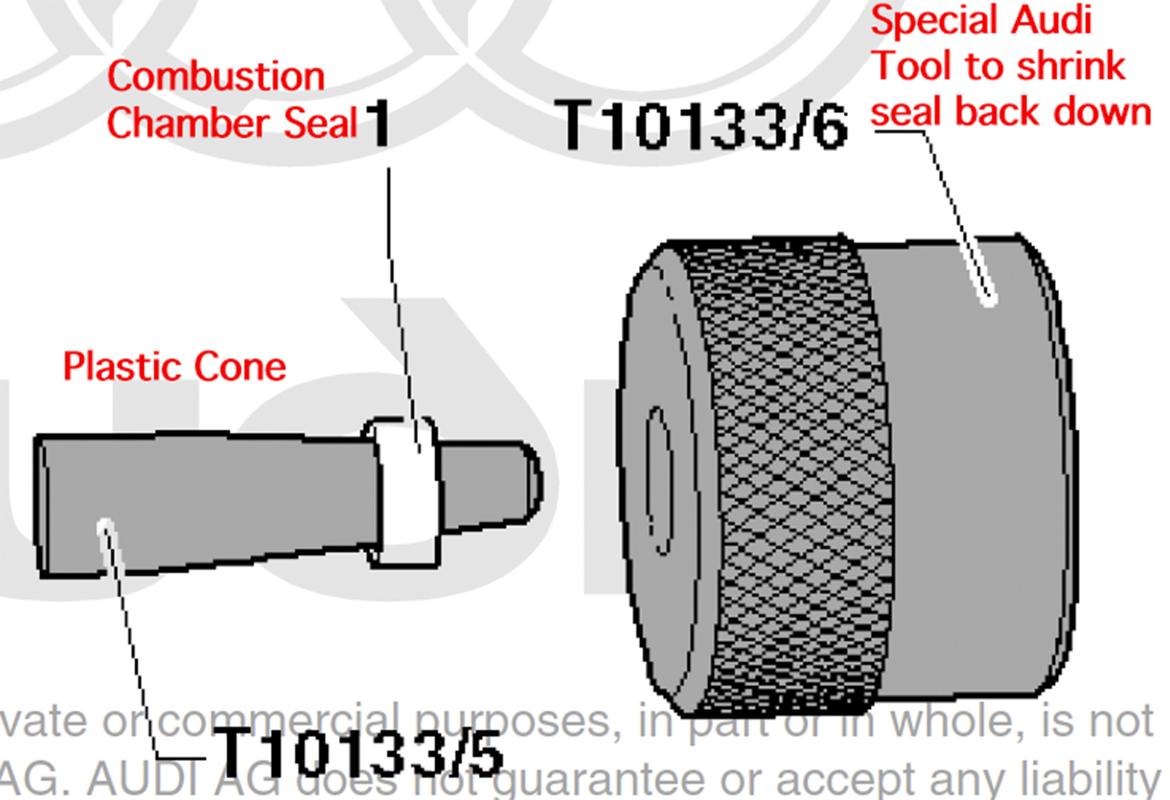
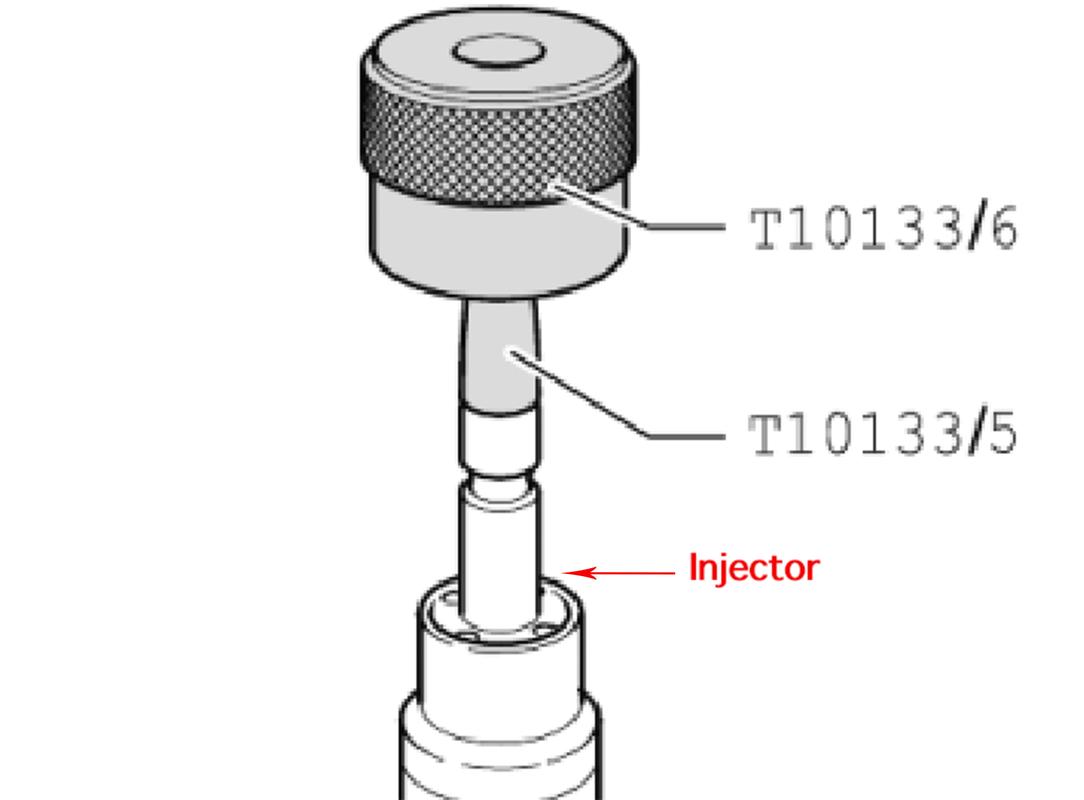
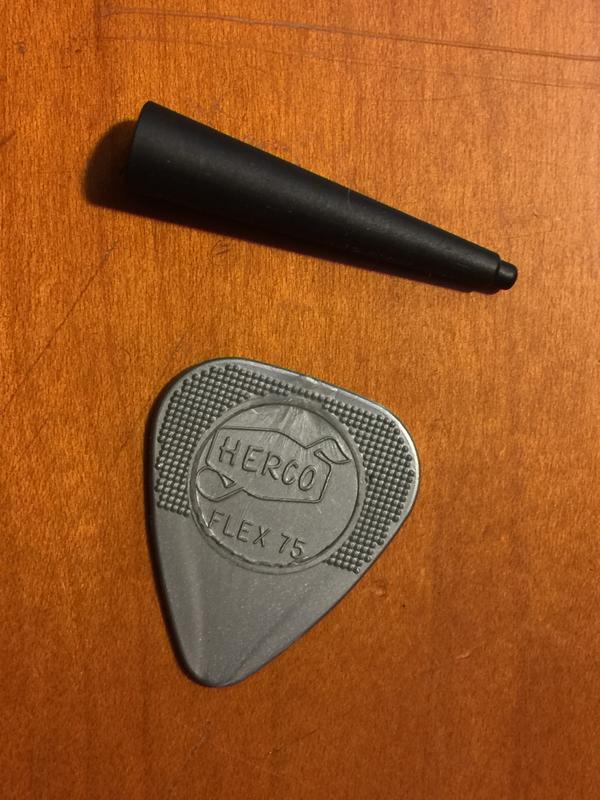
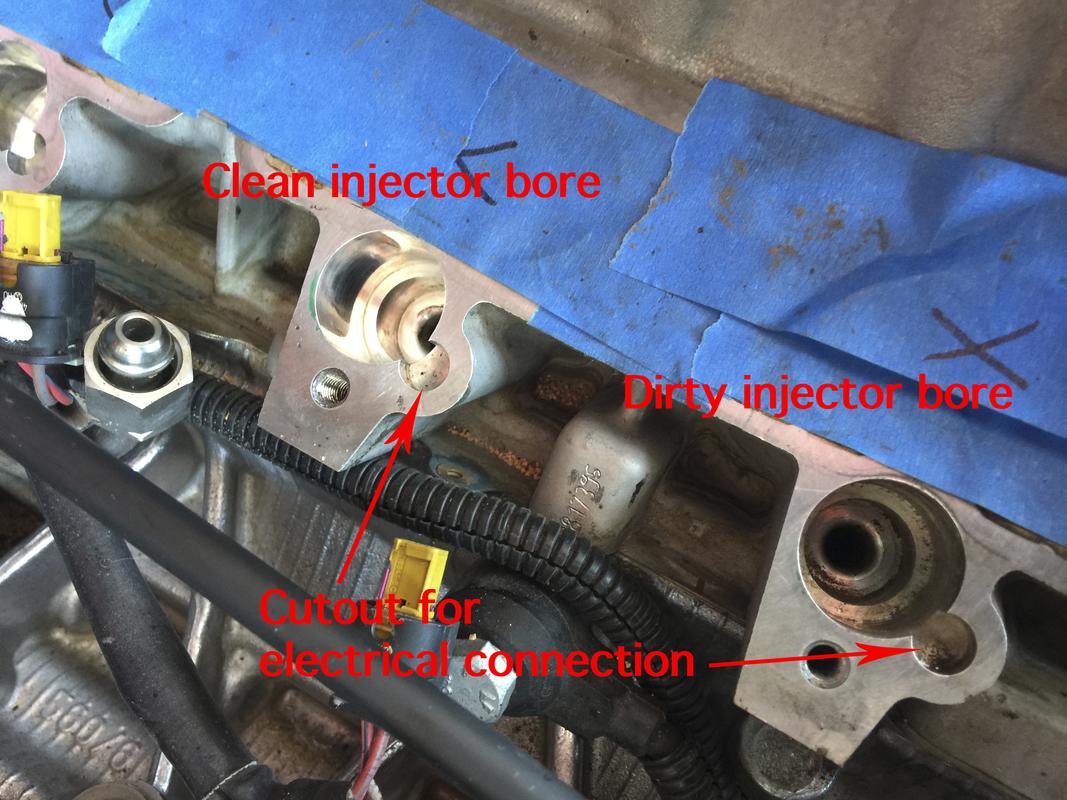
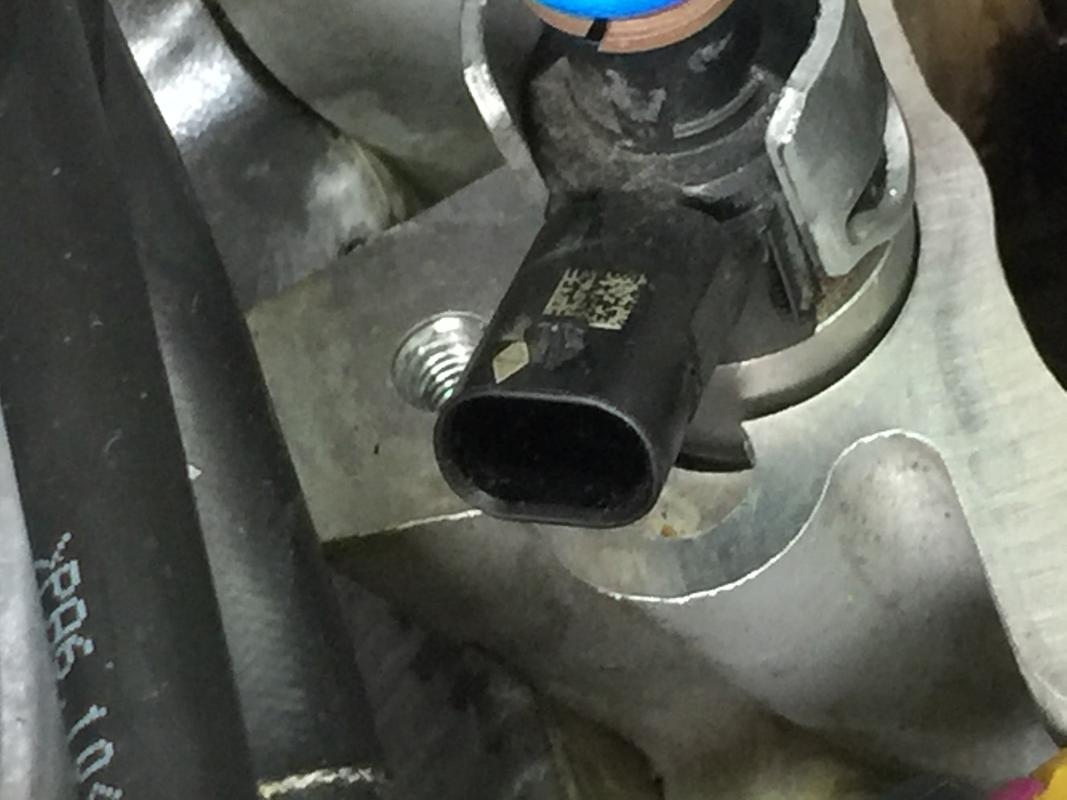
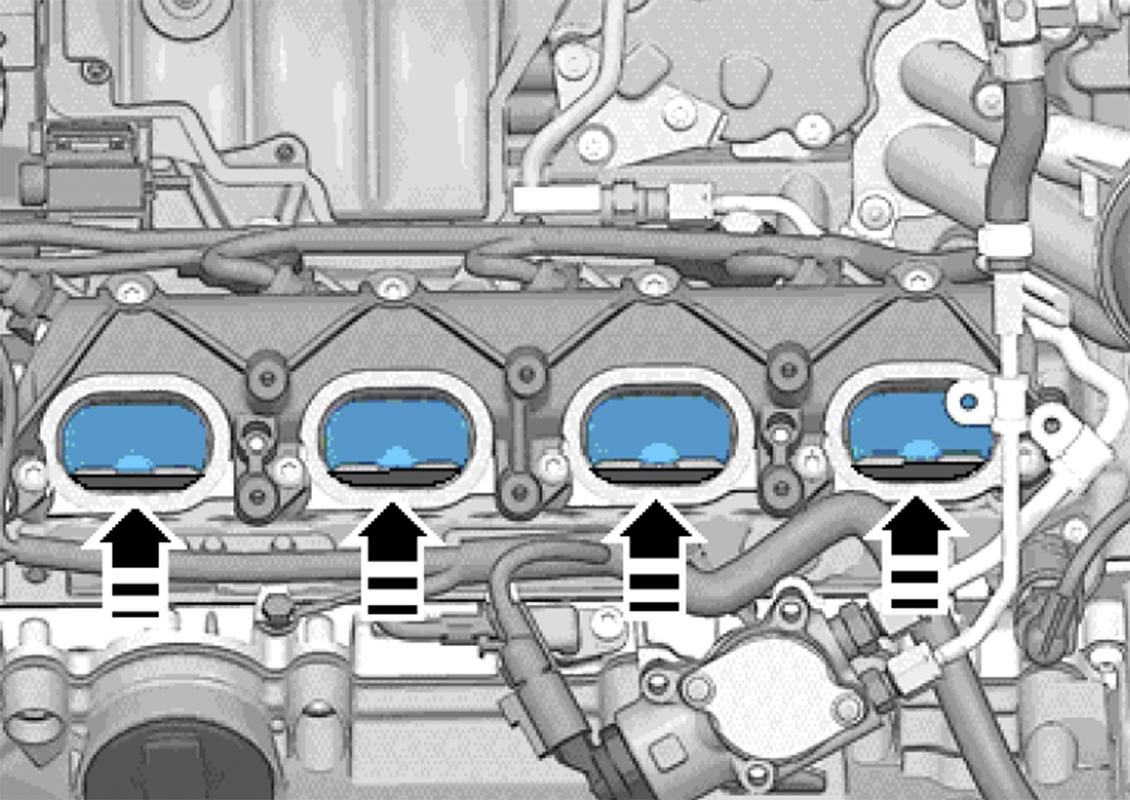
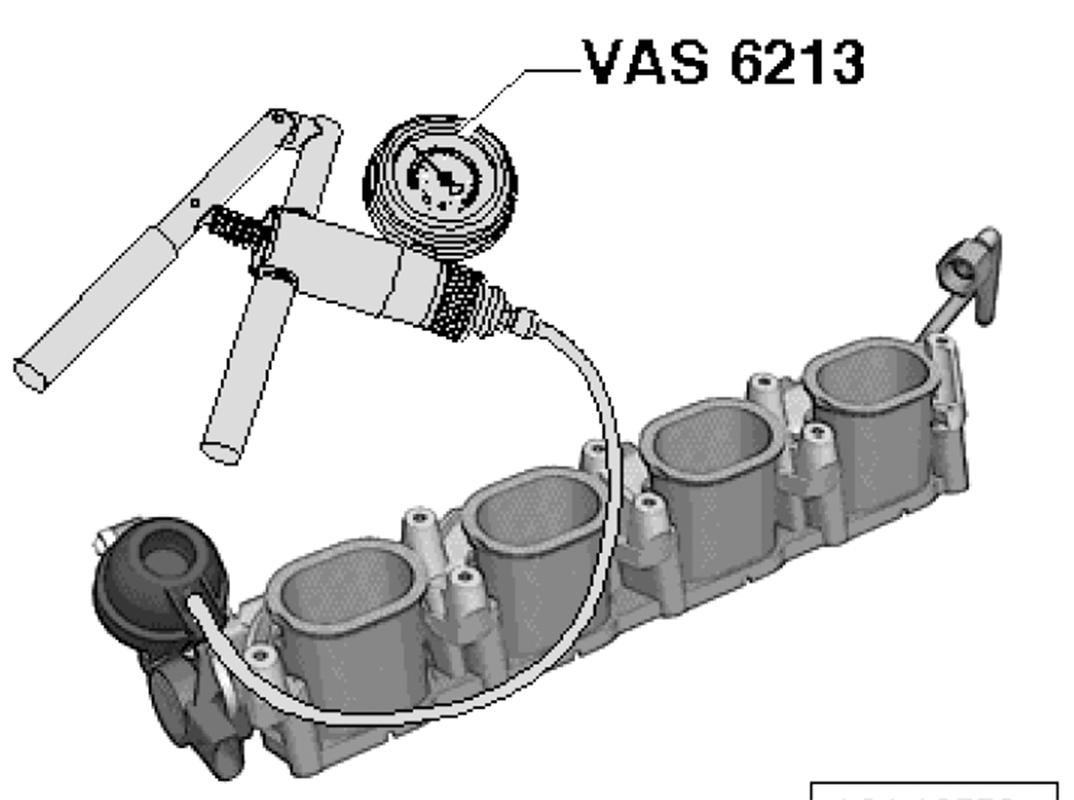
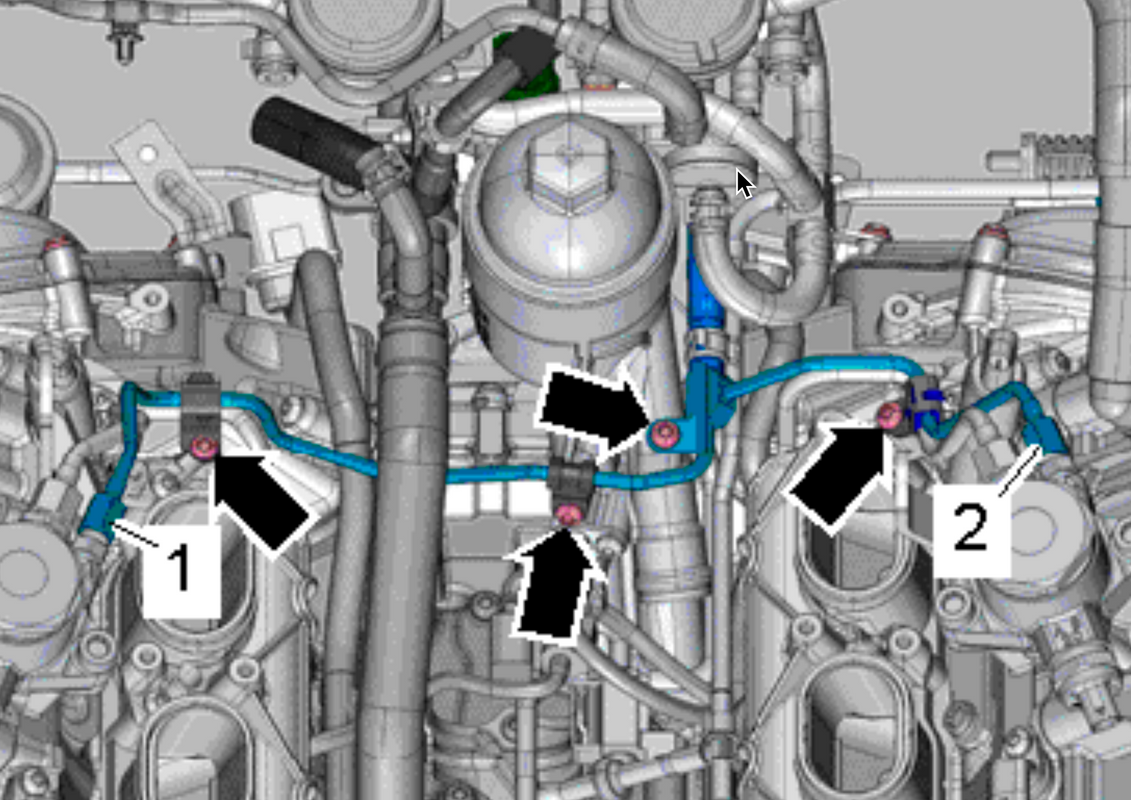

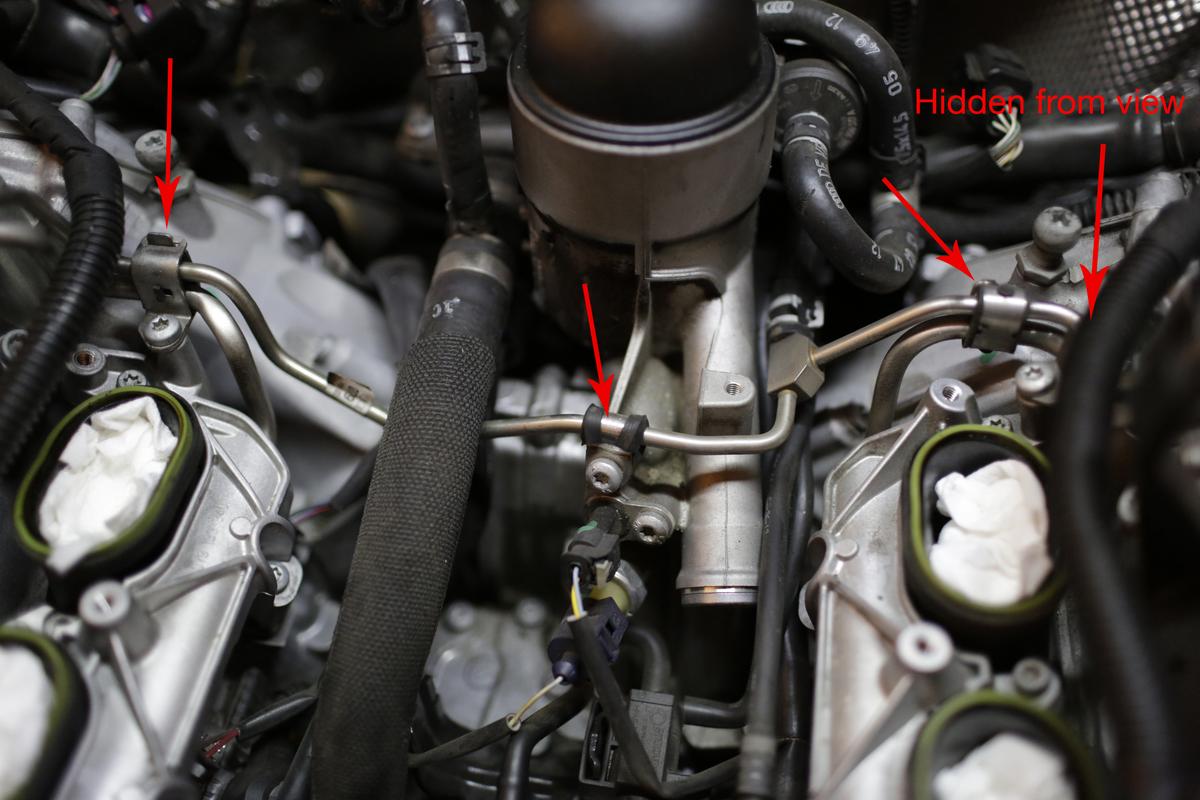
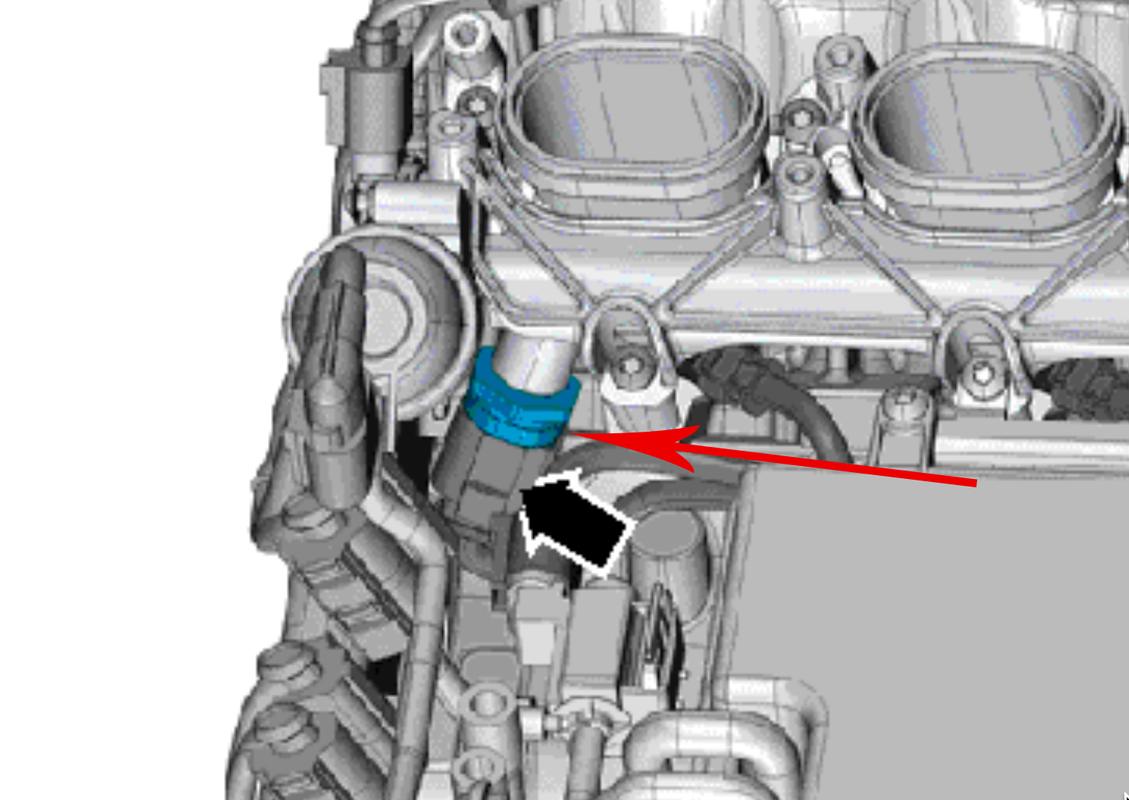
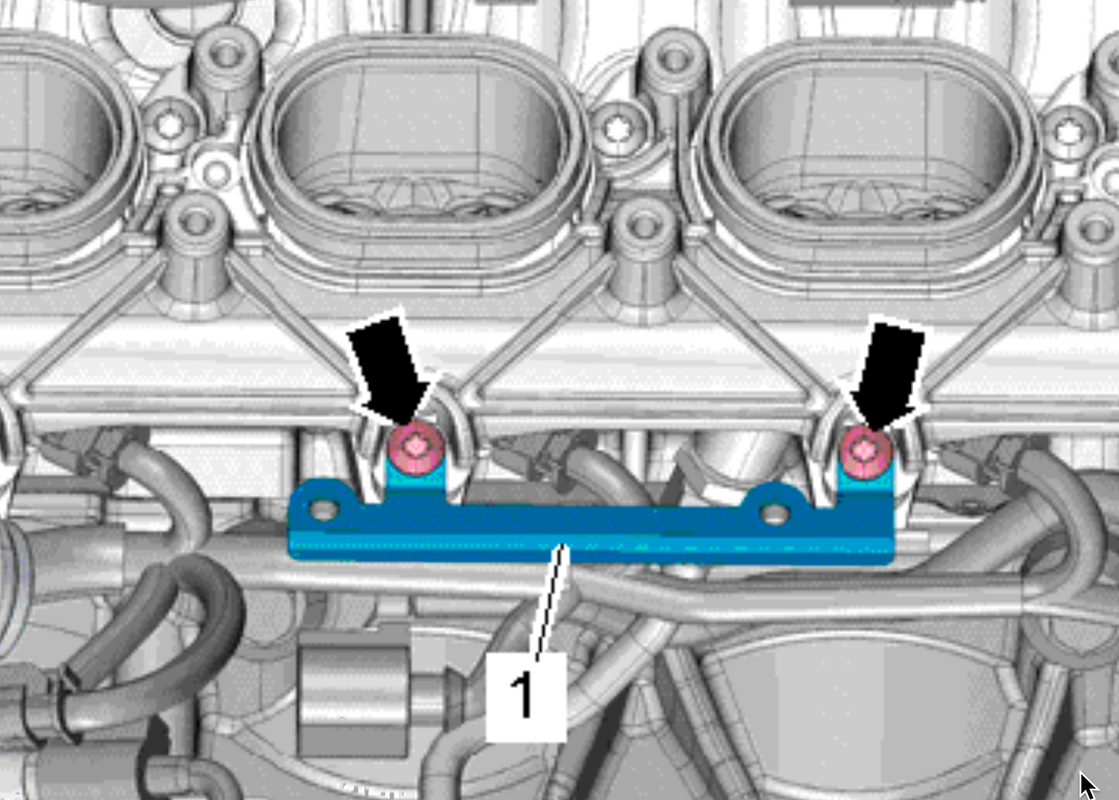
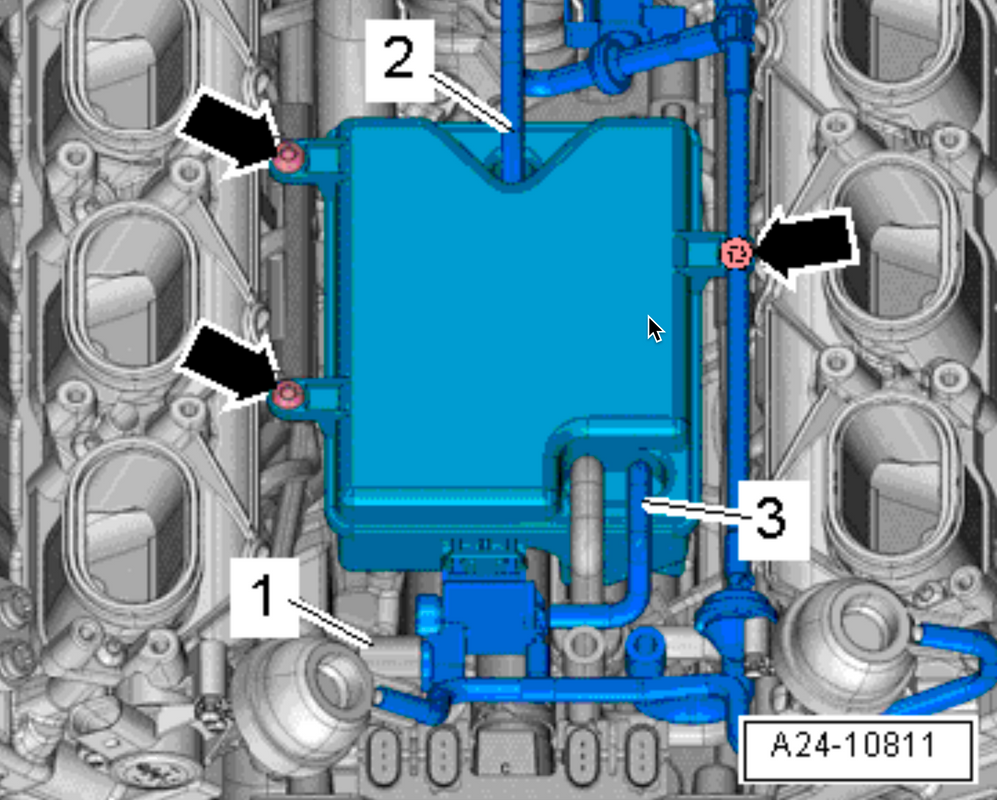
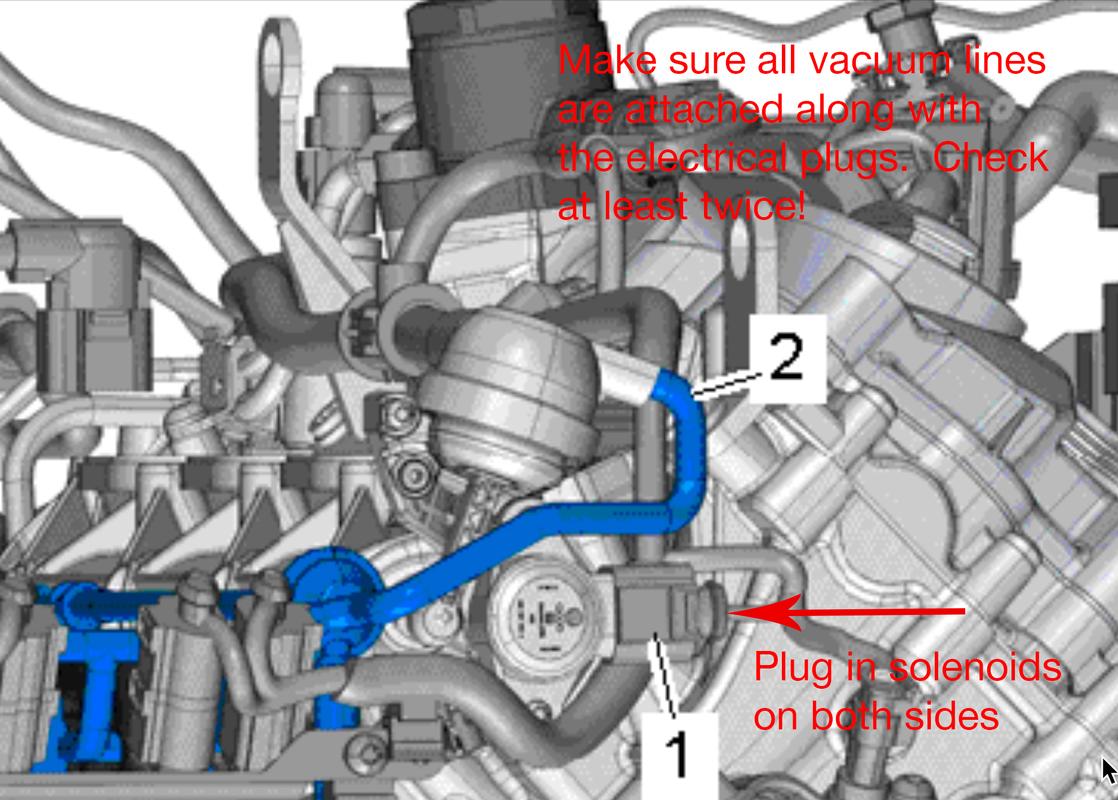
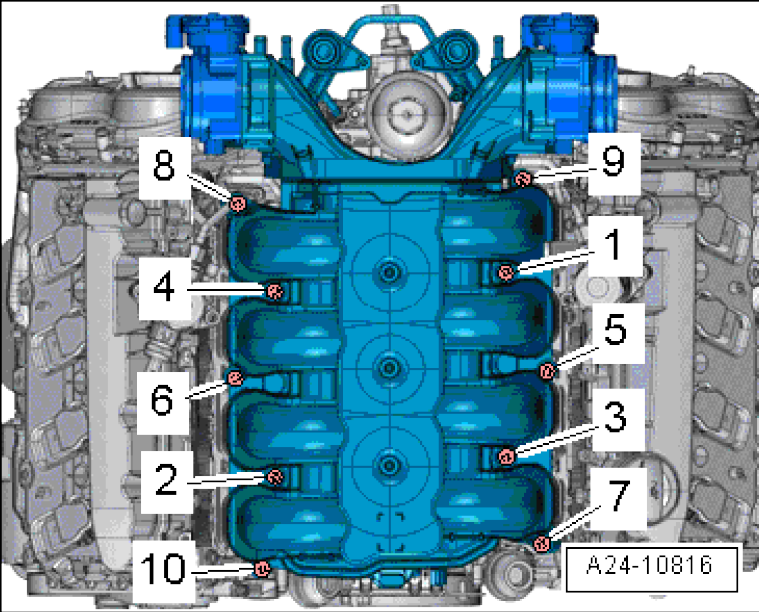
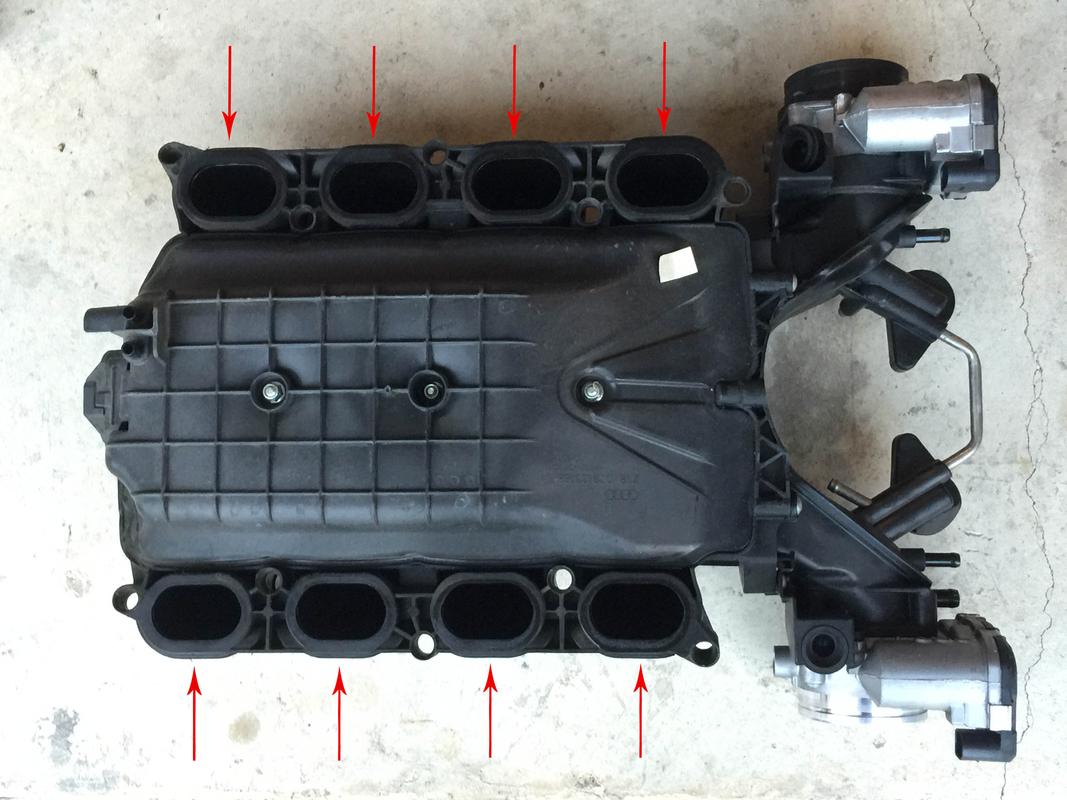
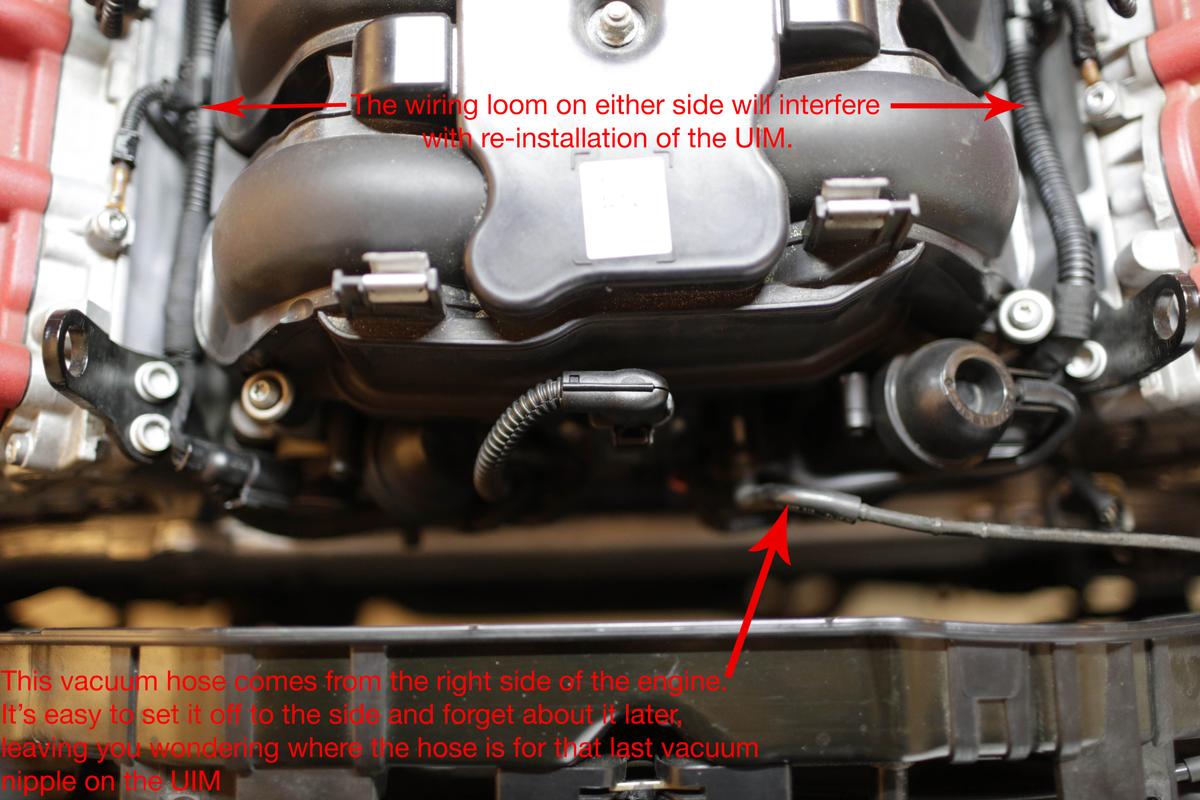

 . I plan on getting this done soon so I’ll look into this page closer. The car is at 46k so maybe within the next 10/15k miles.
. I plan on getting this done soon so I’ll look into this page closer. The car is at 46k so maybe within the next 10/15k miles.
 it will defo be easier than putting it into the service position and it will save time bonus !!
it will defo be easier than putting it into the service position and it will save time bonus !!